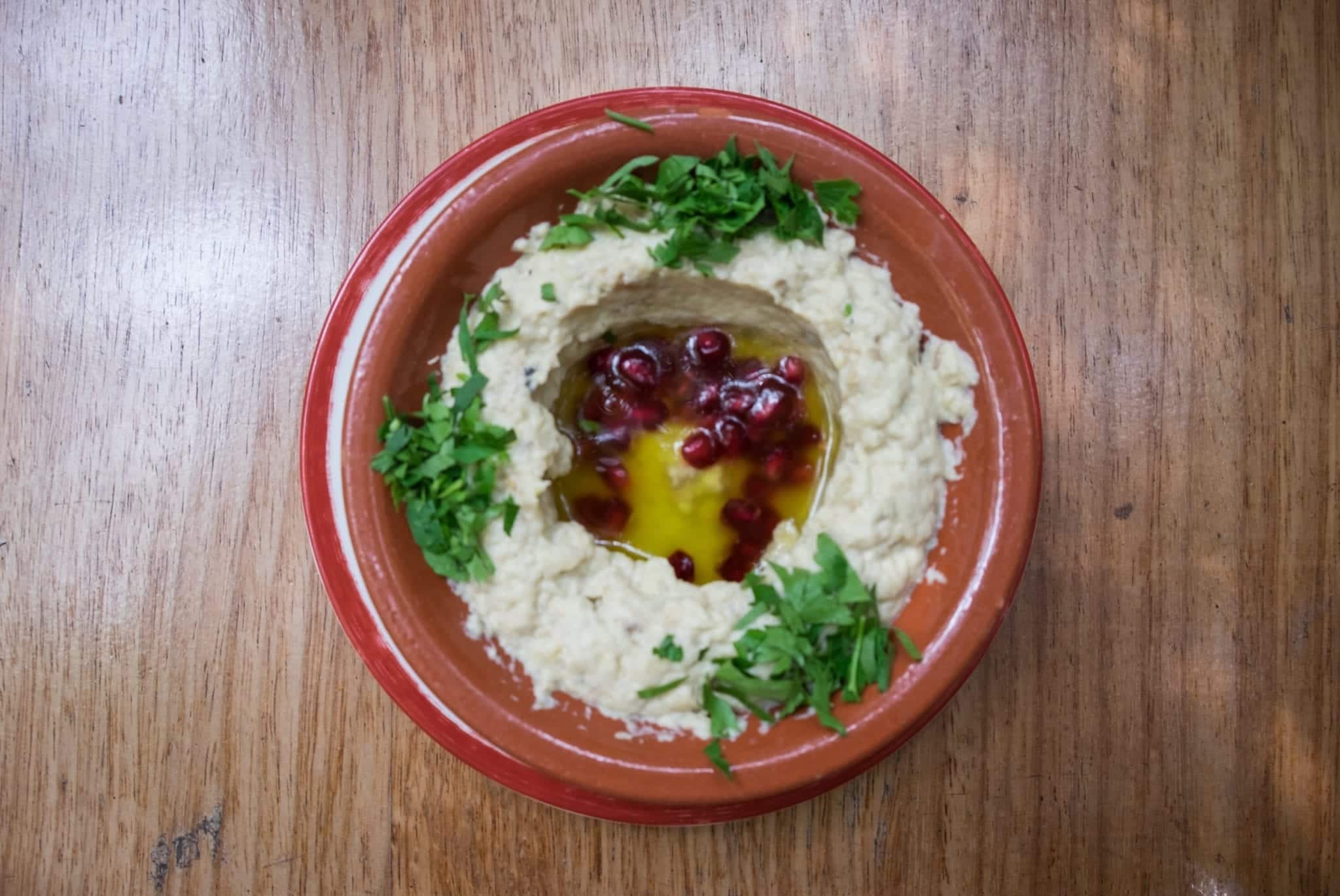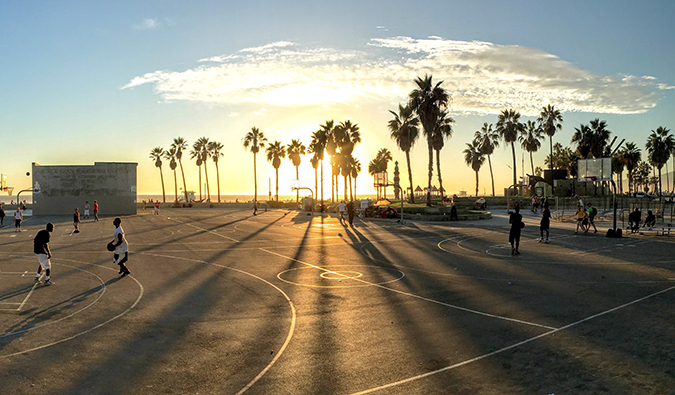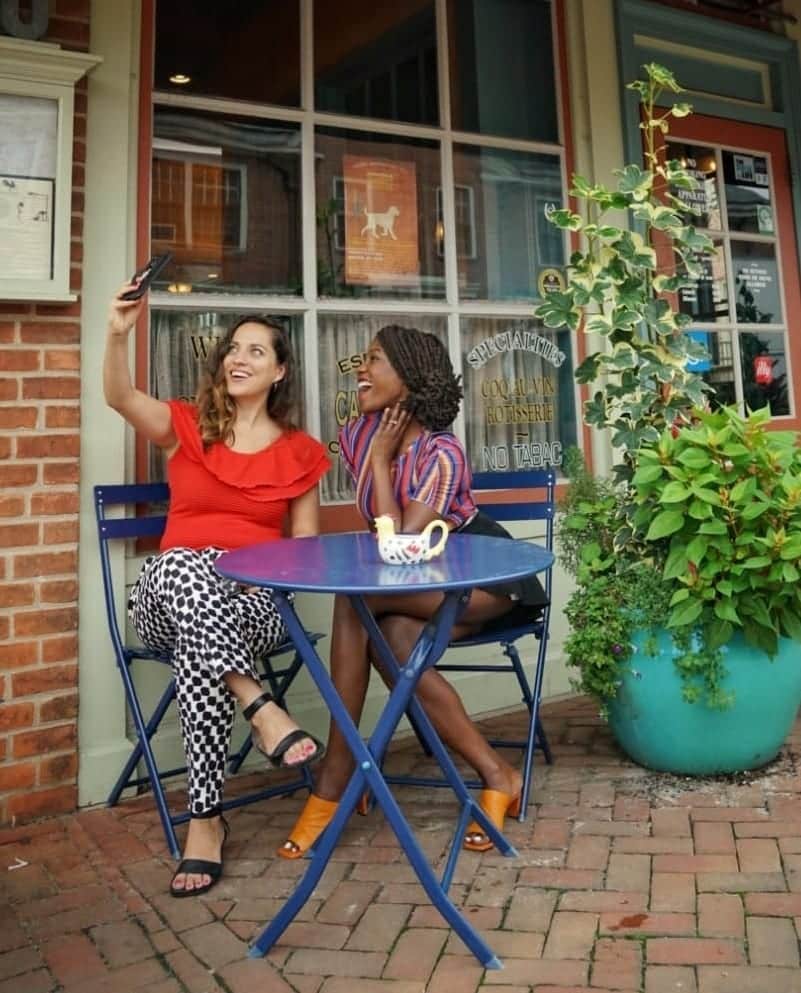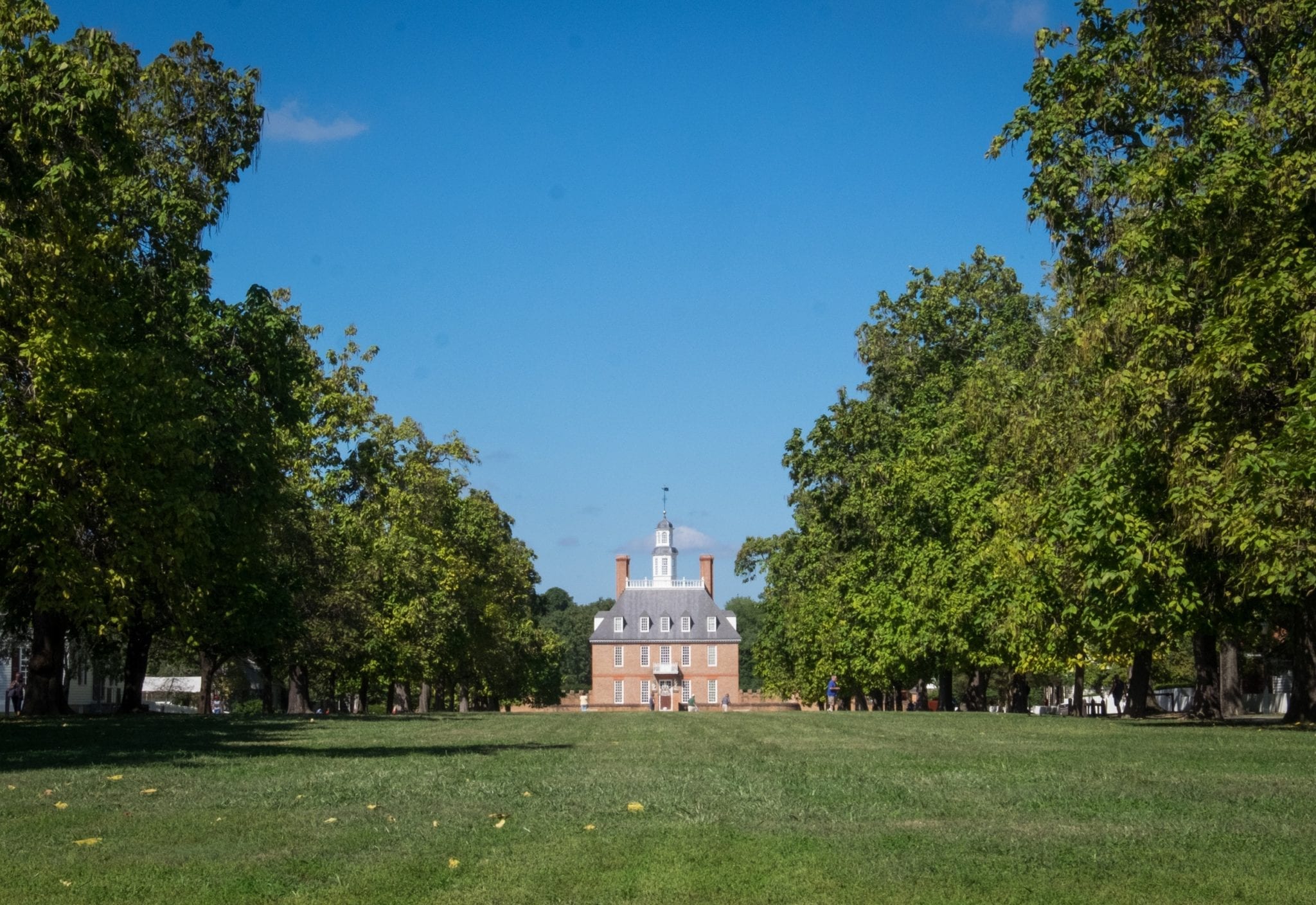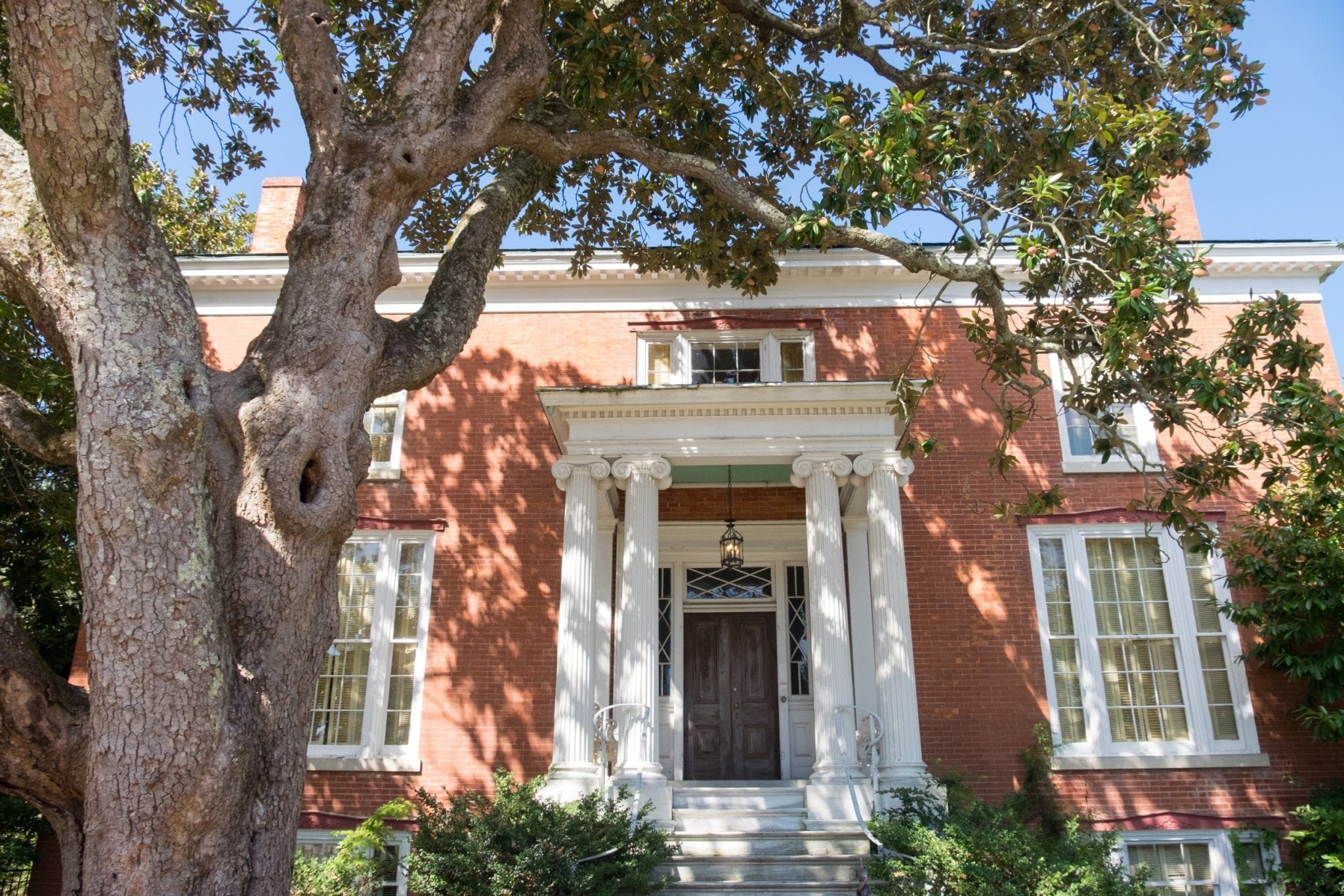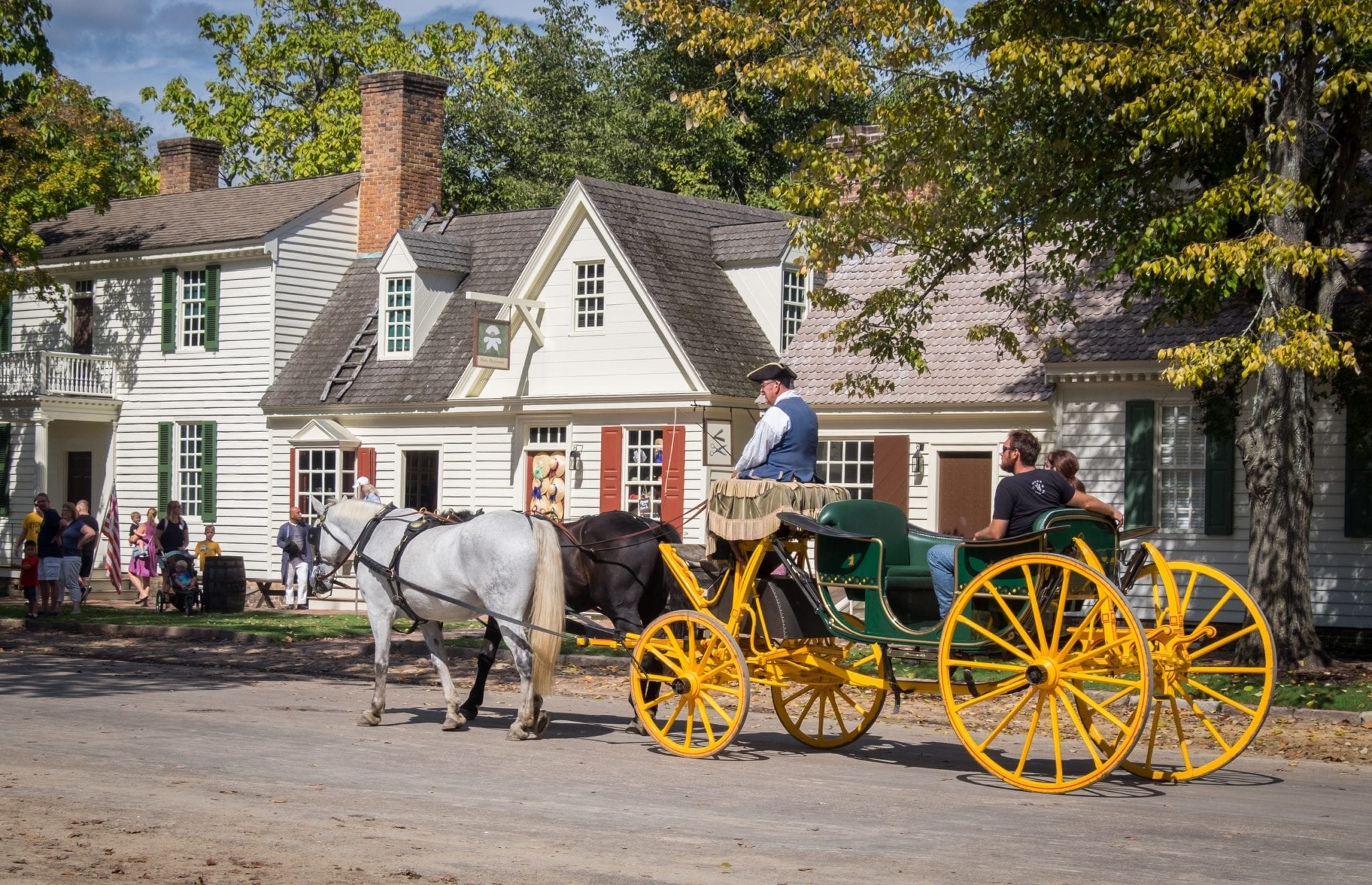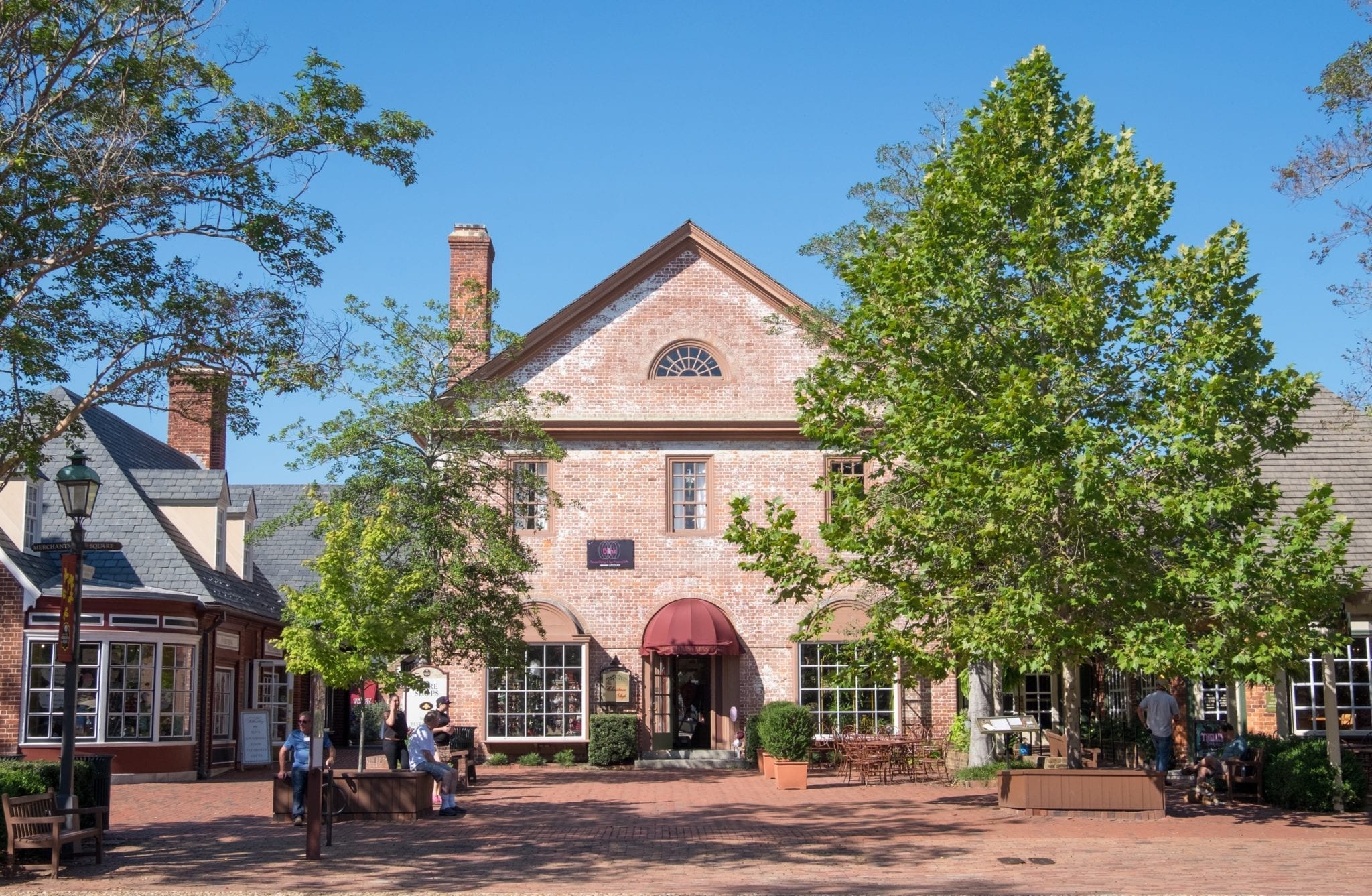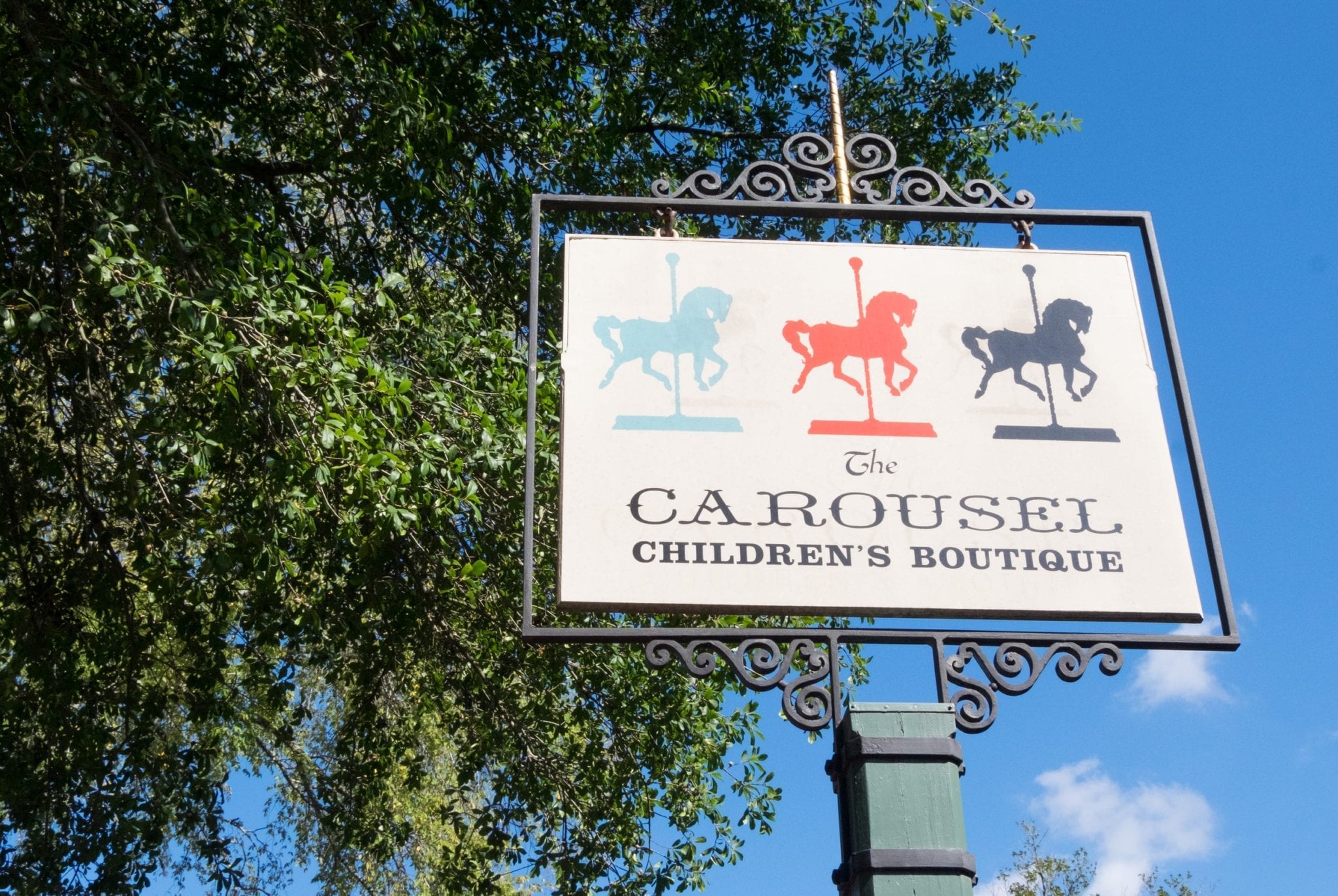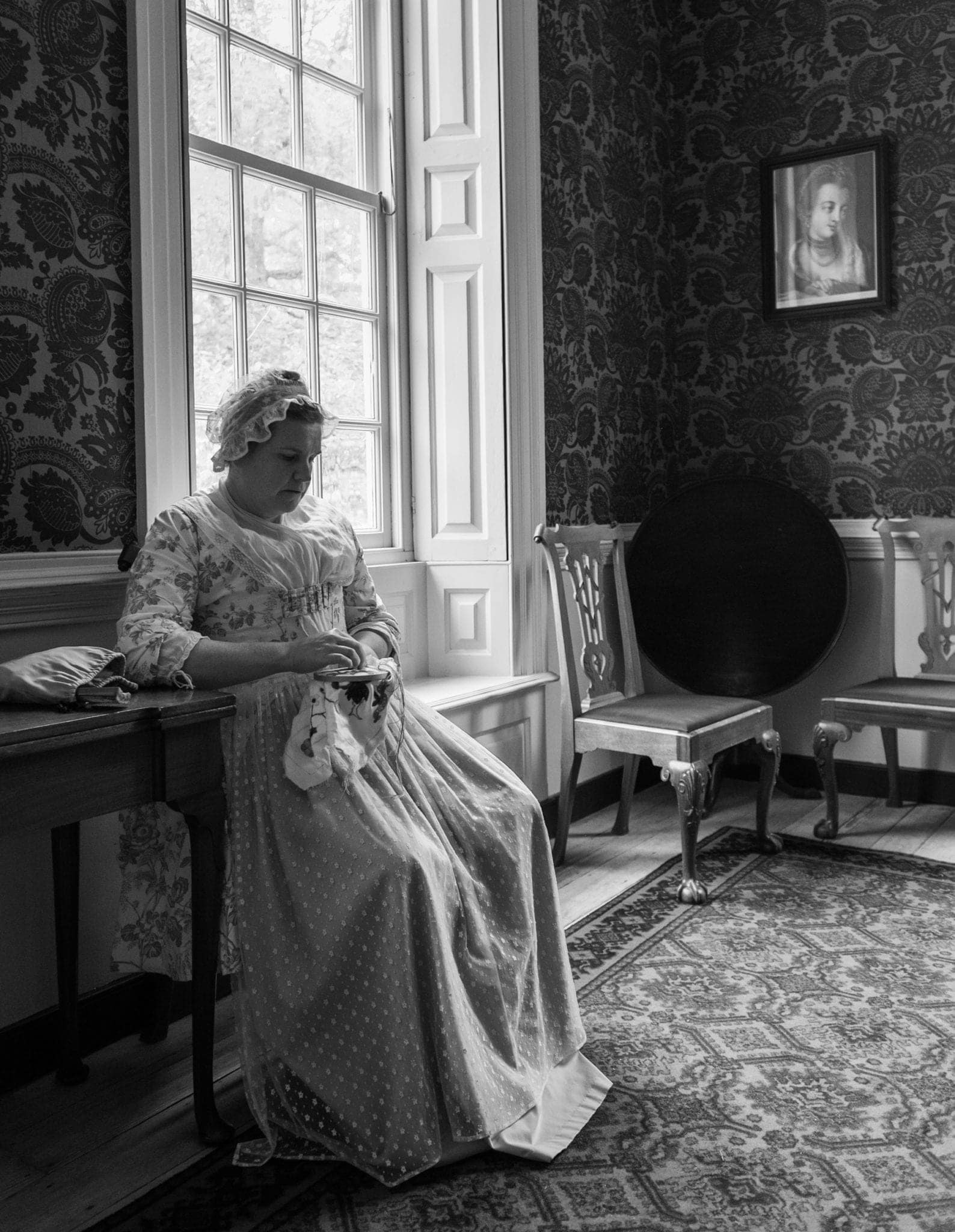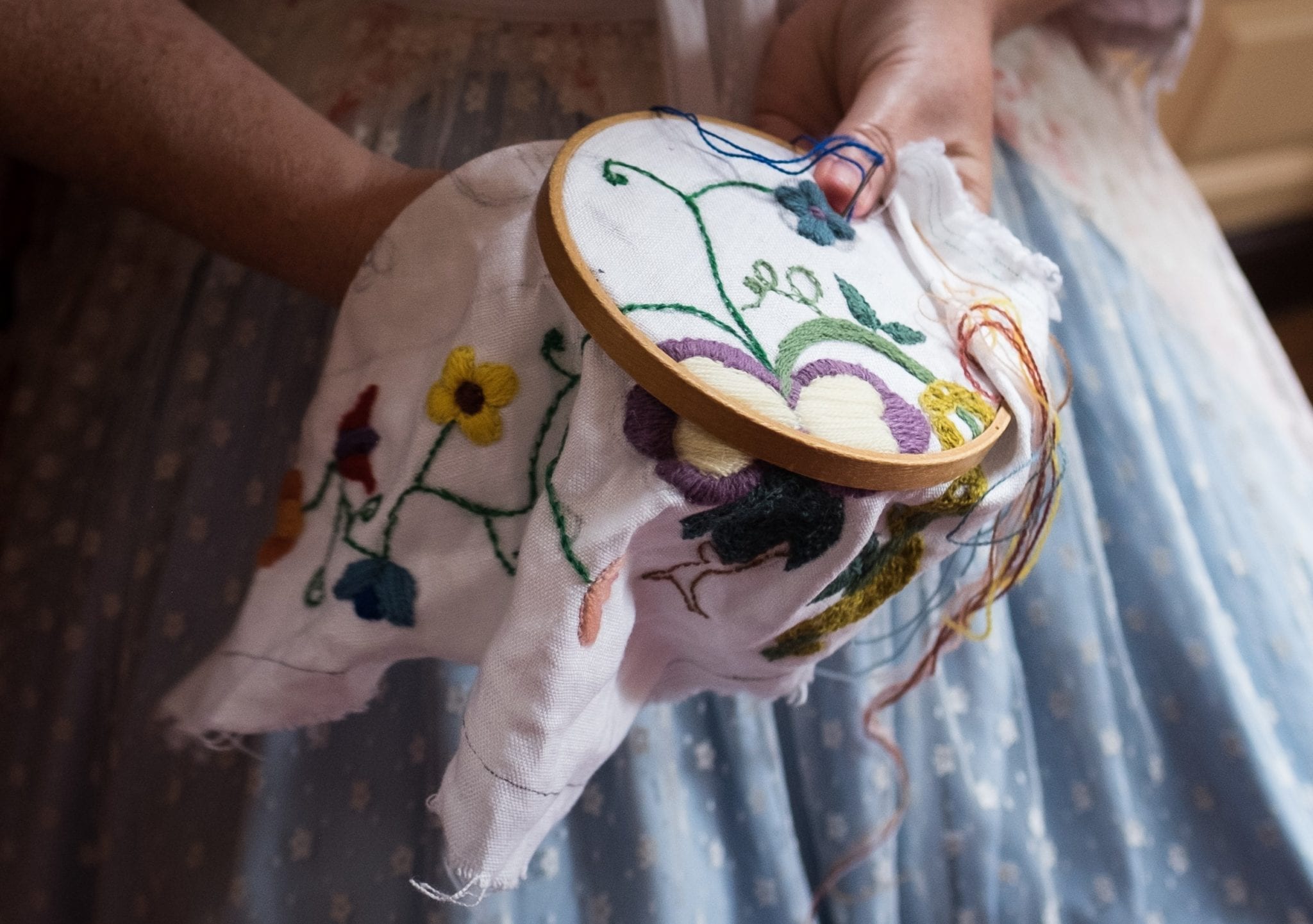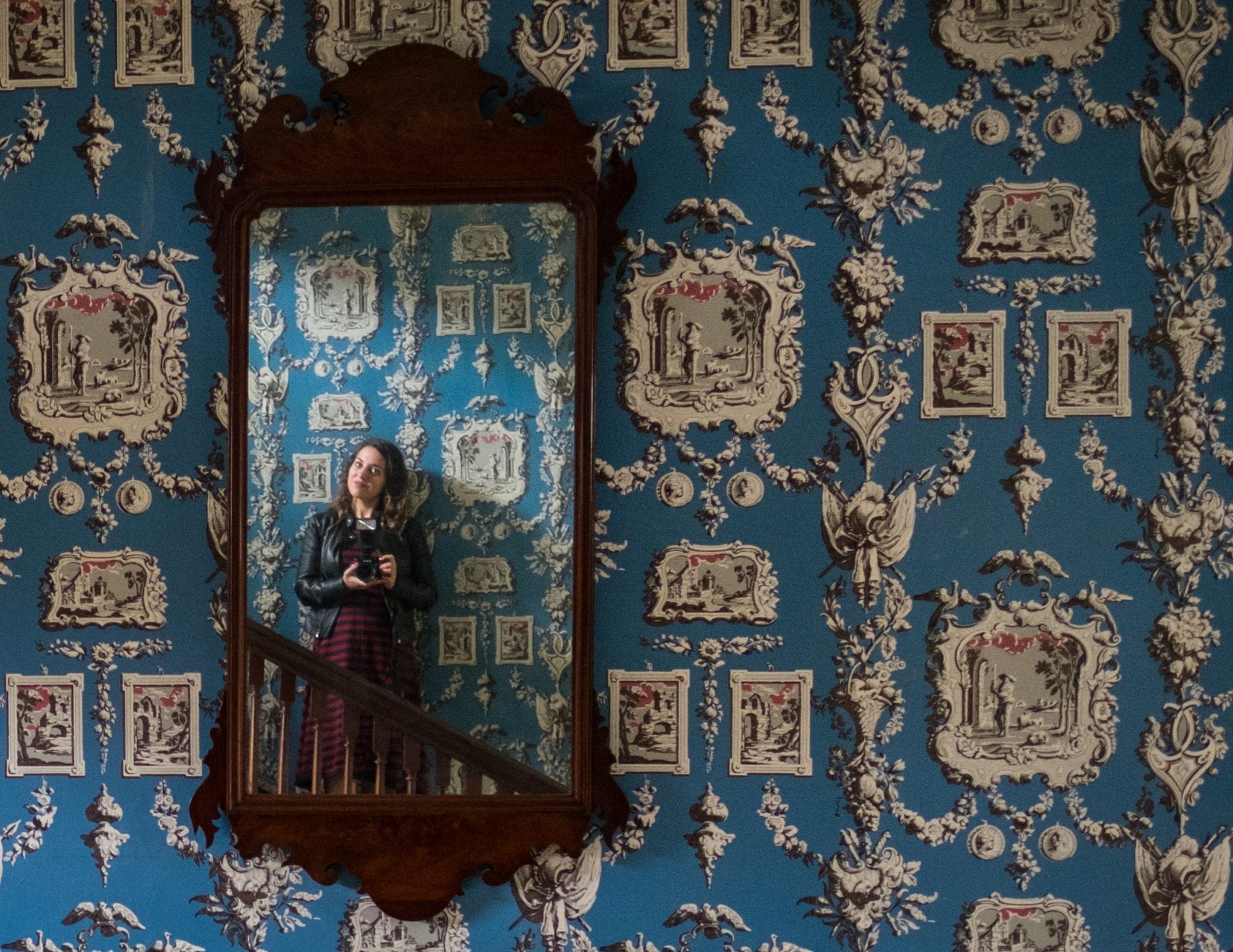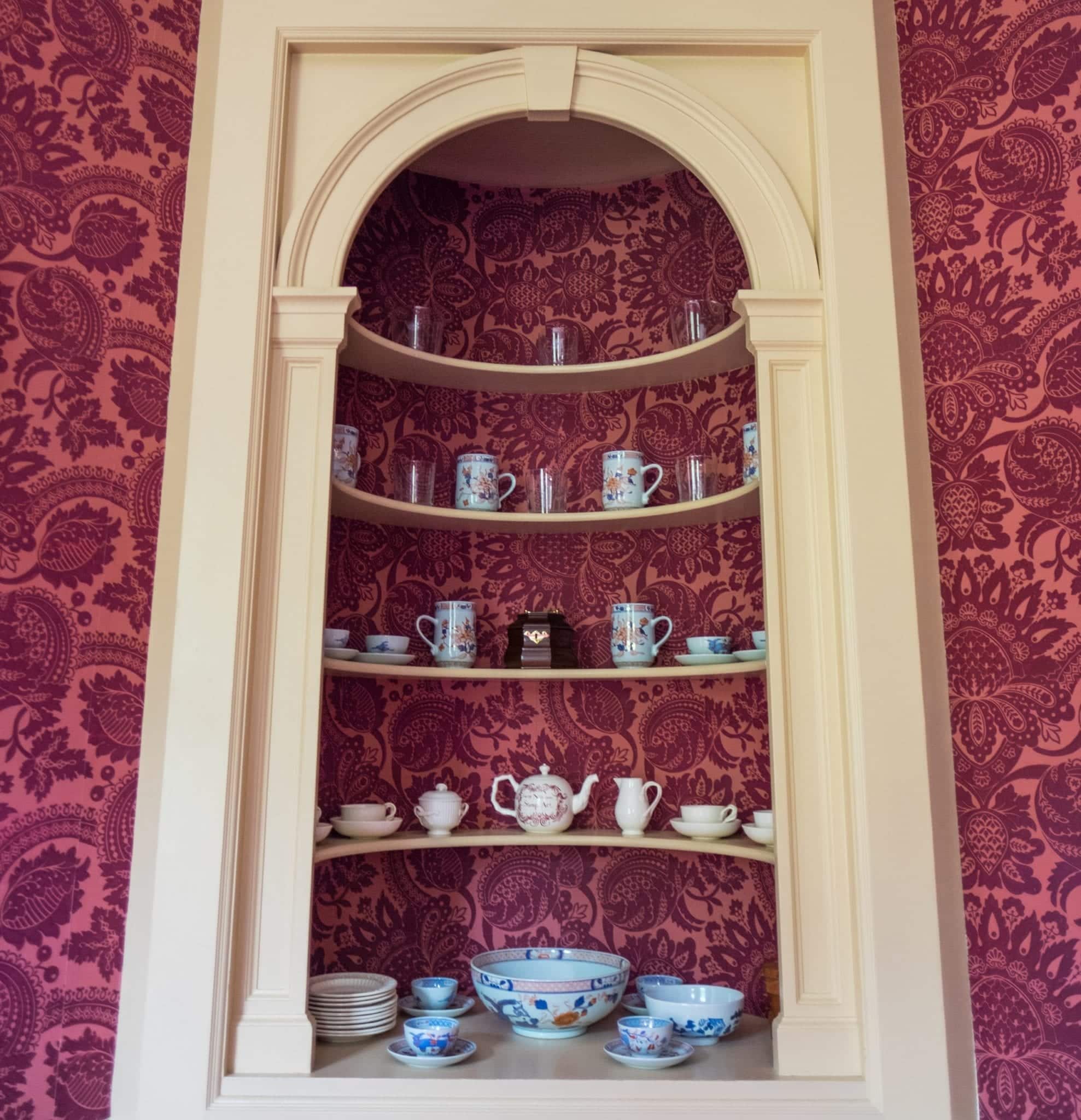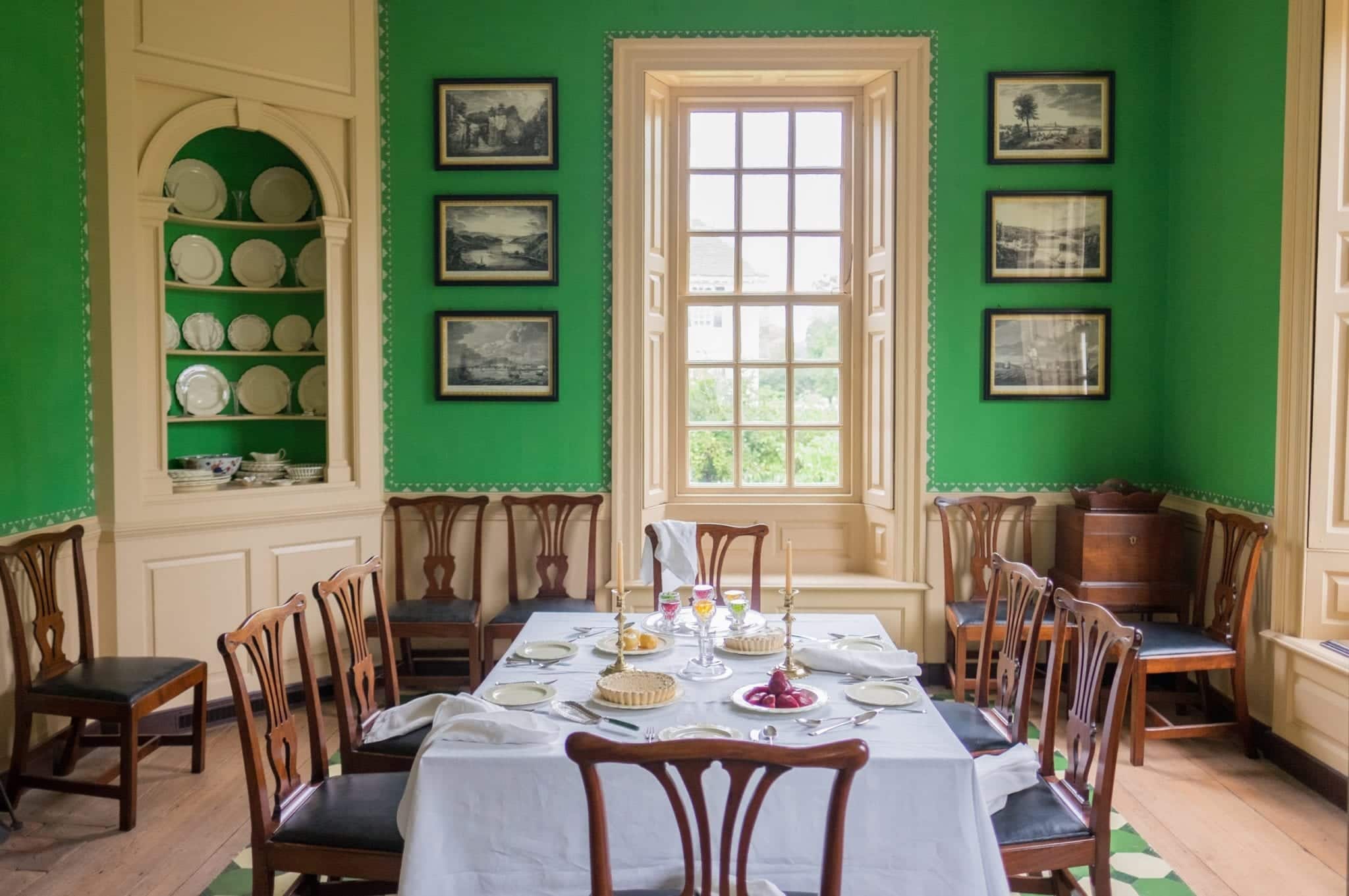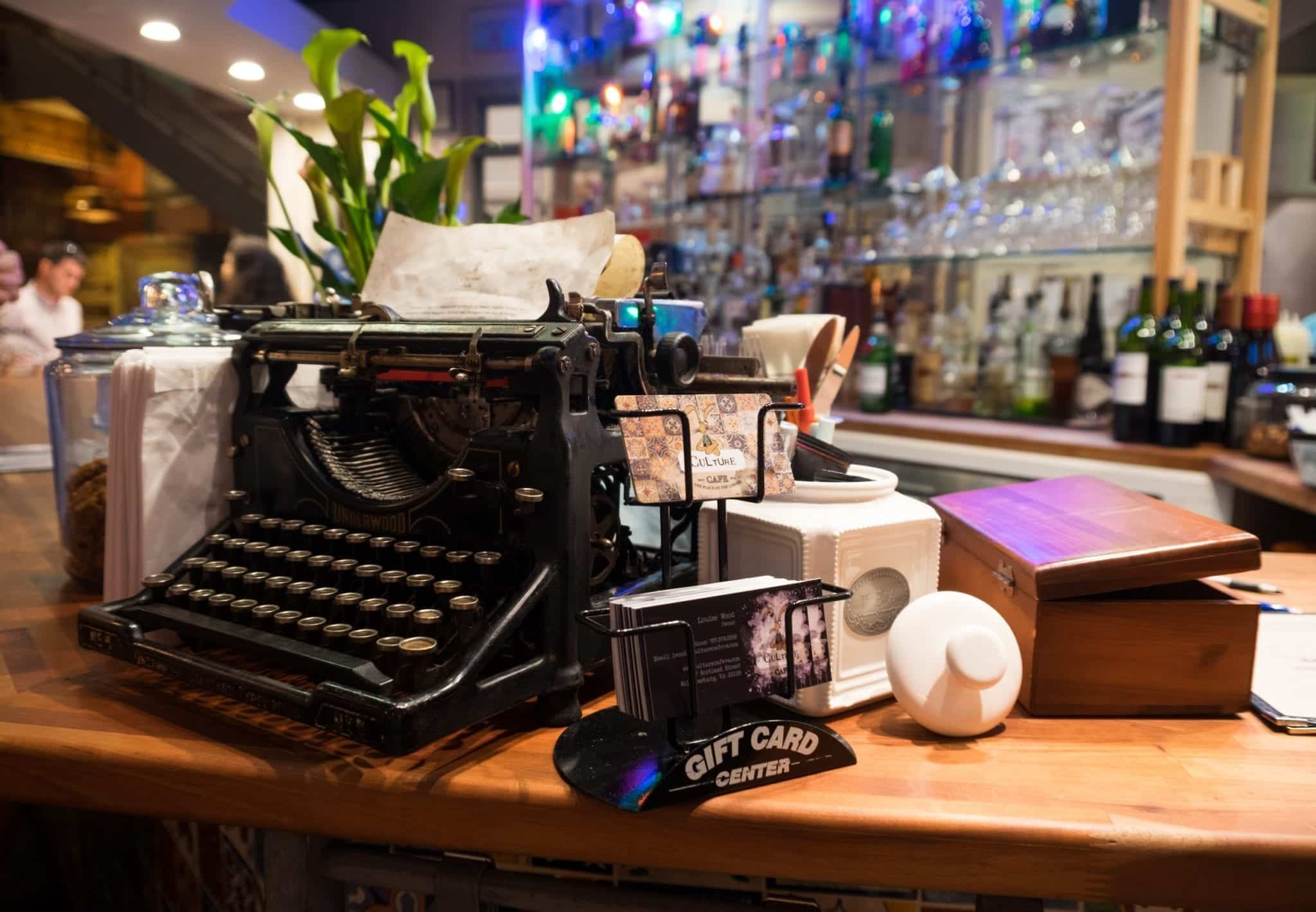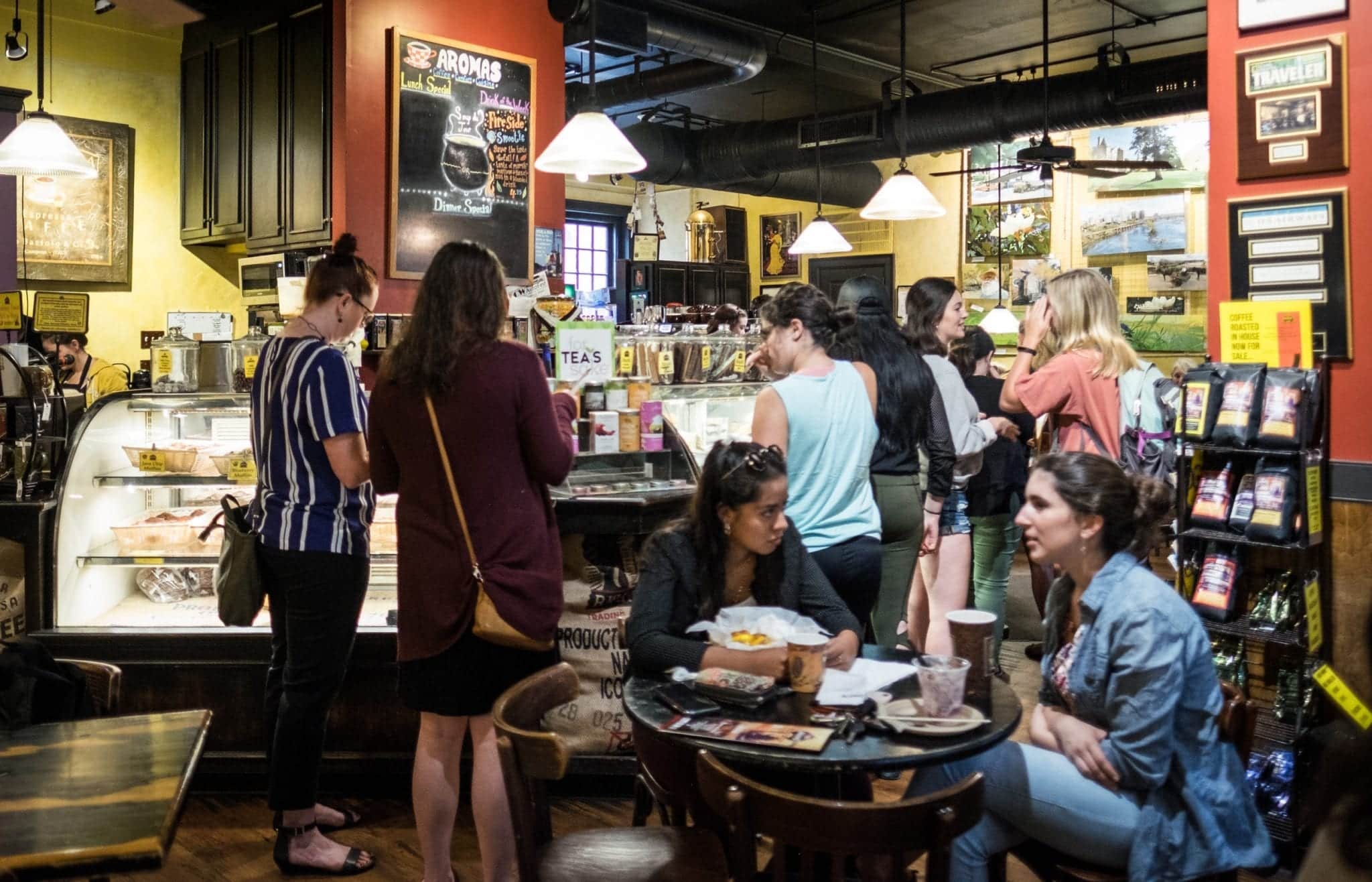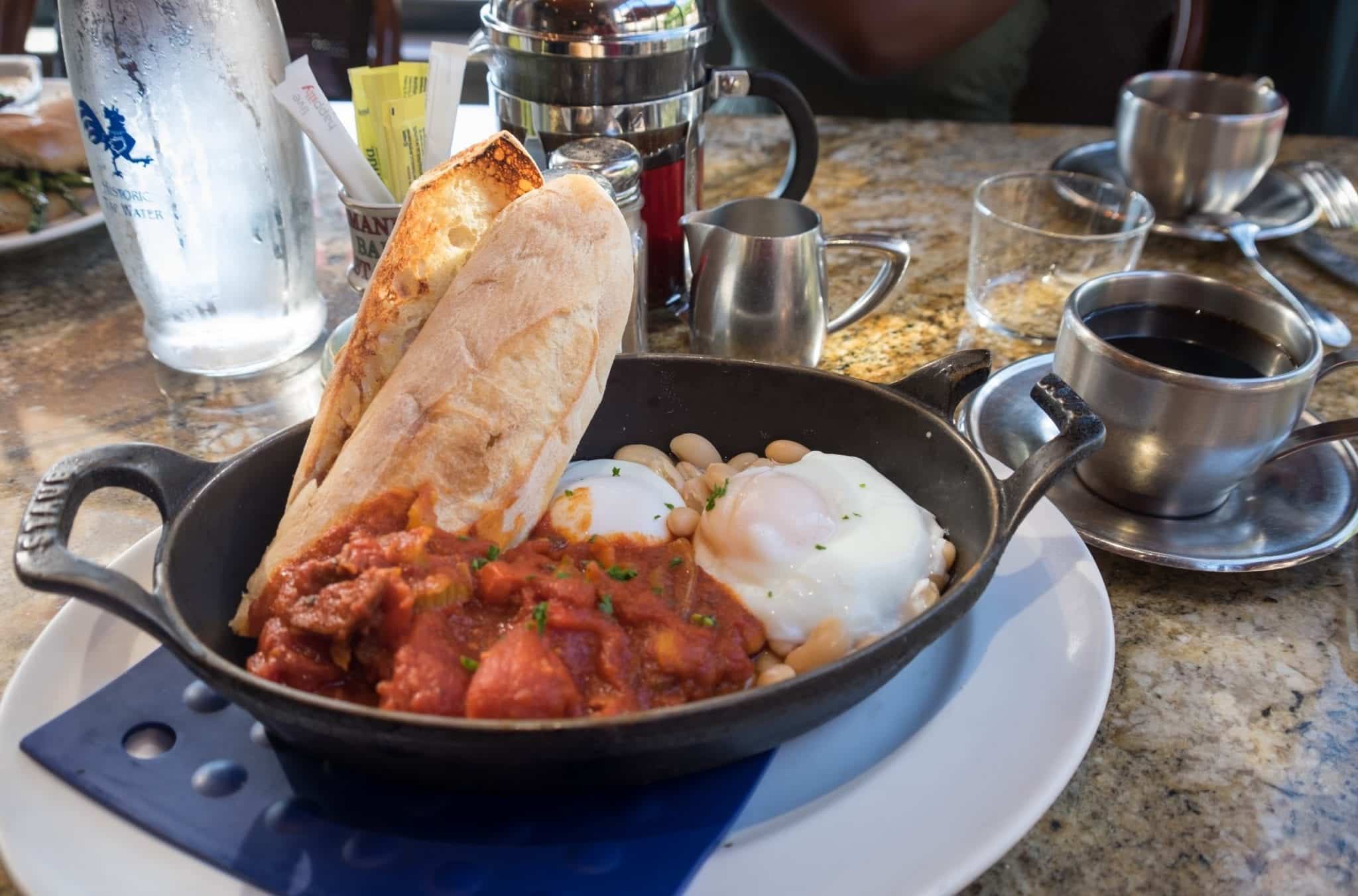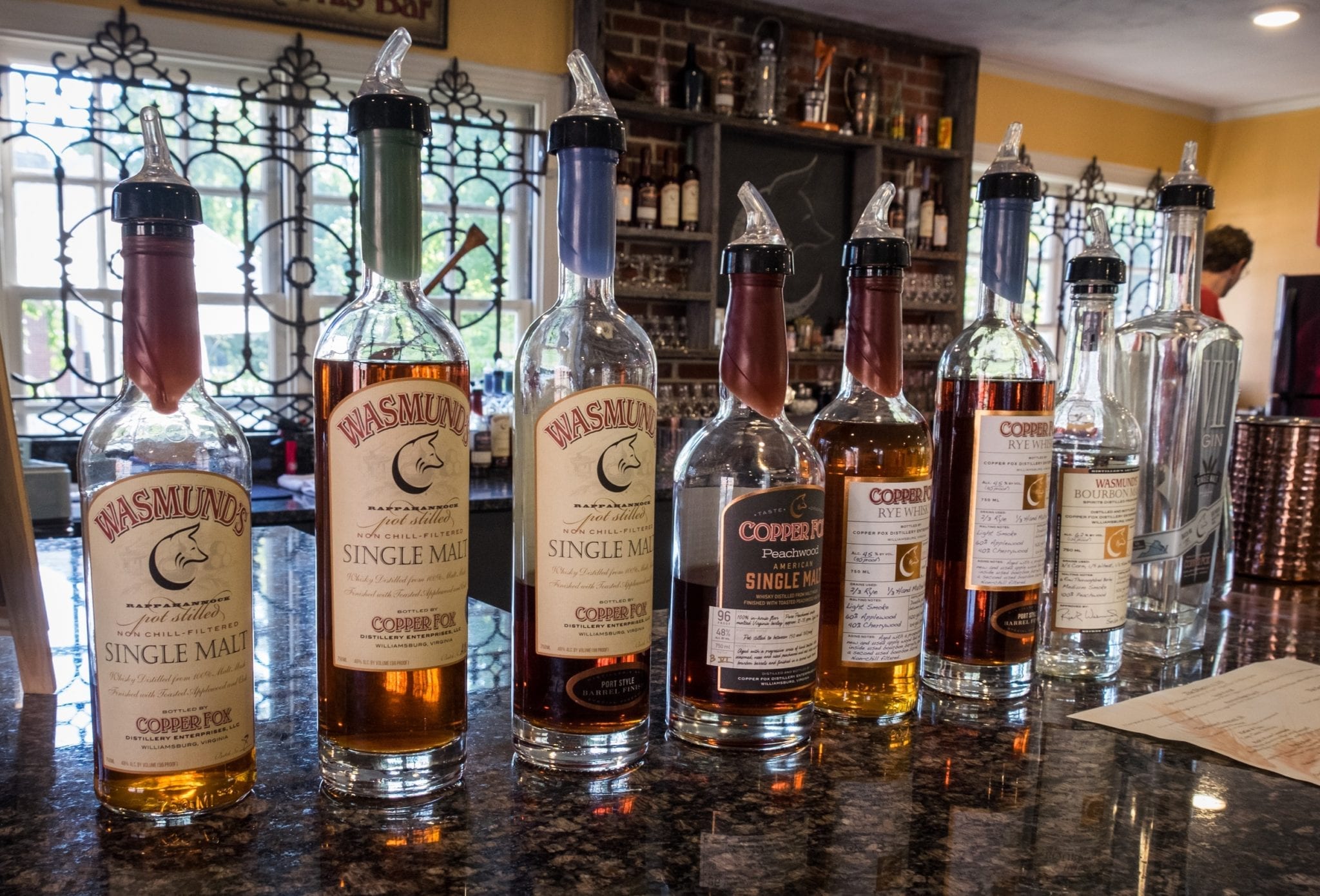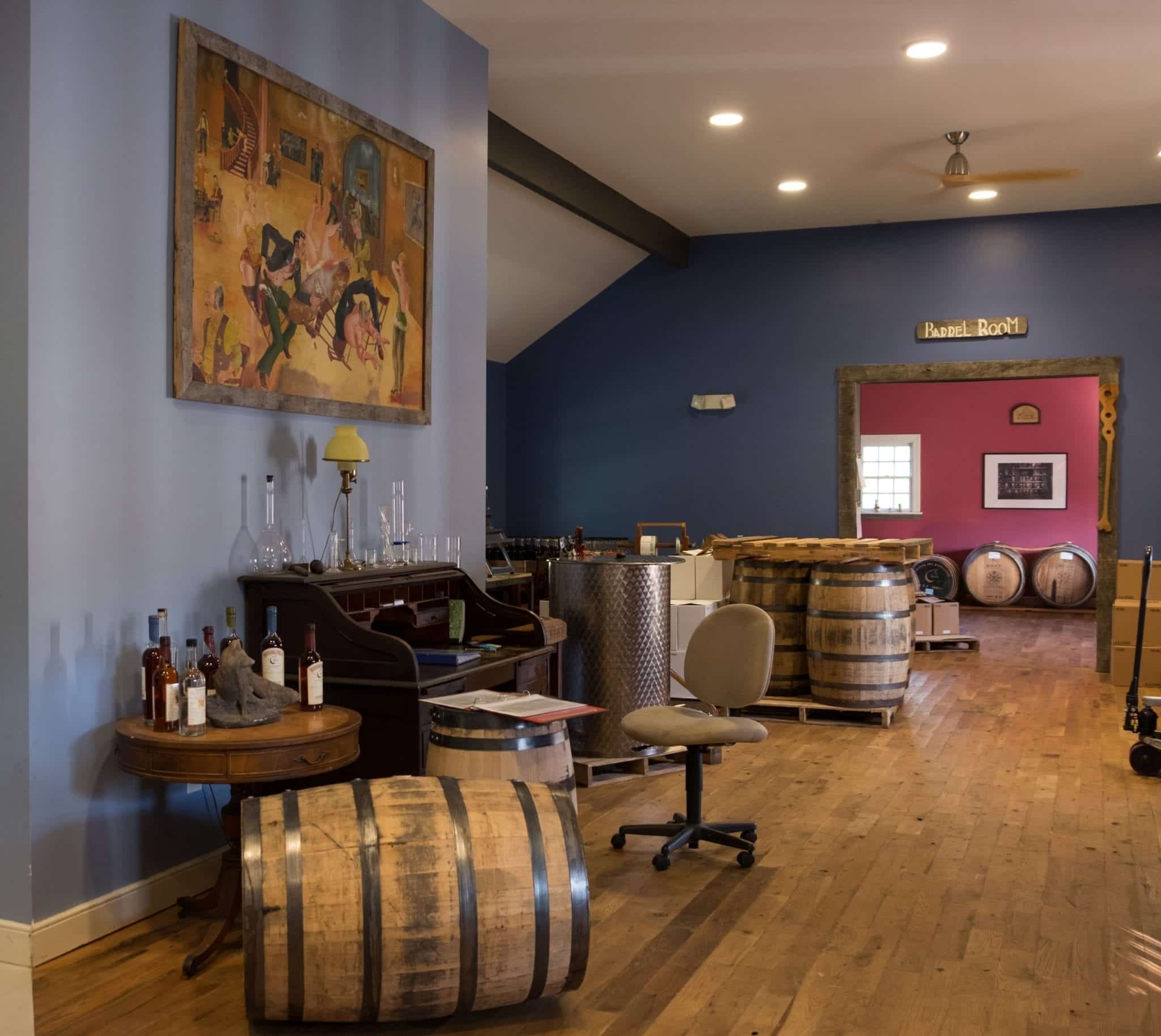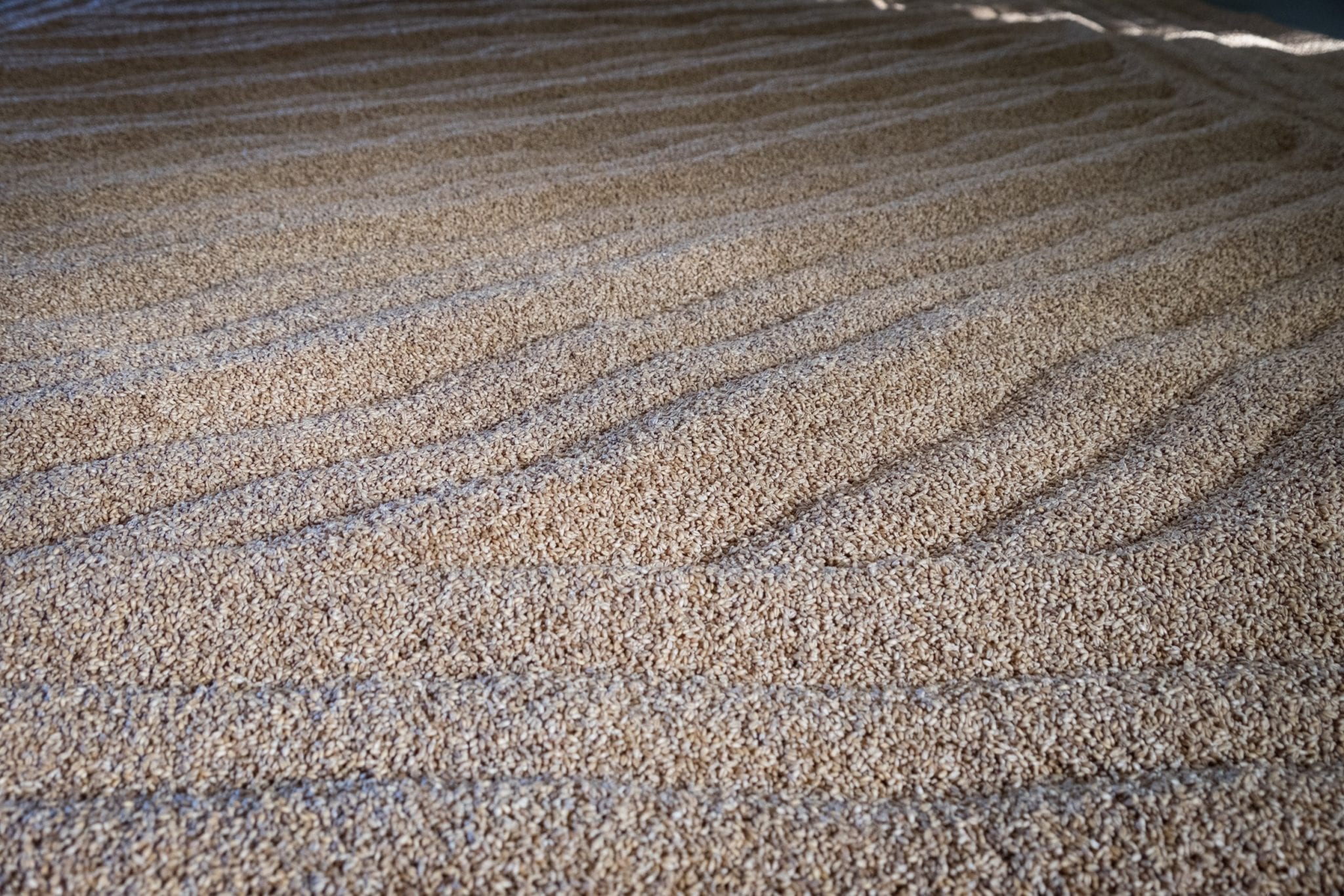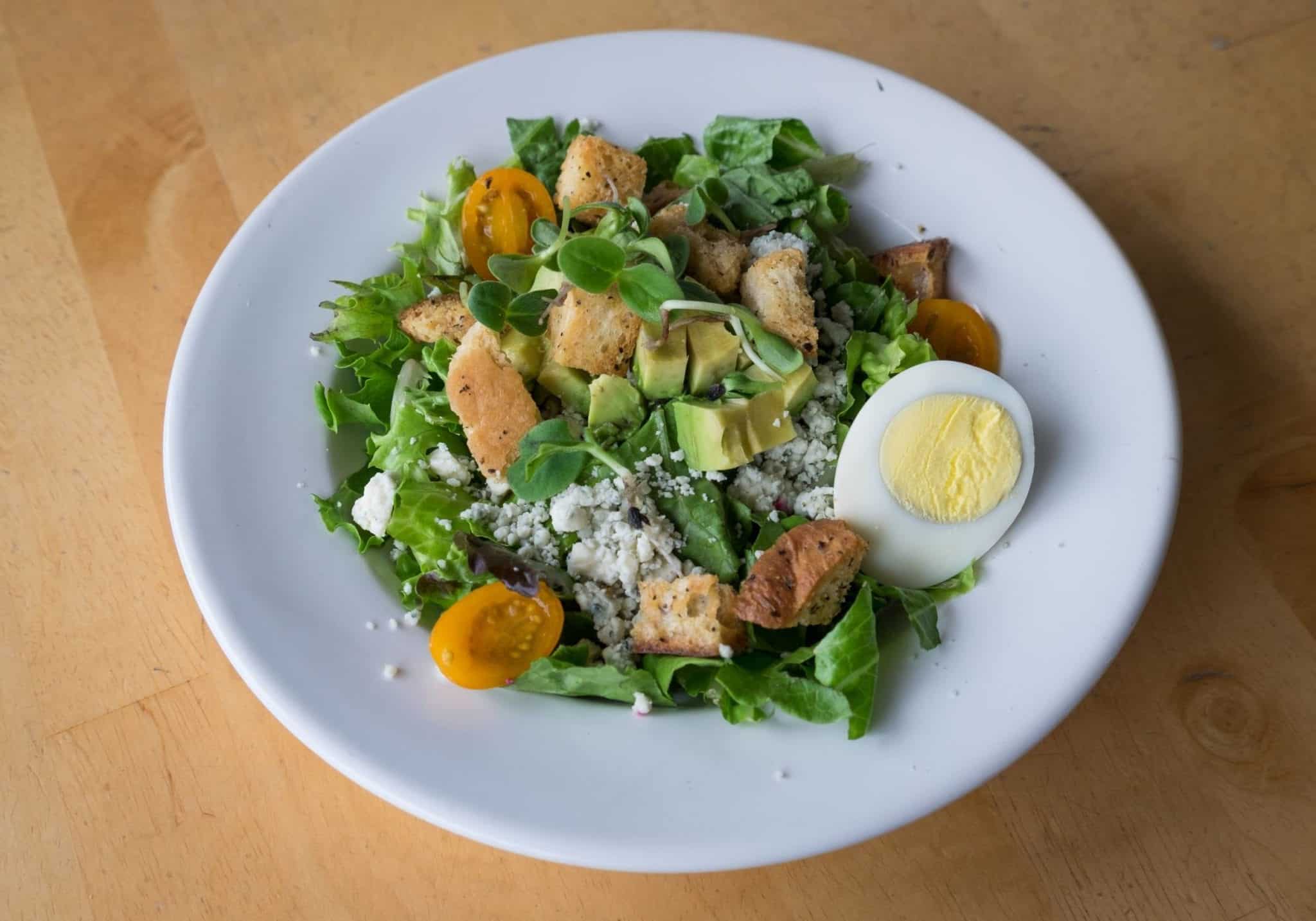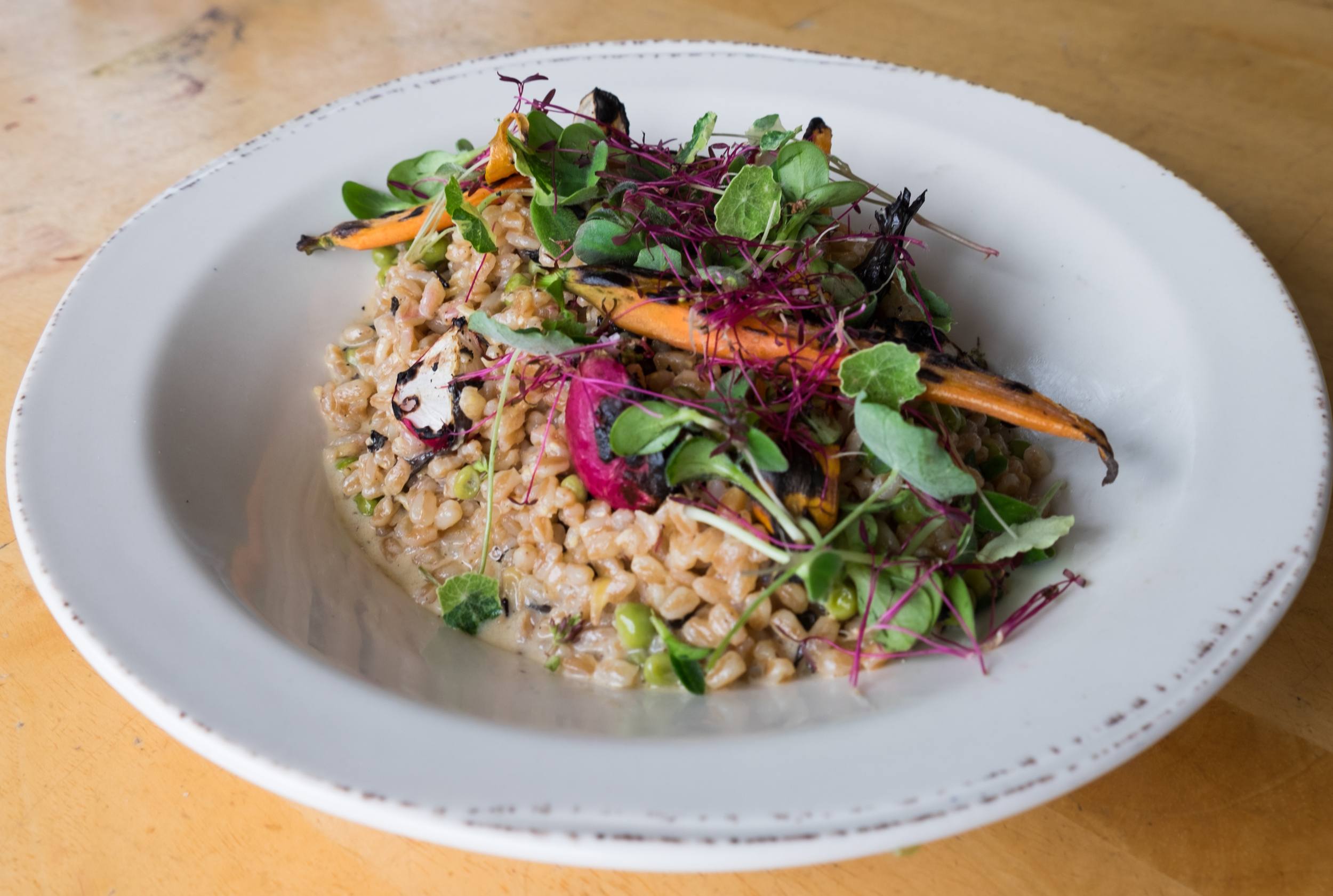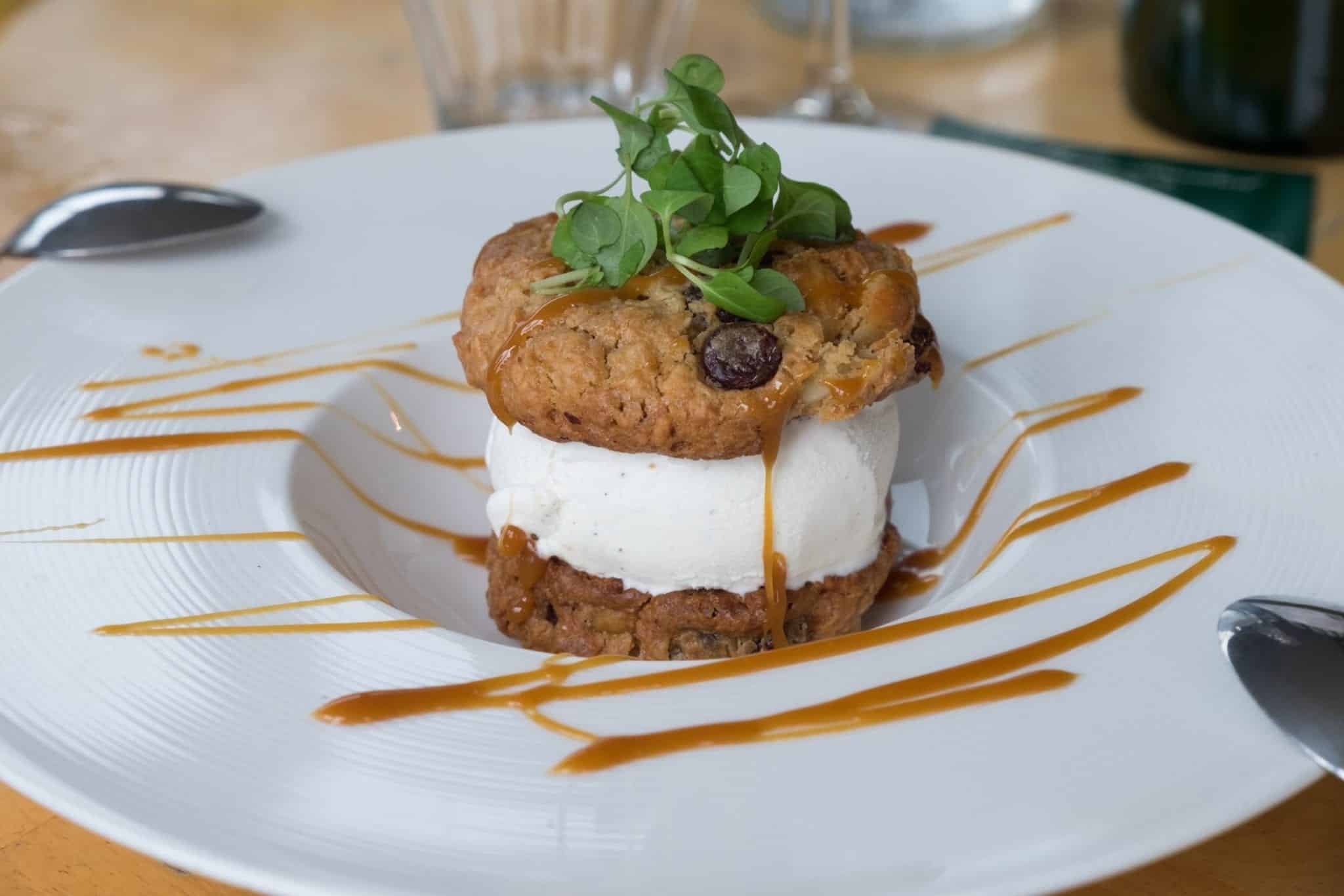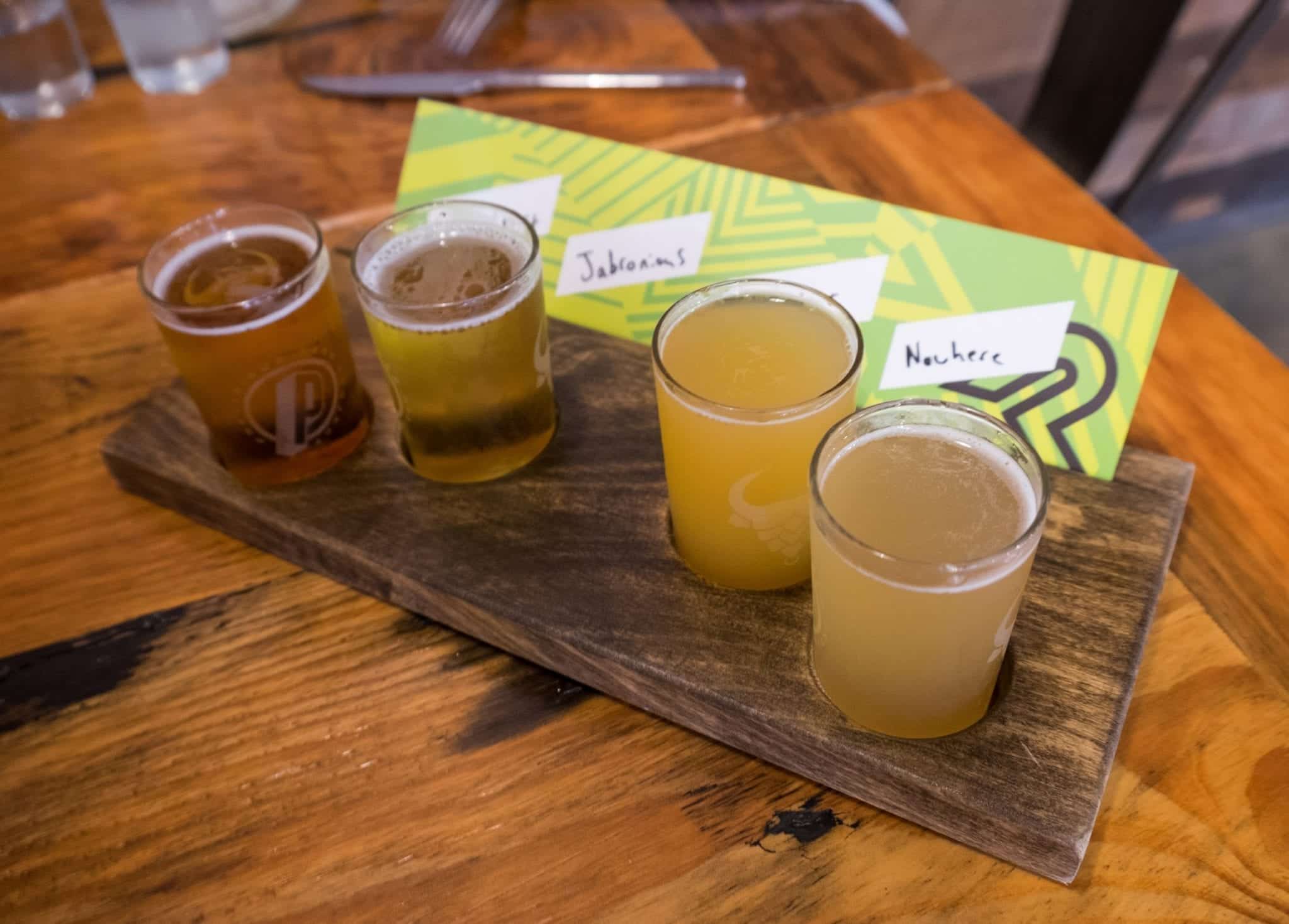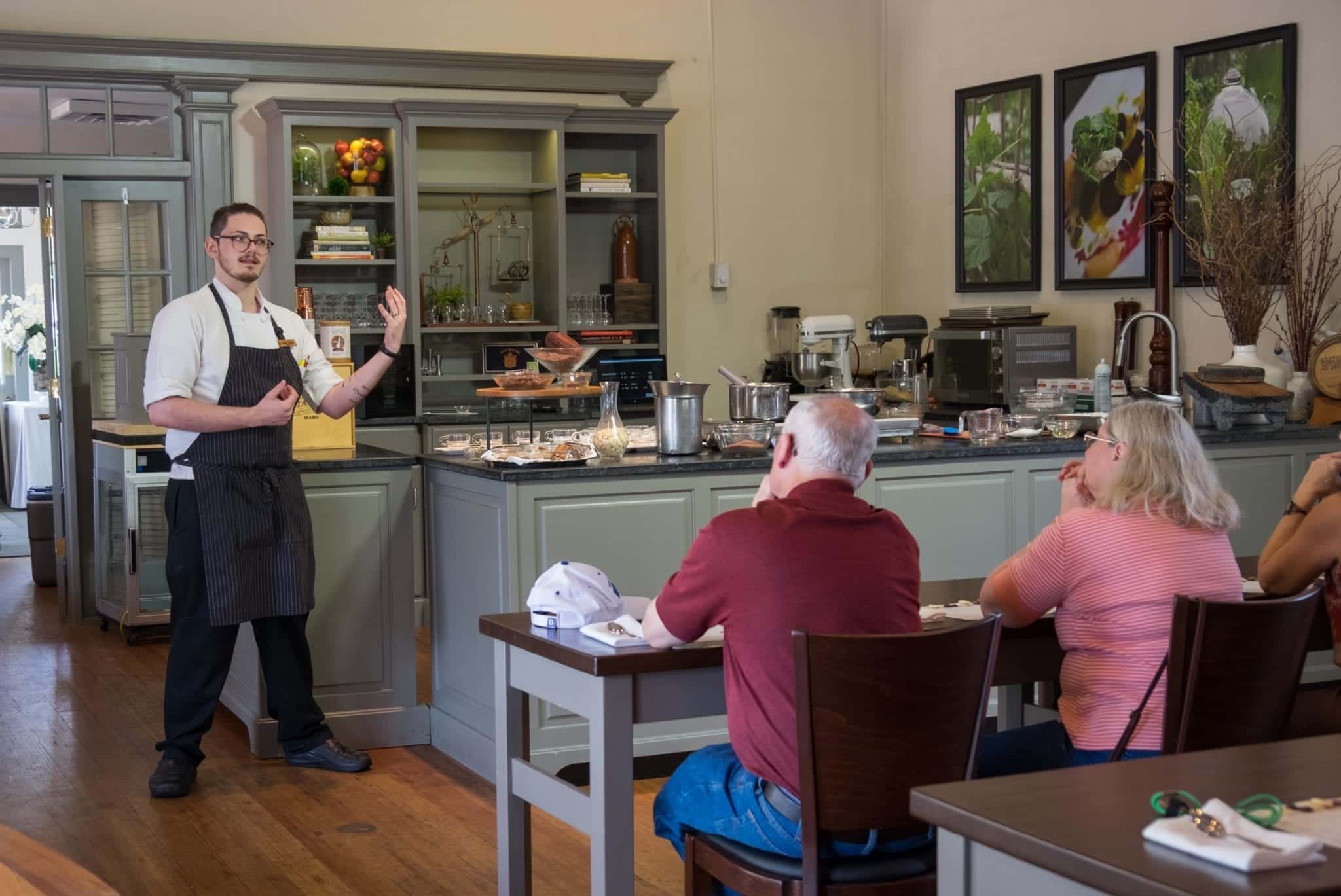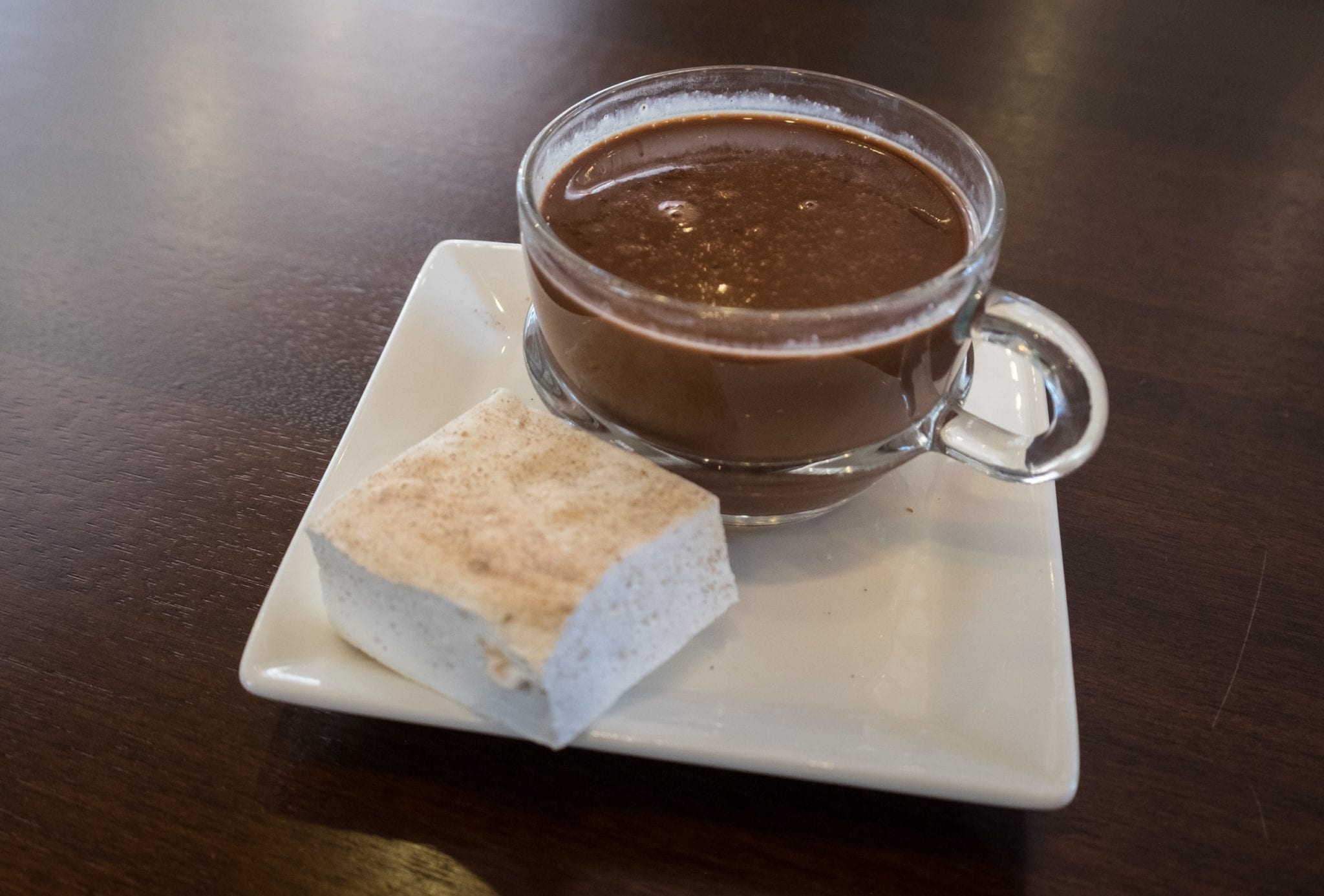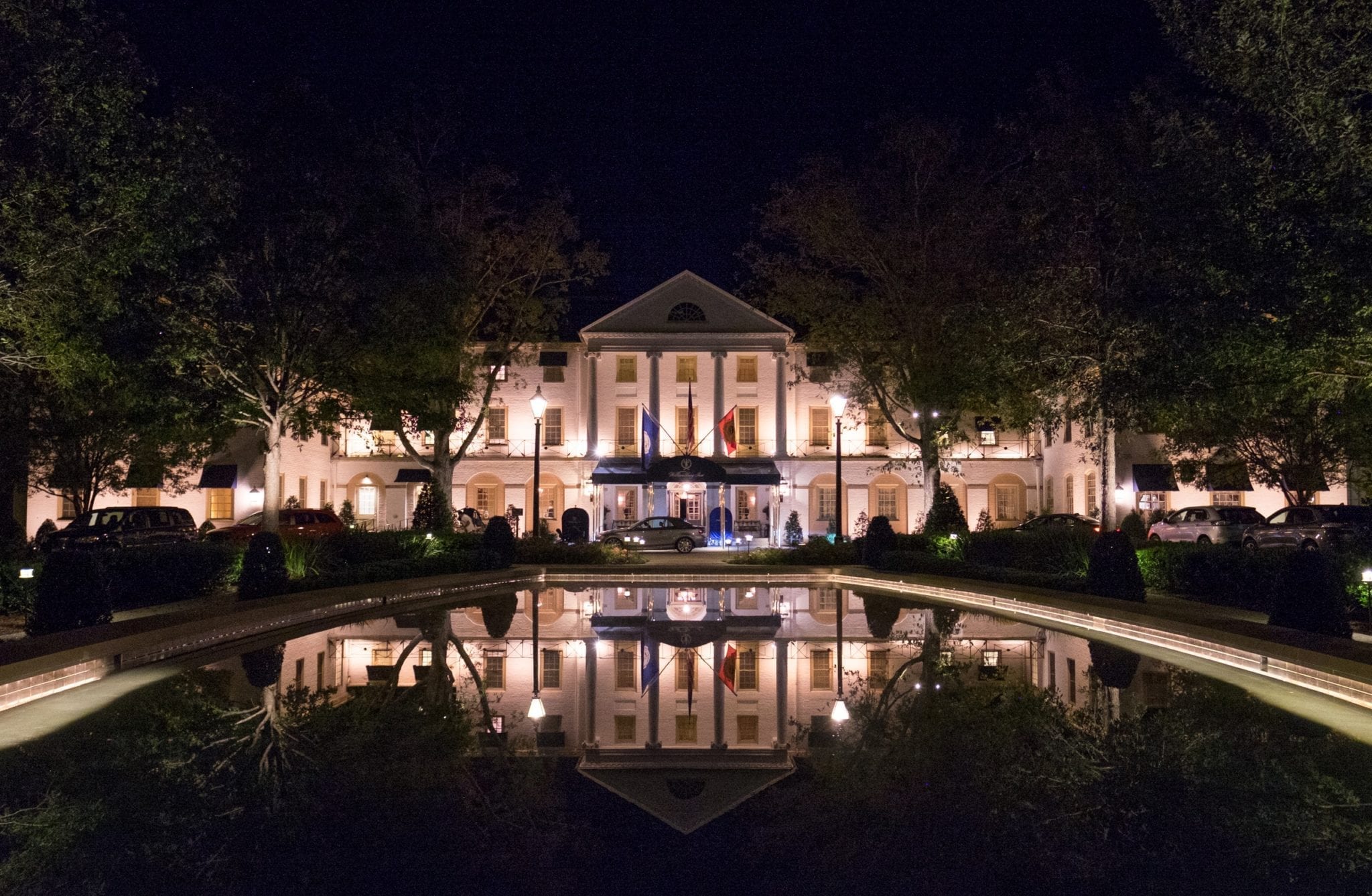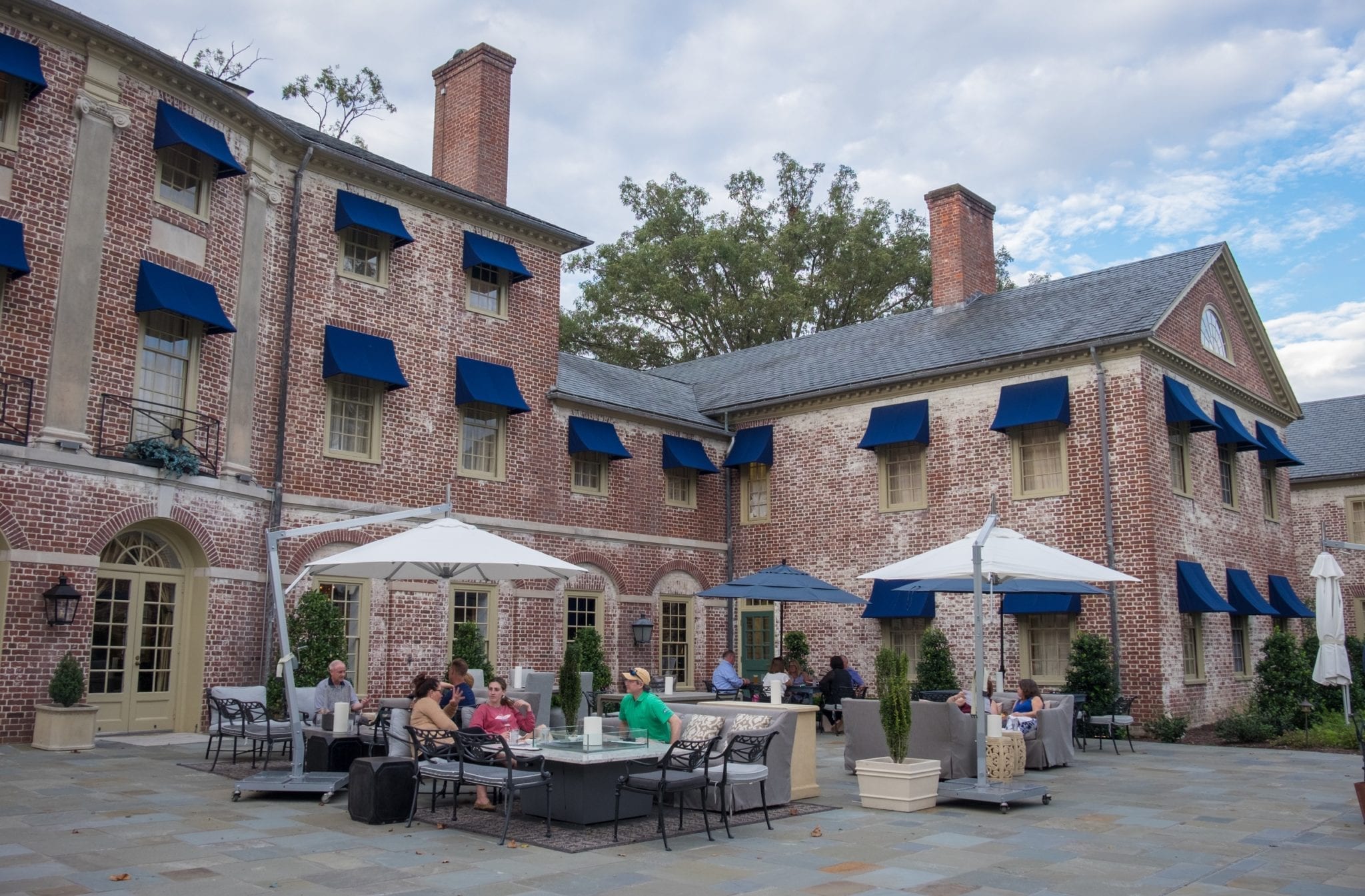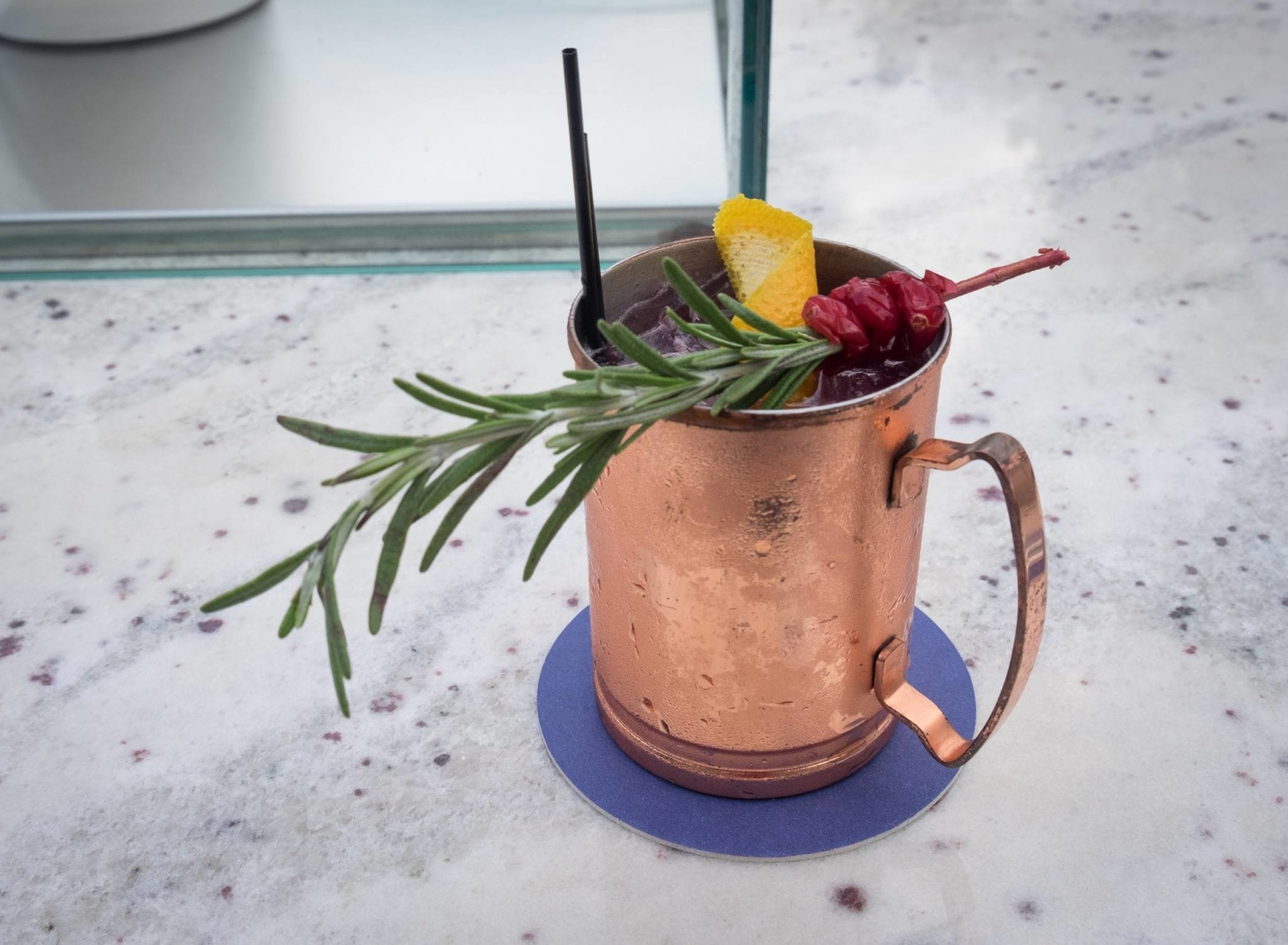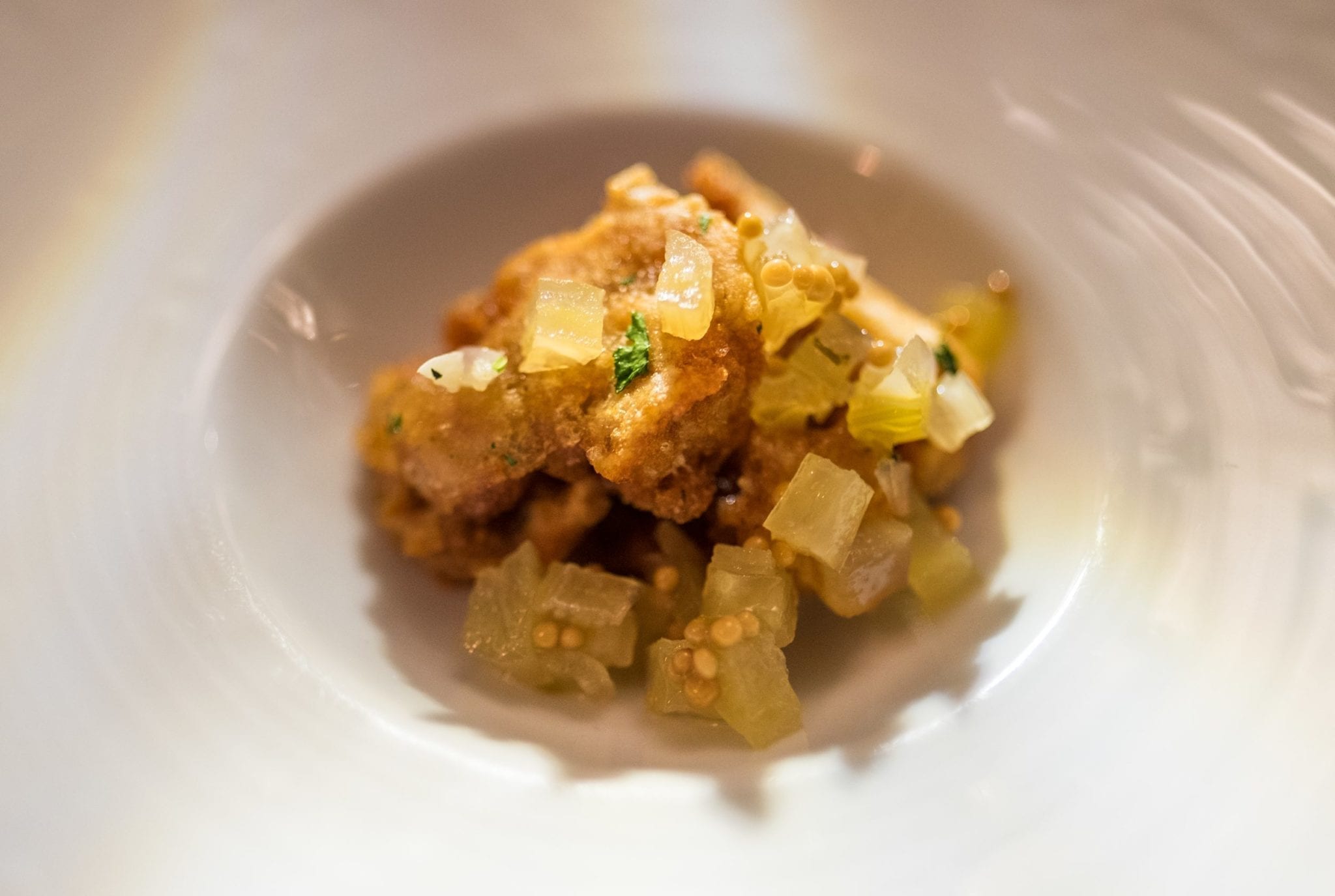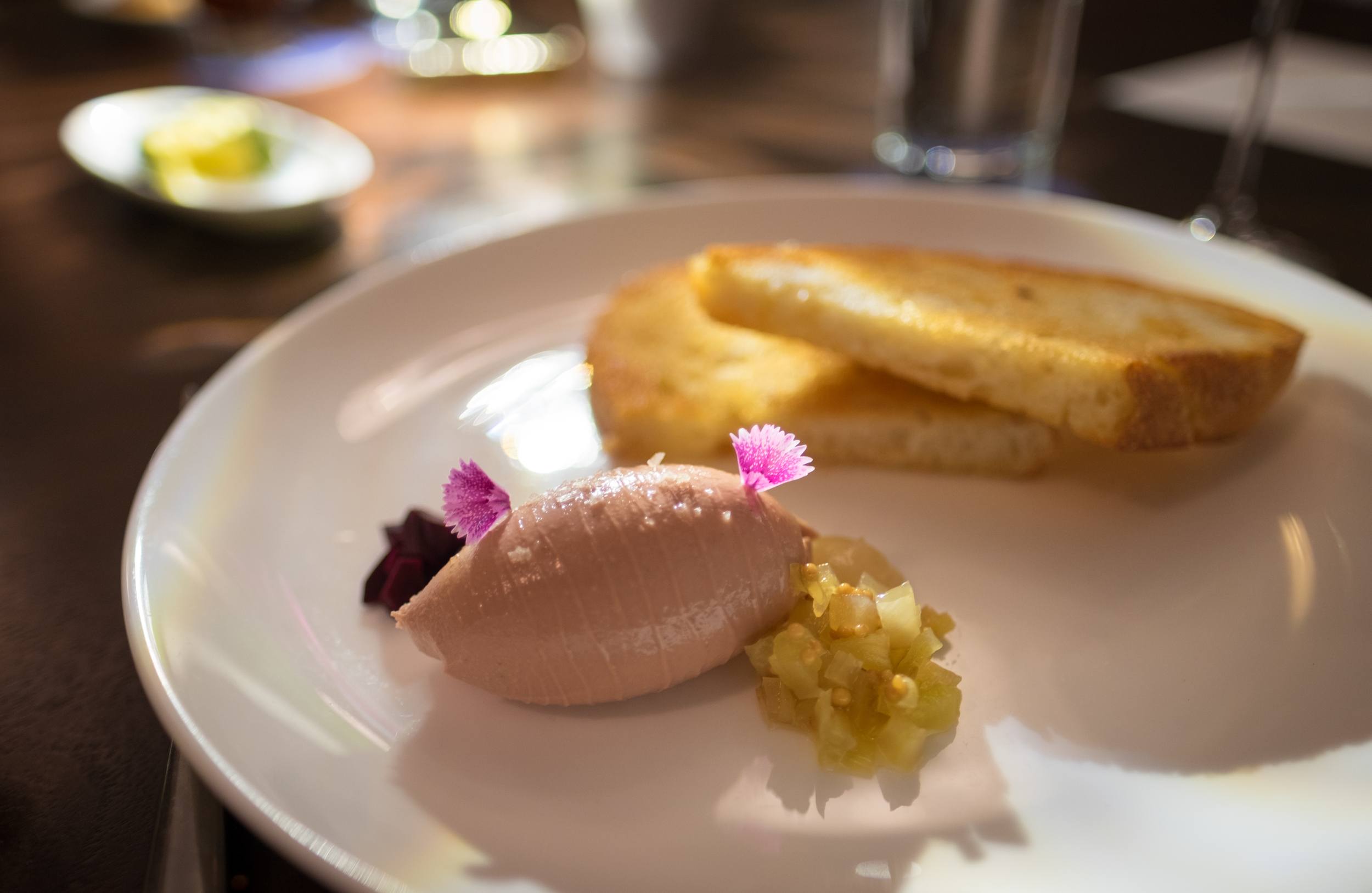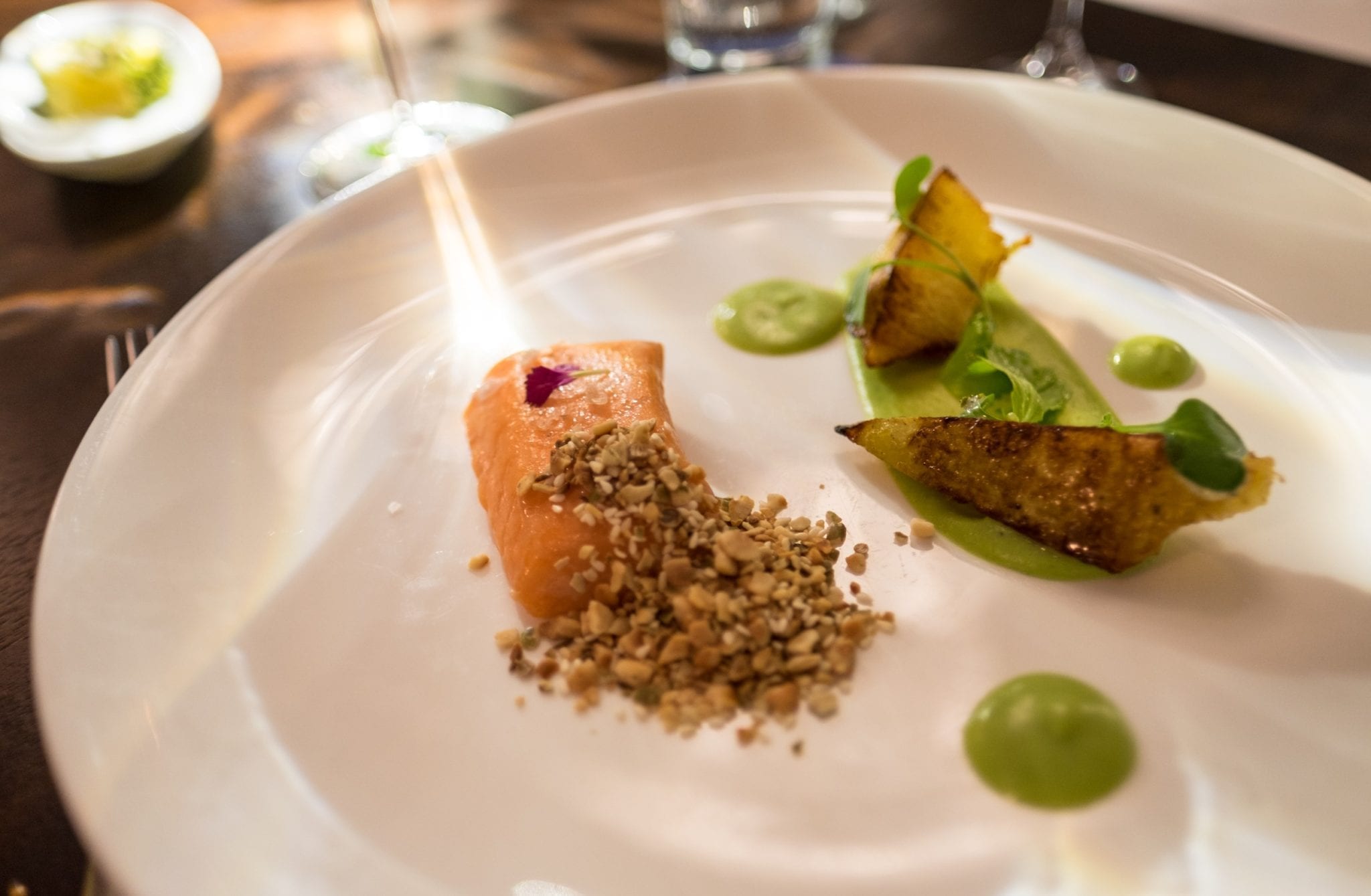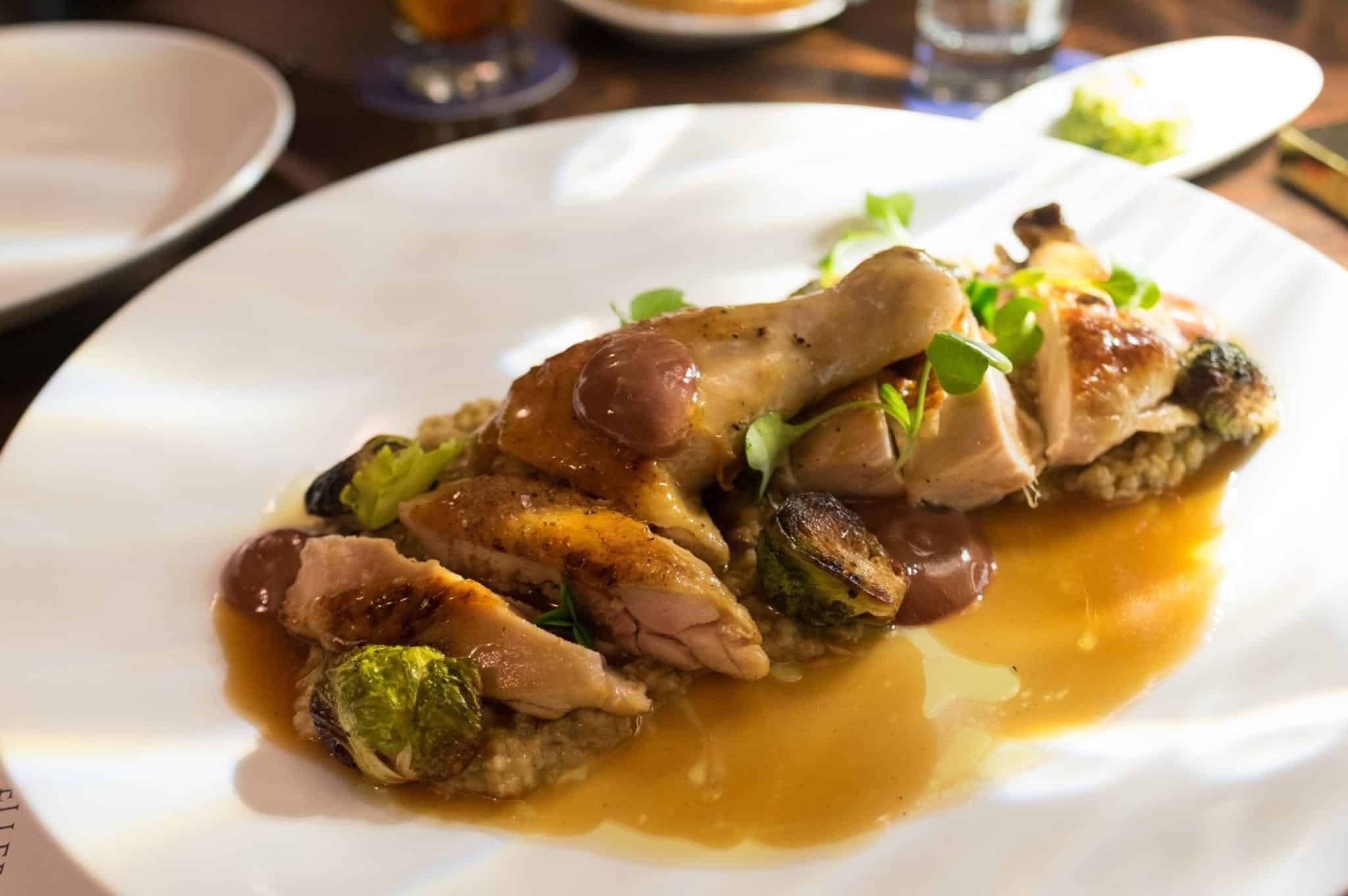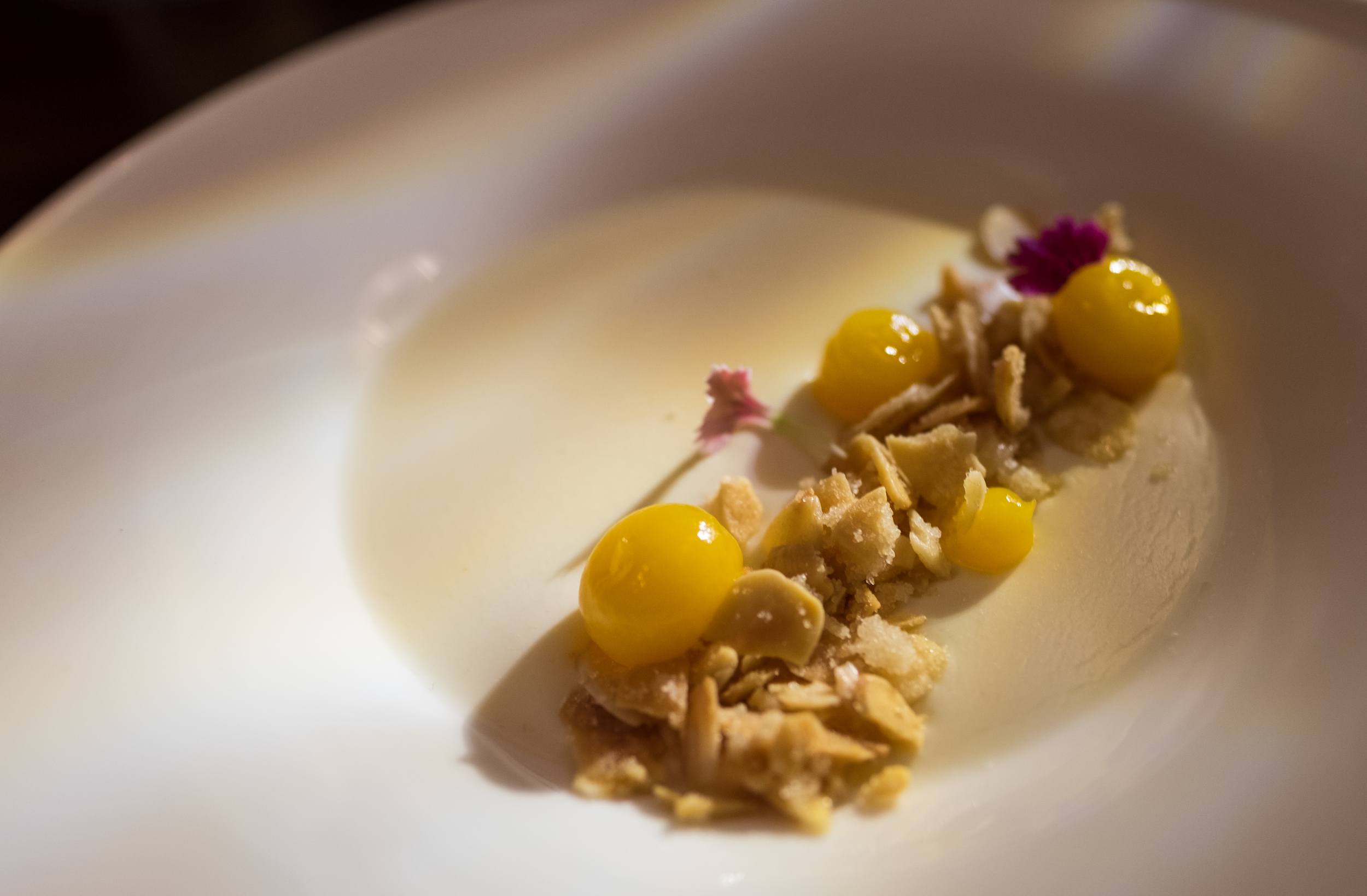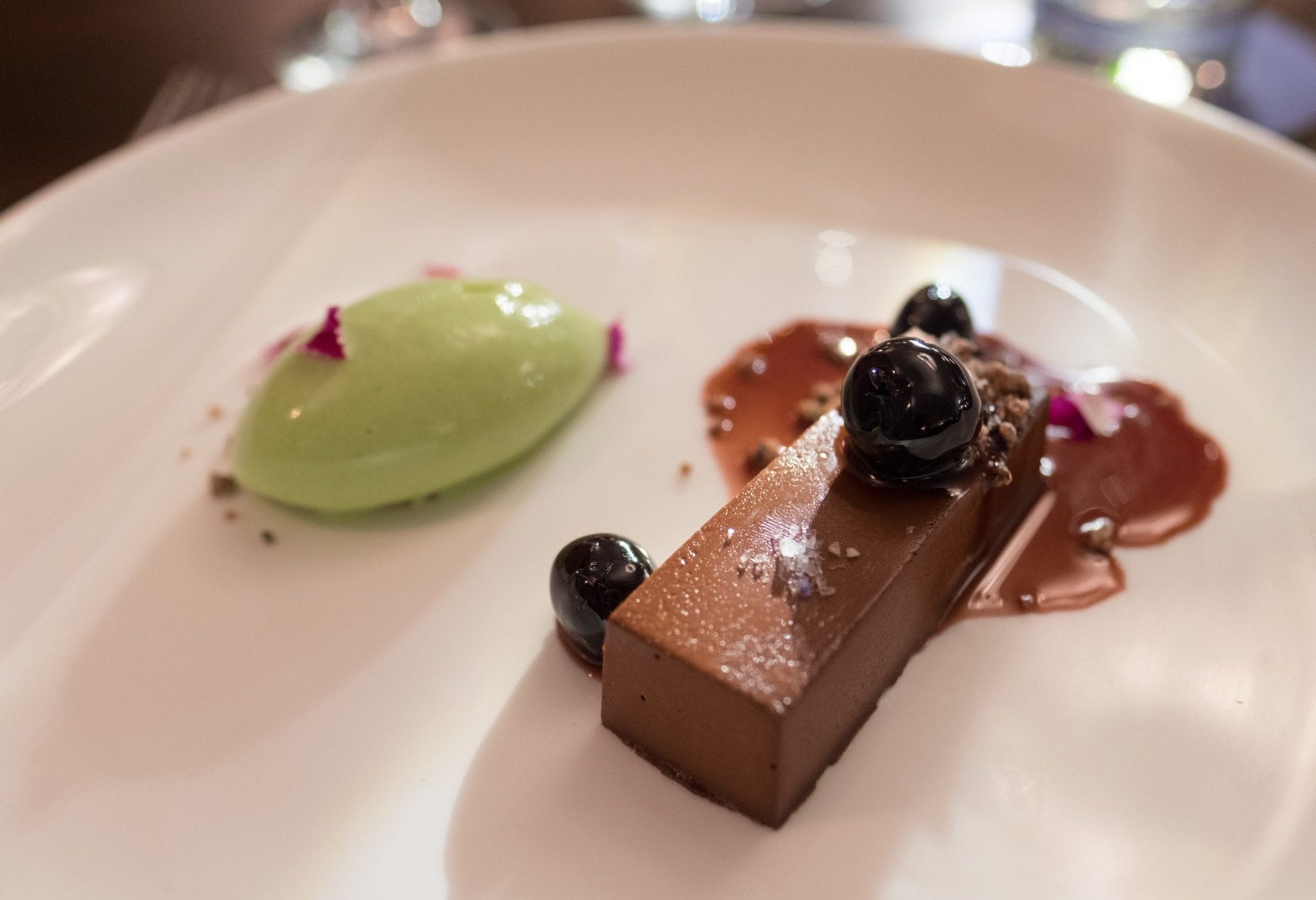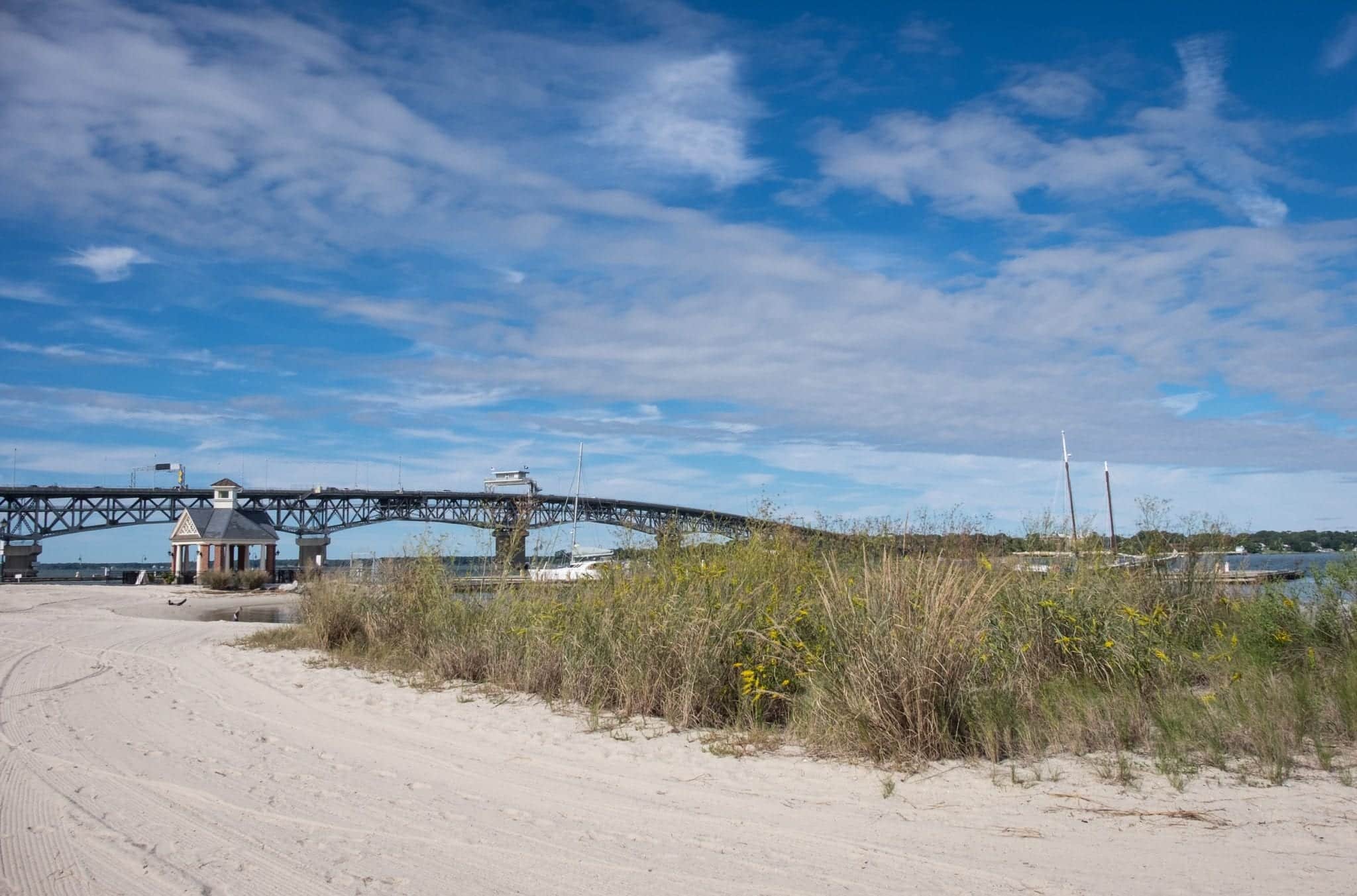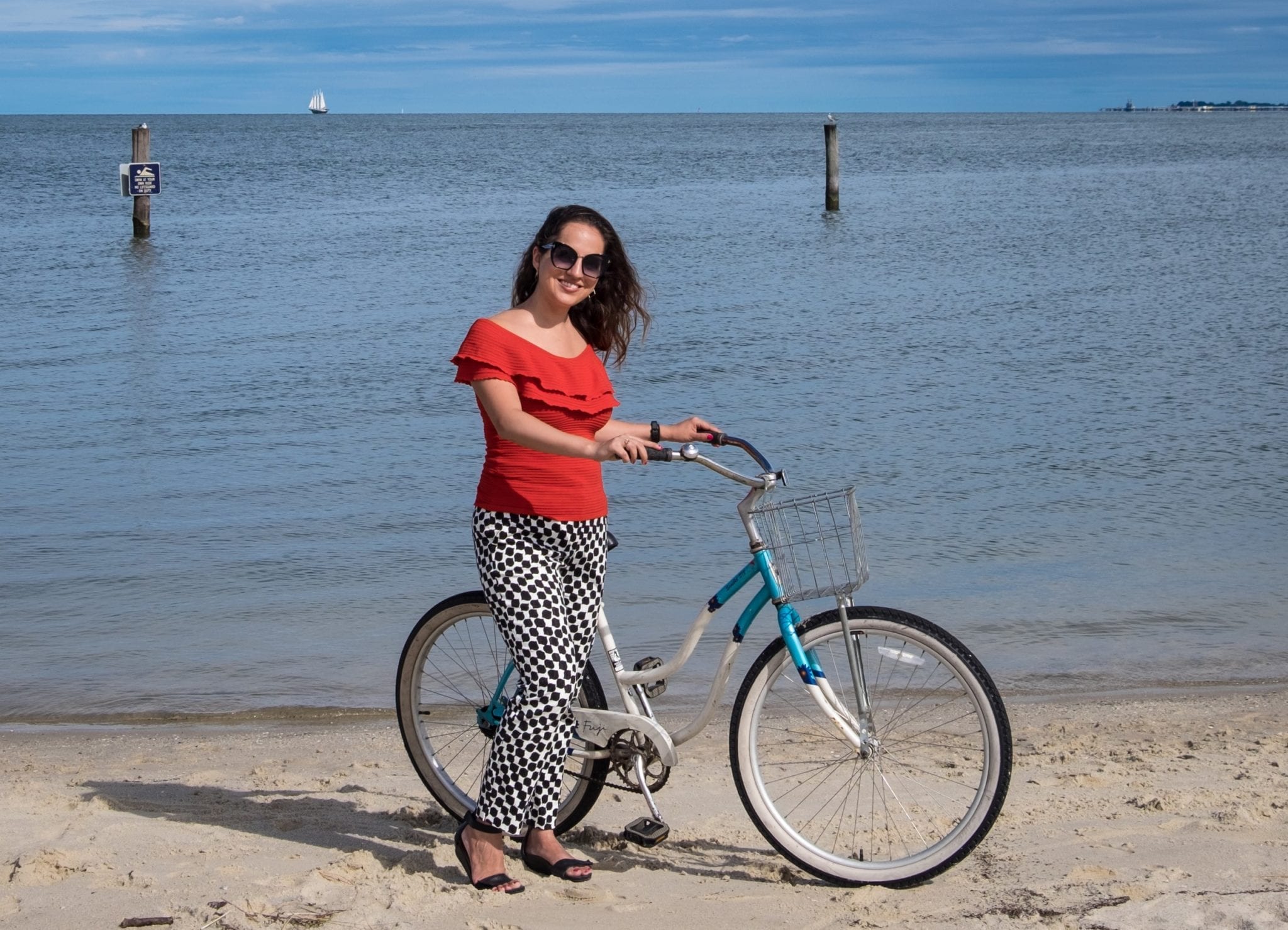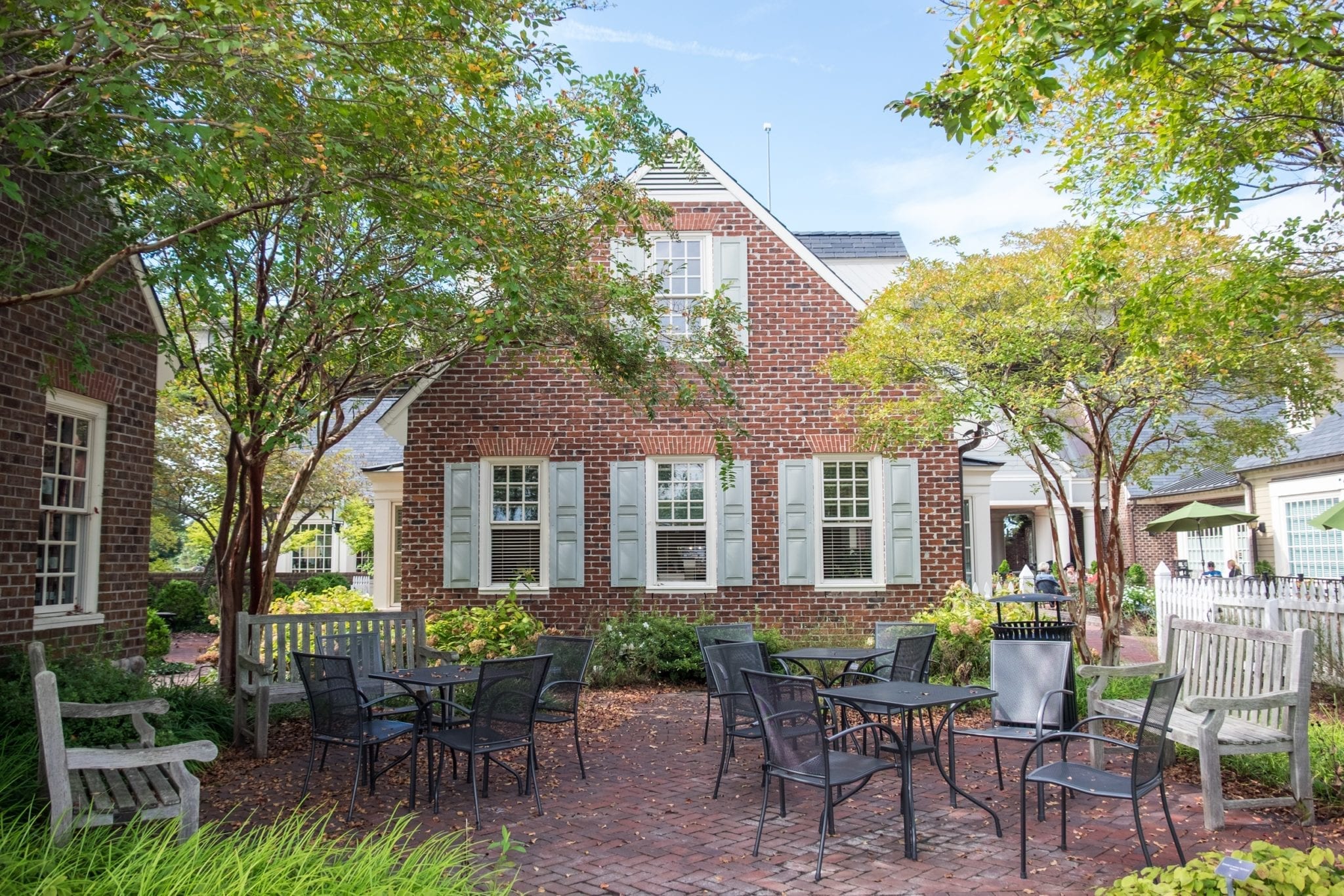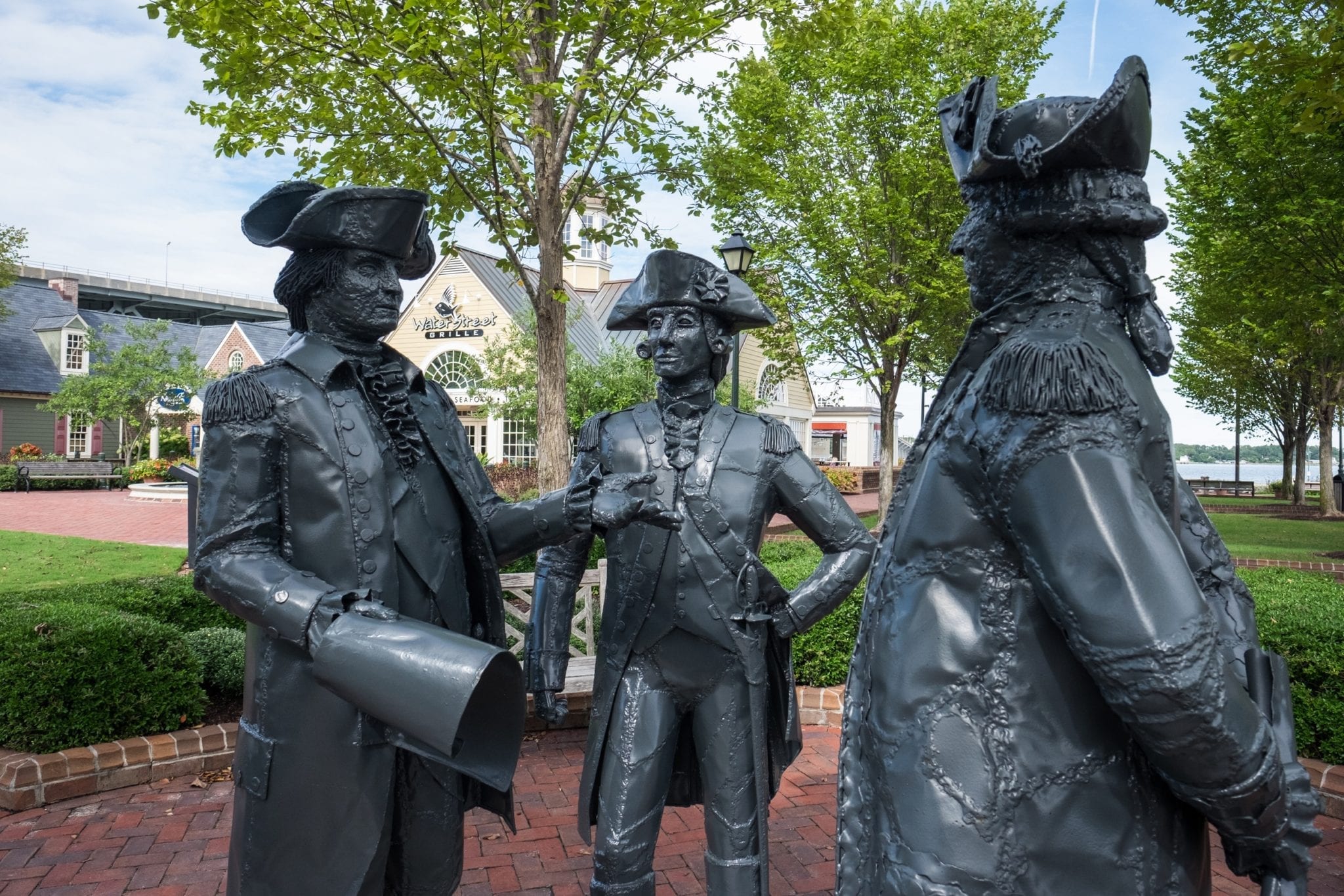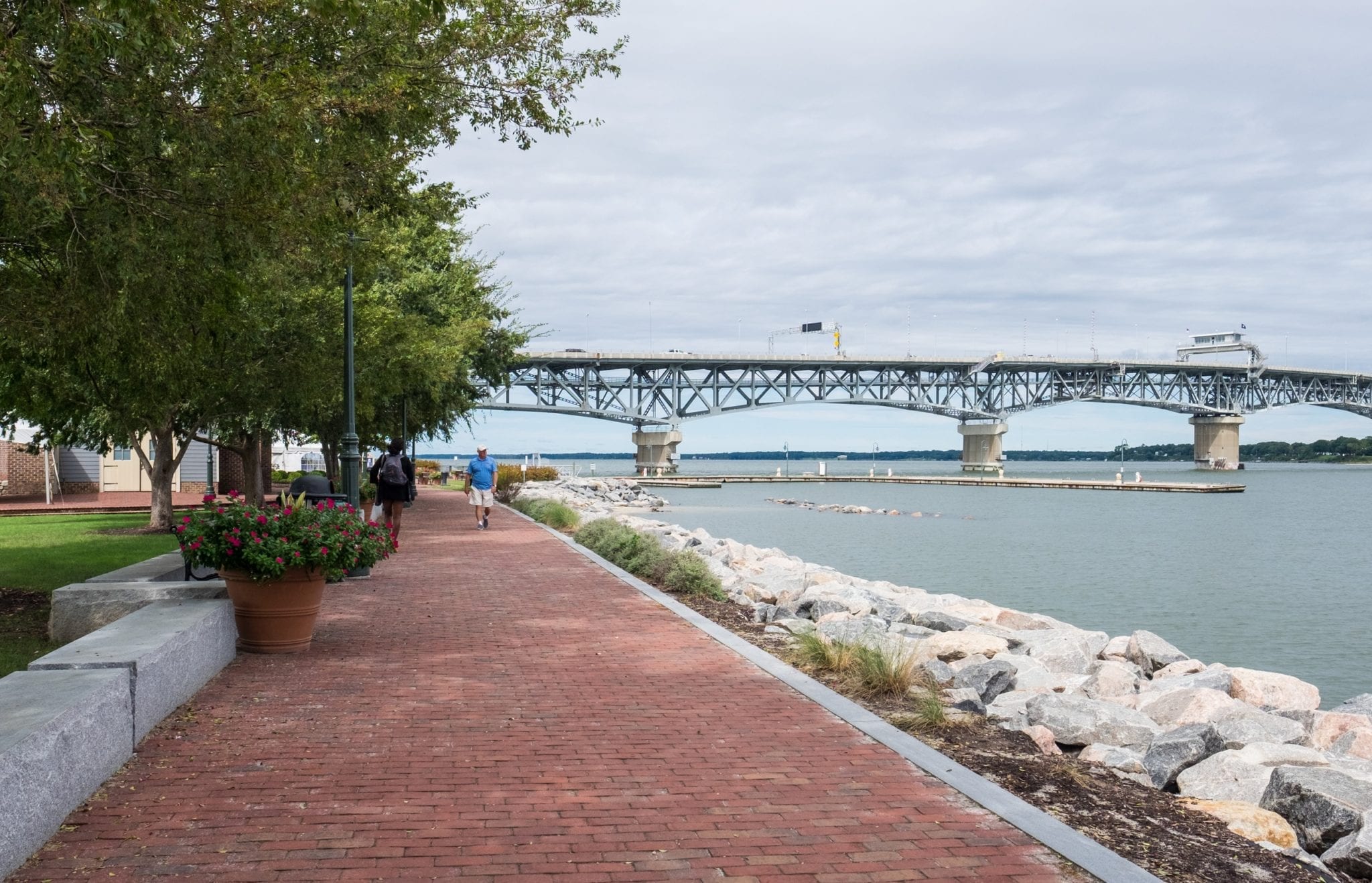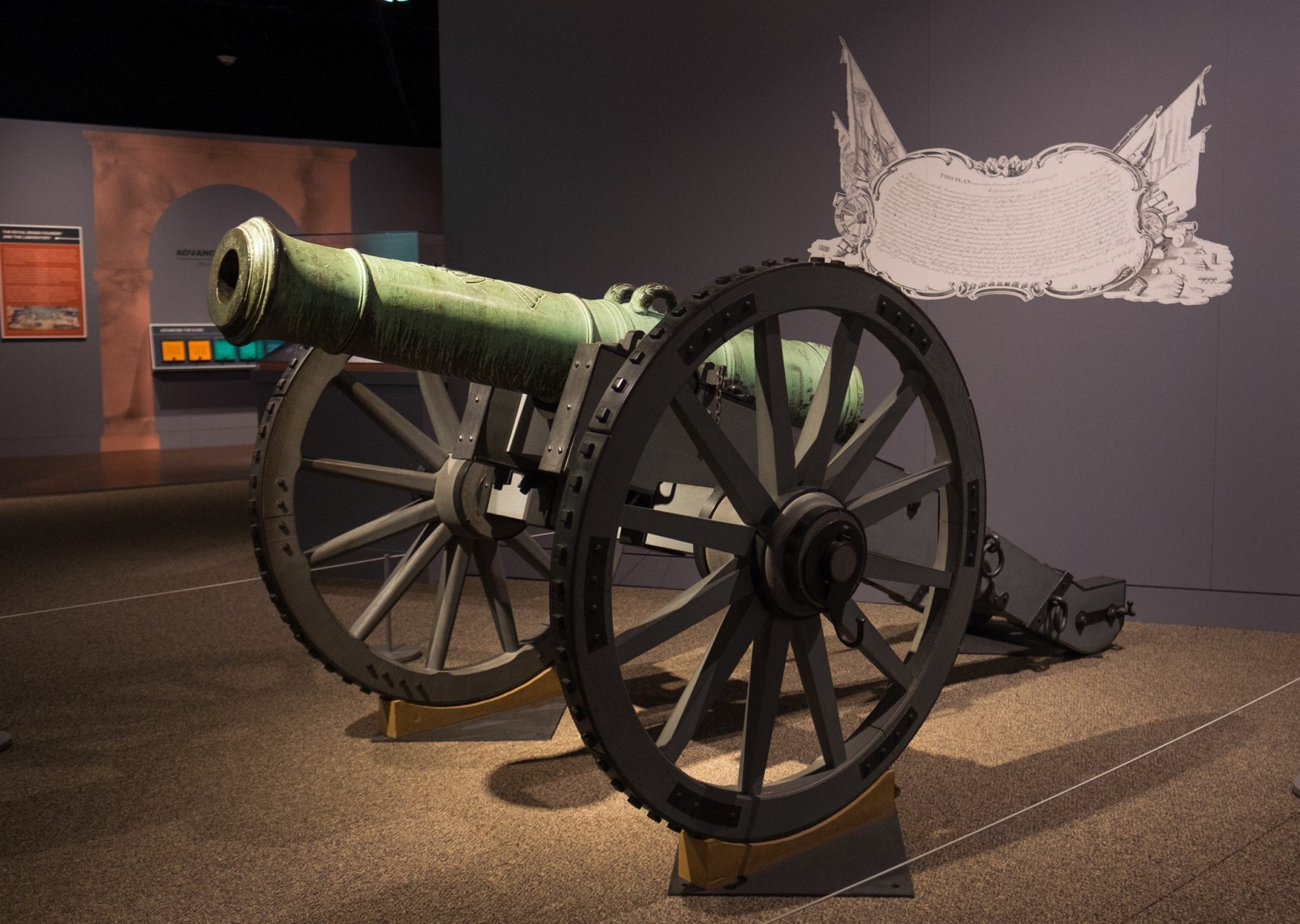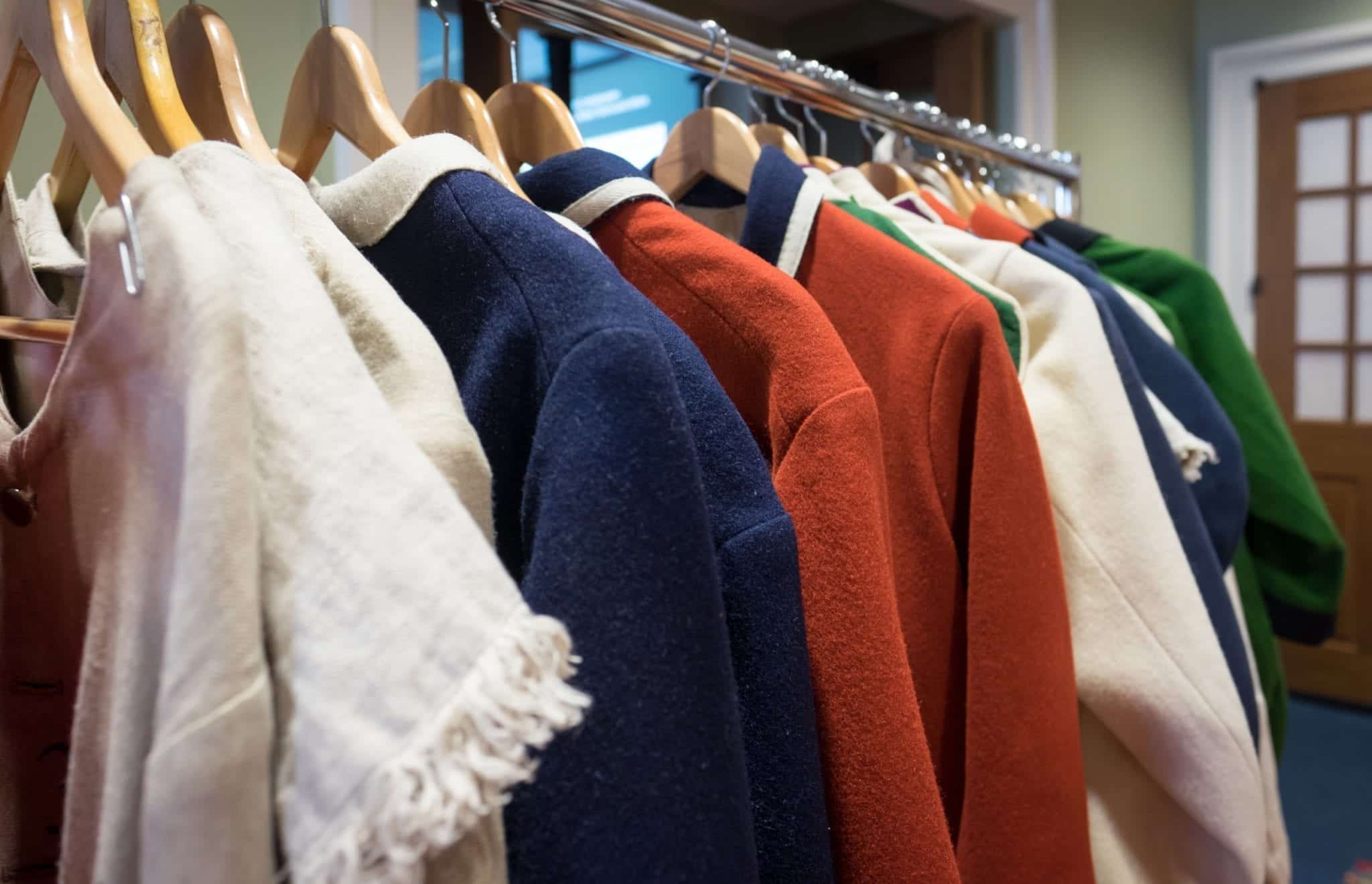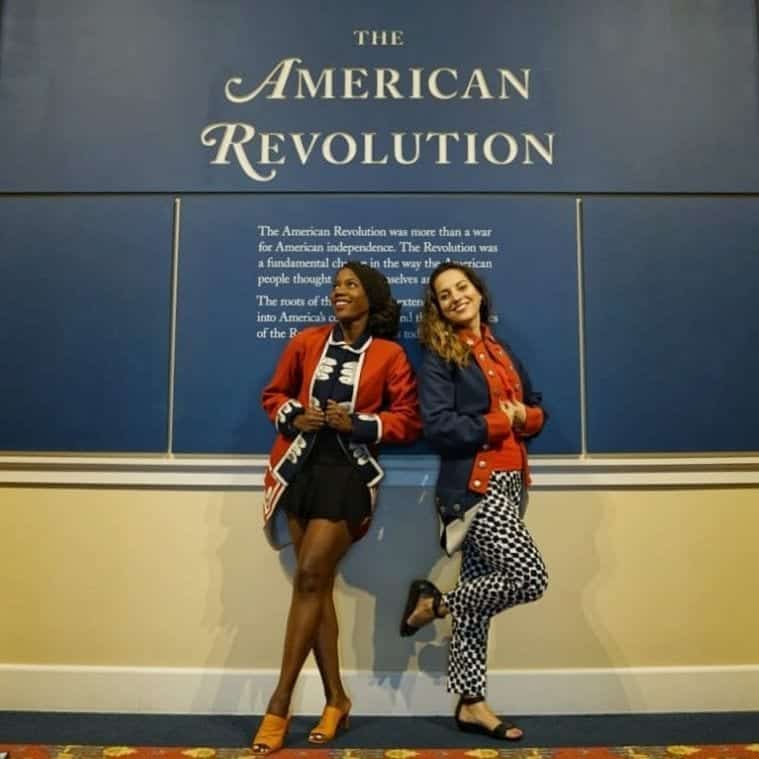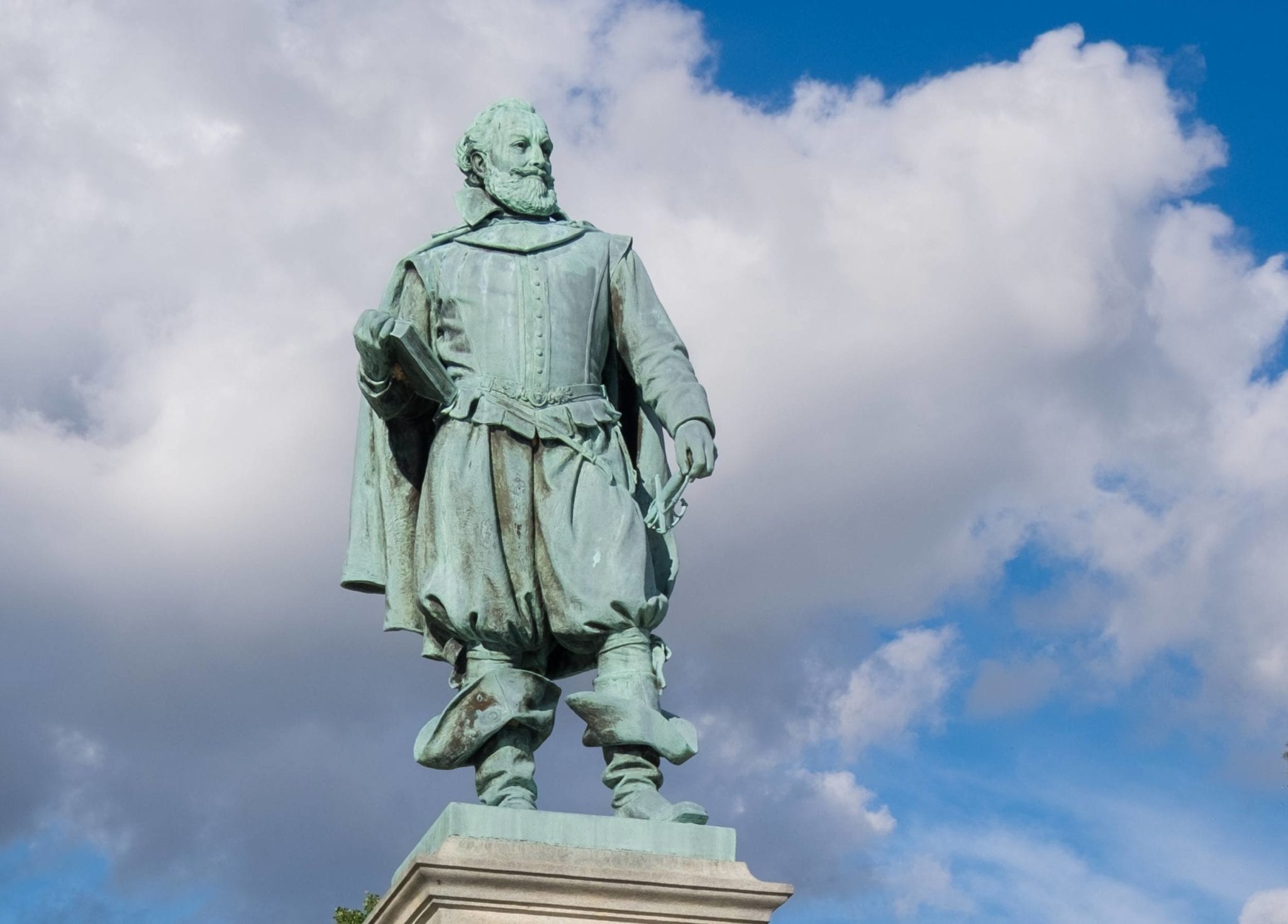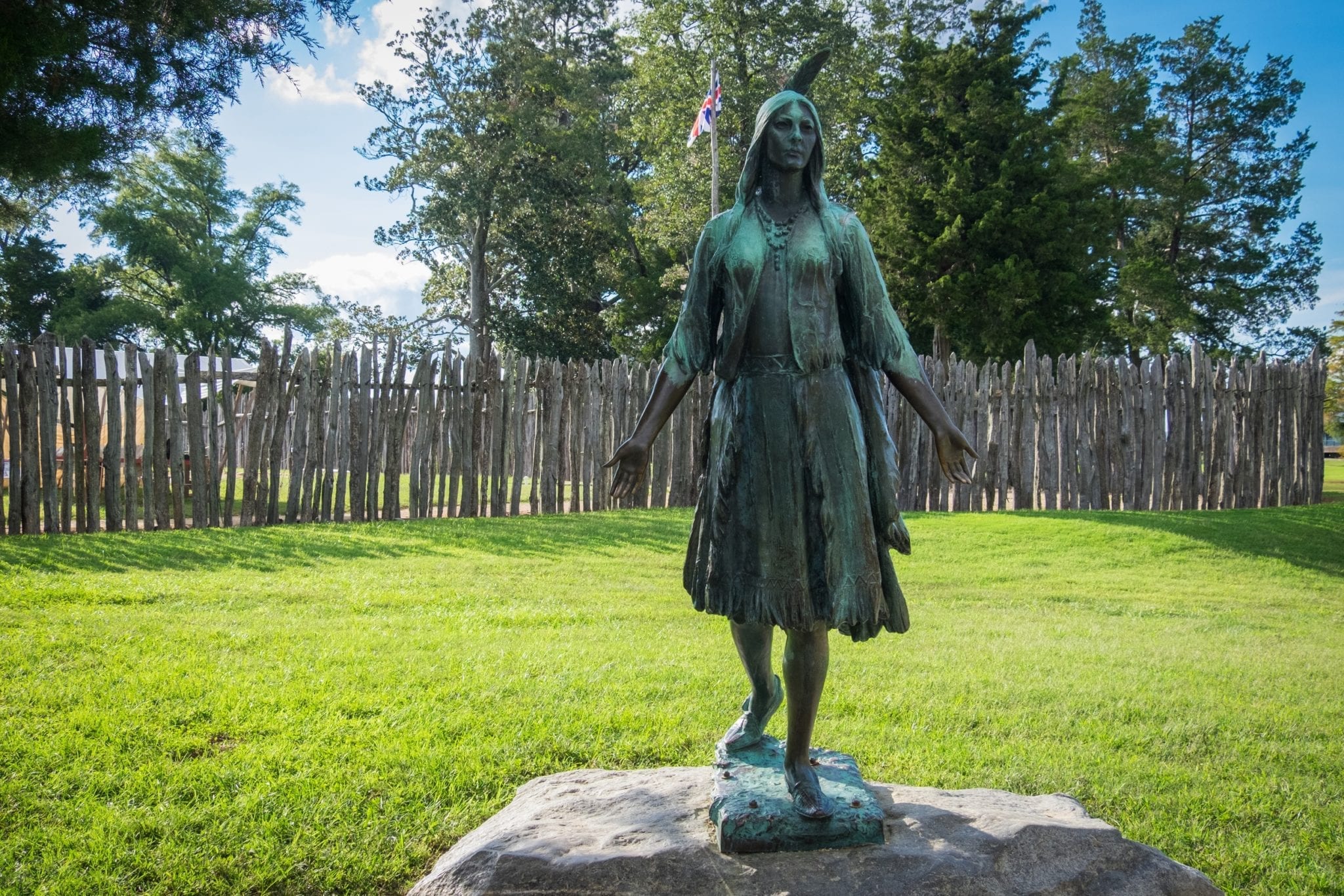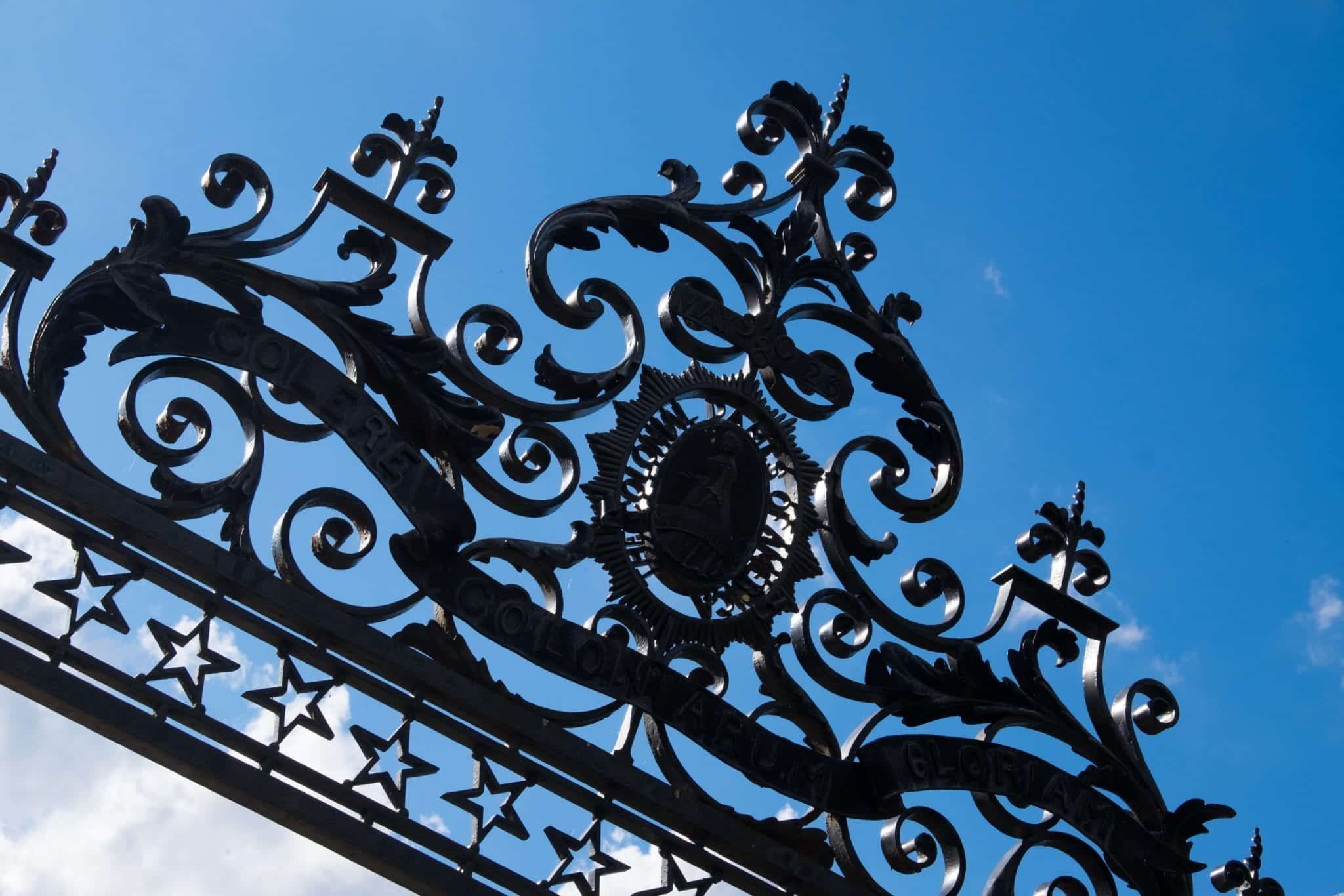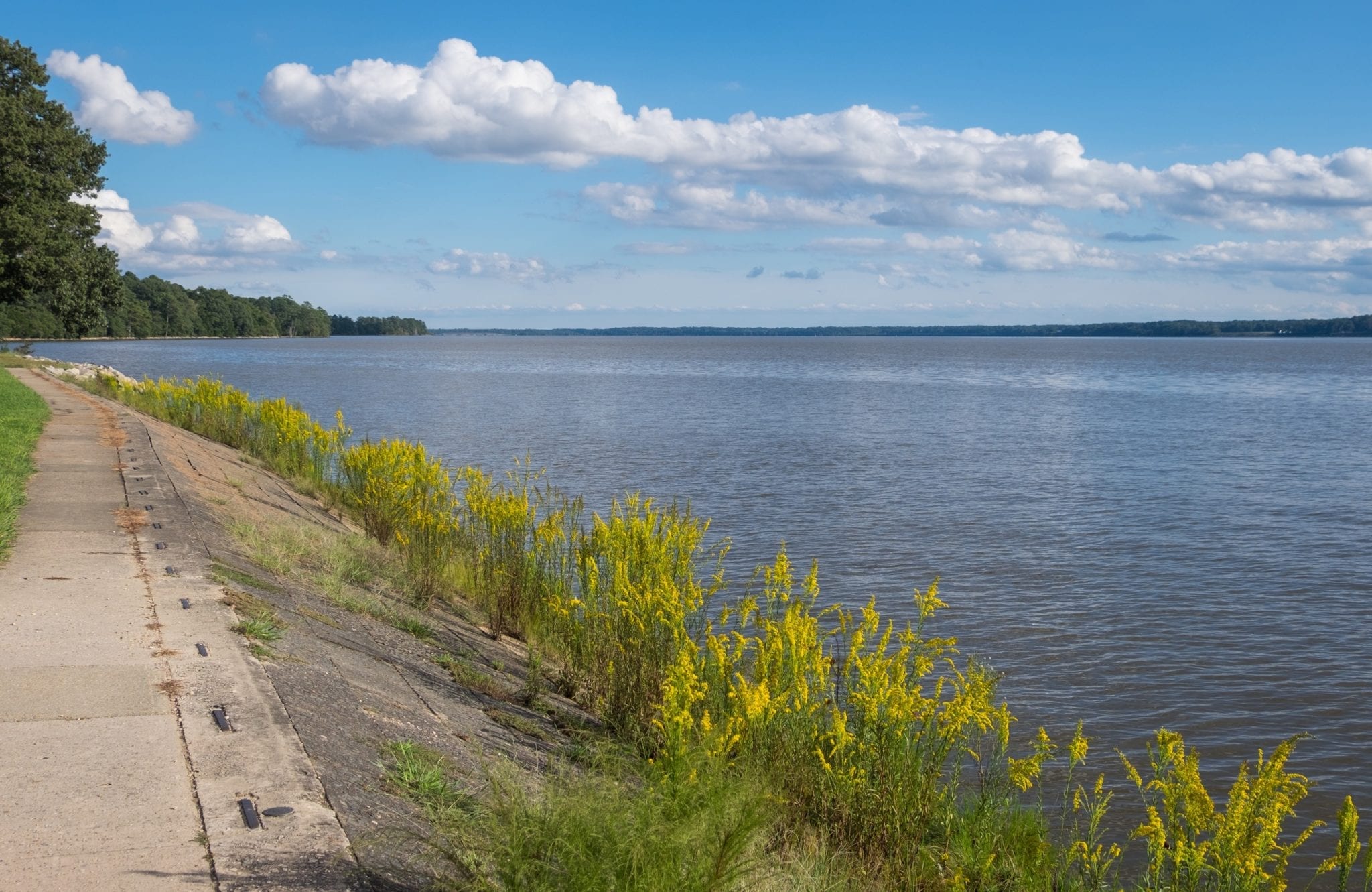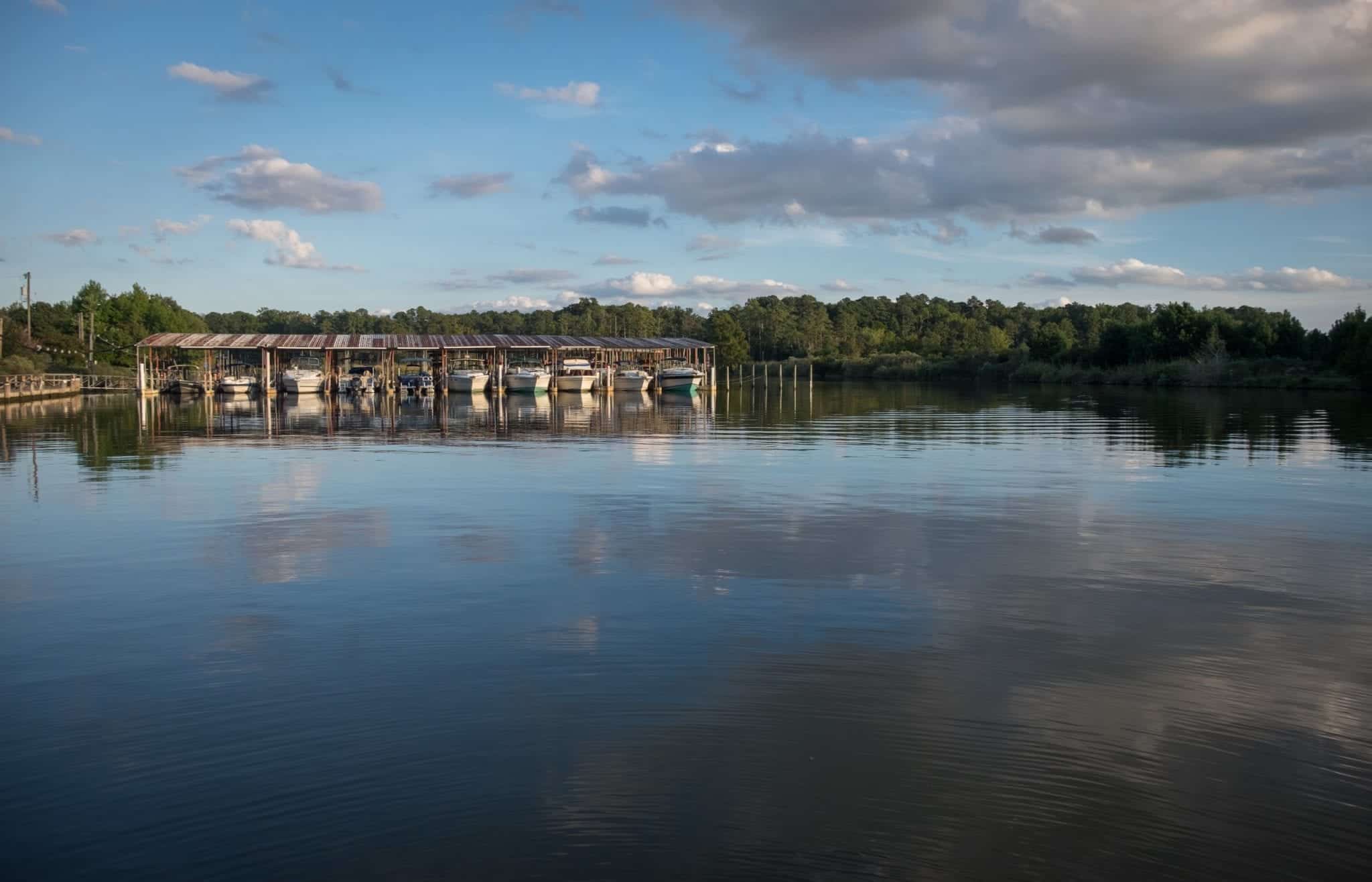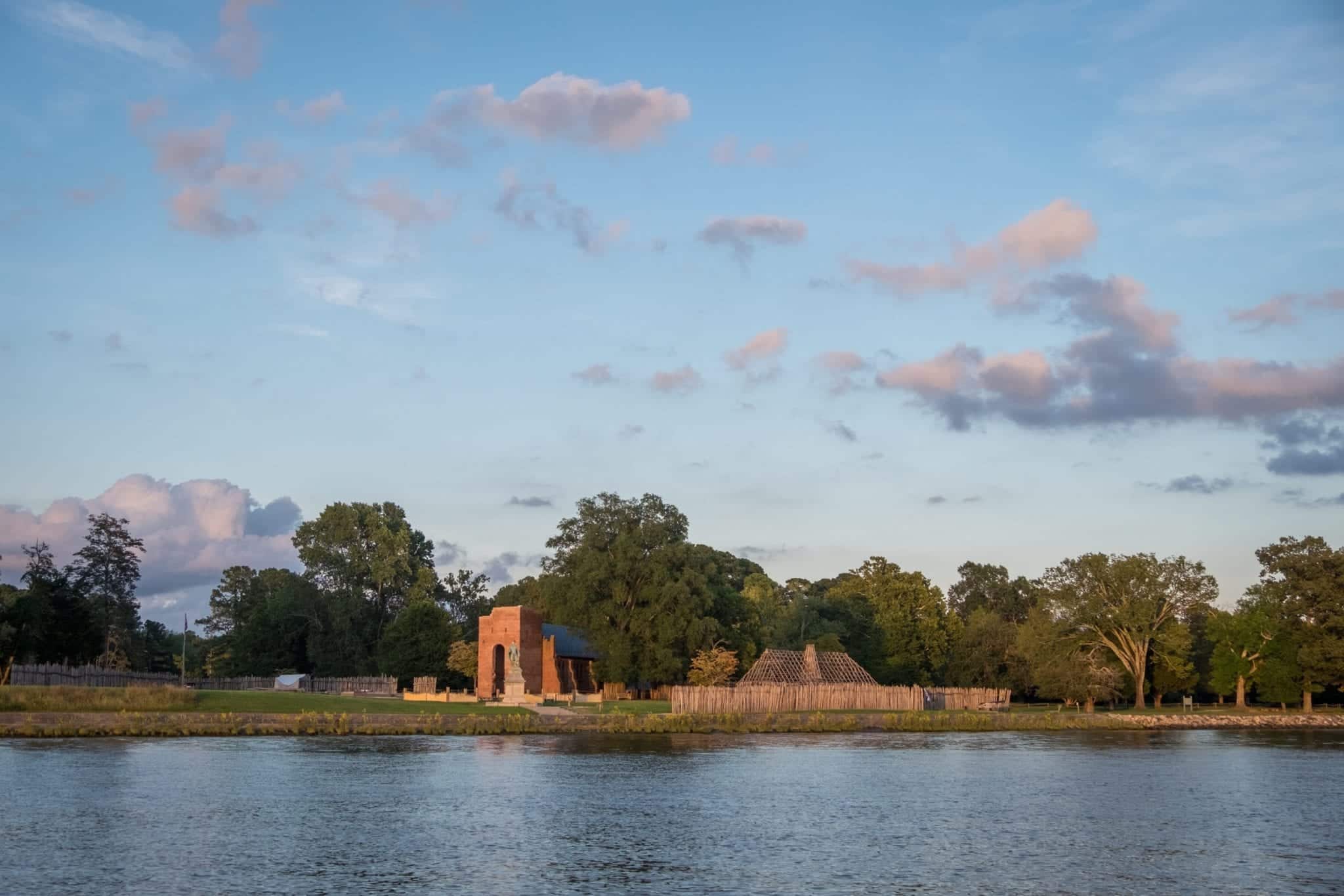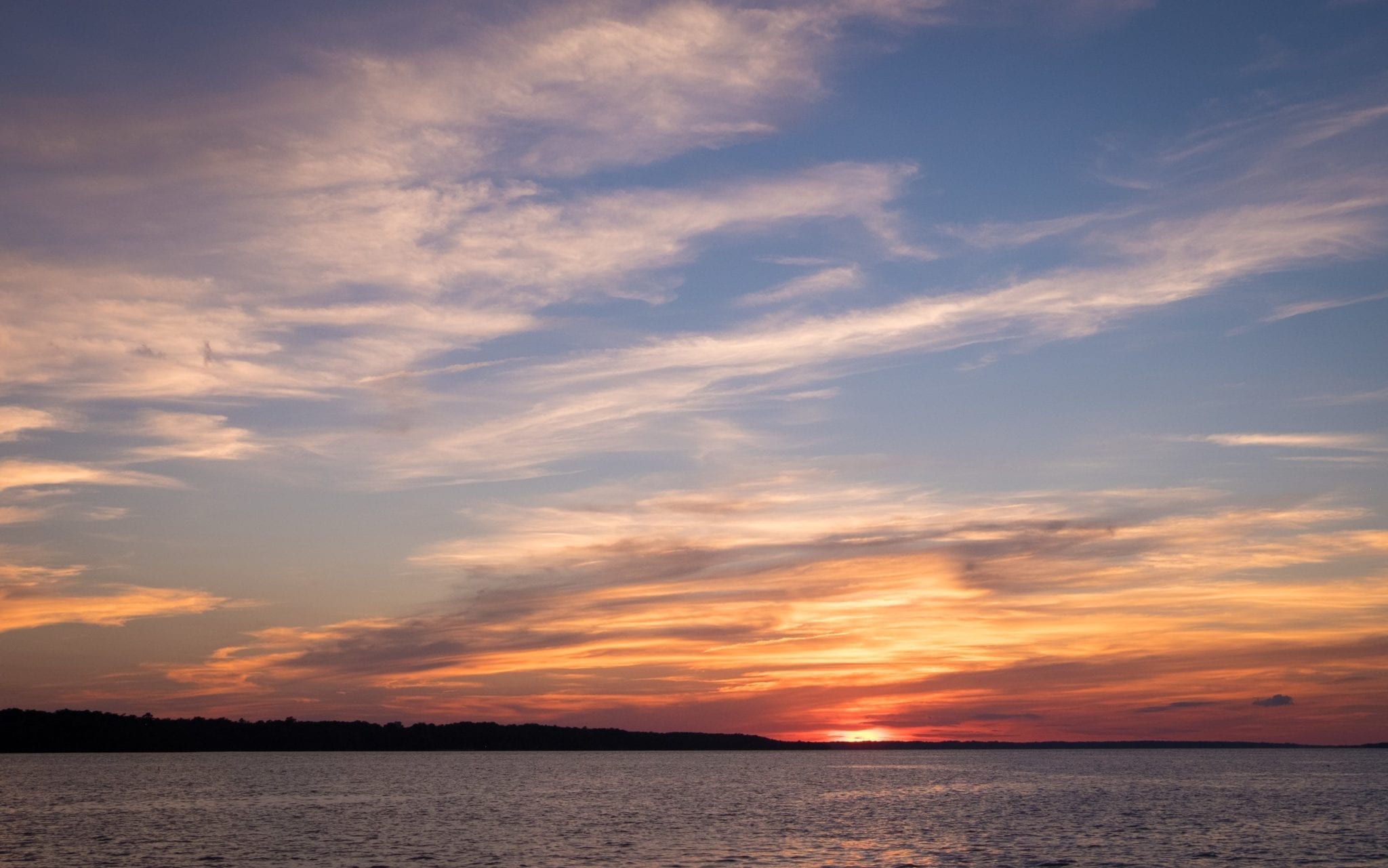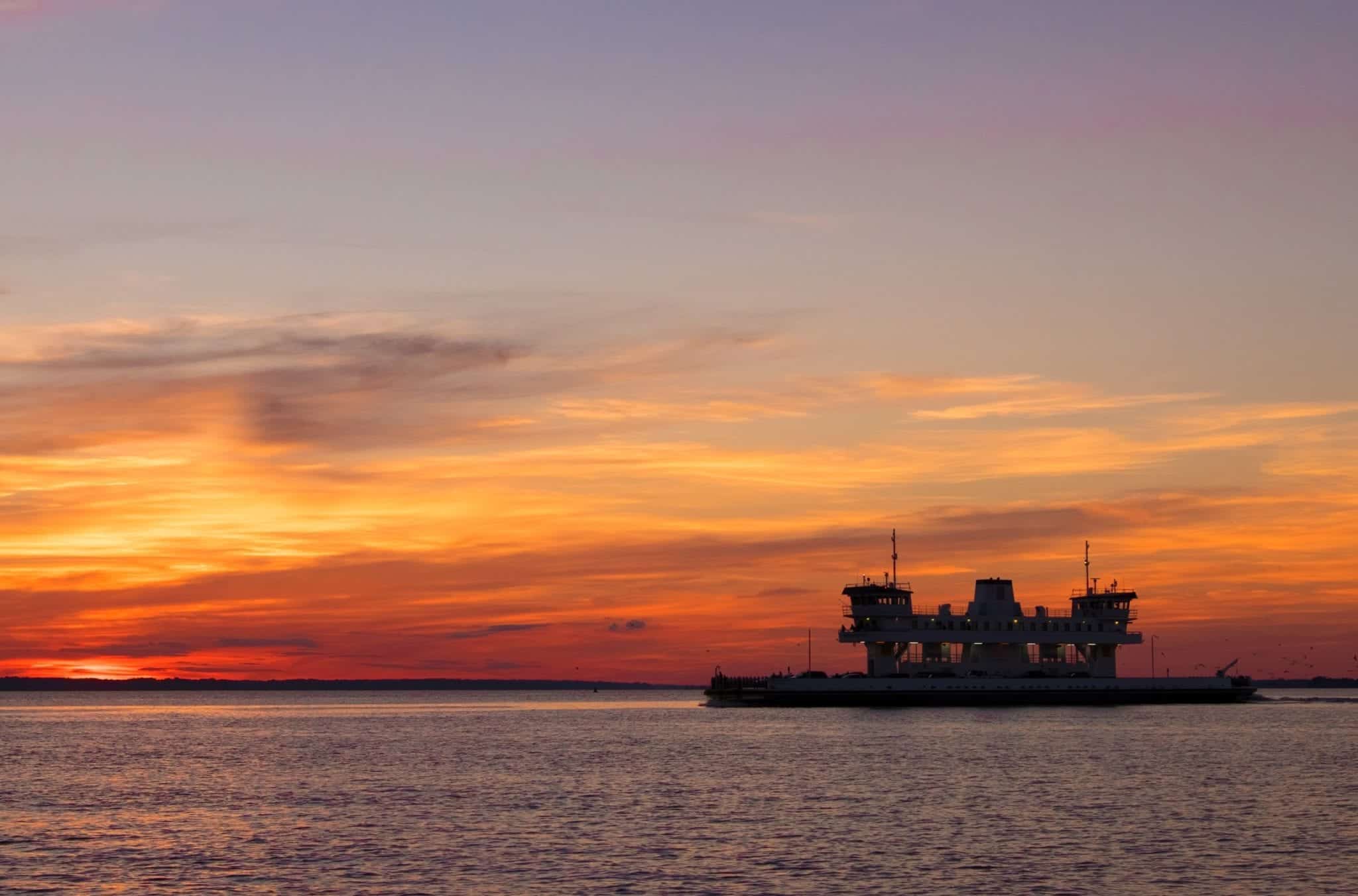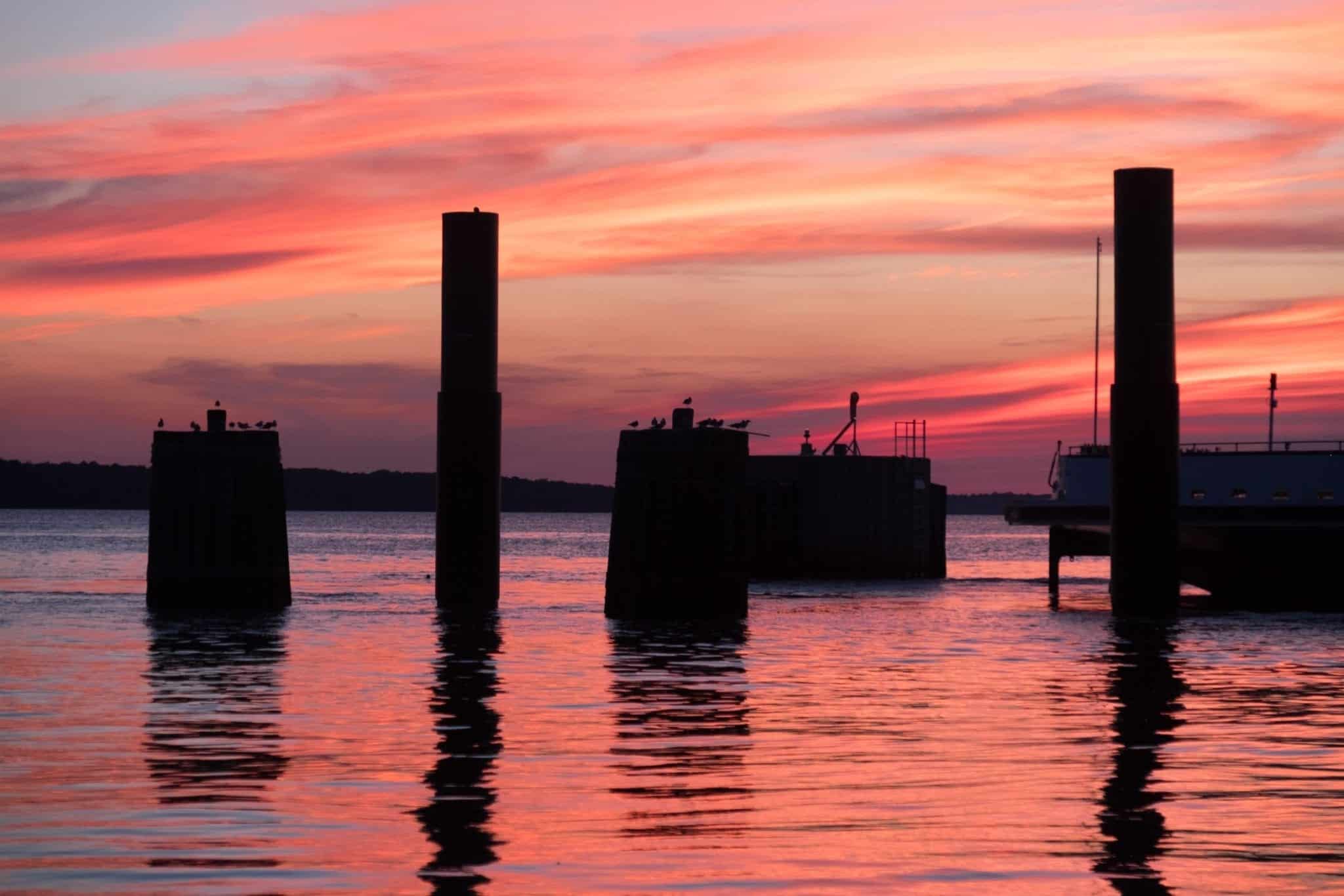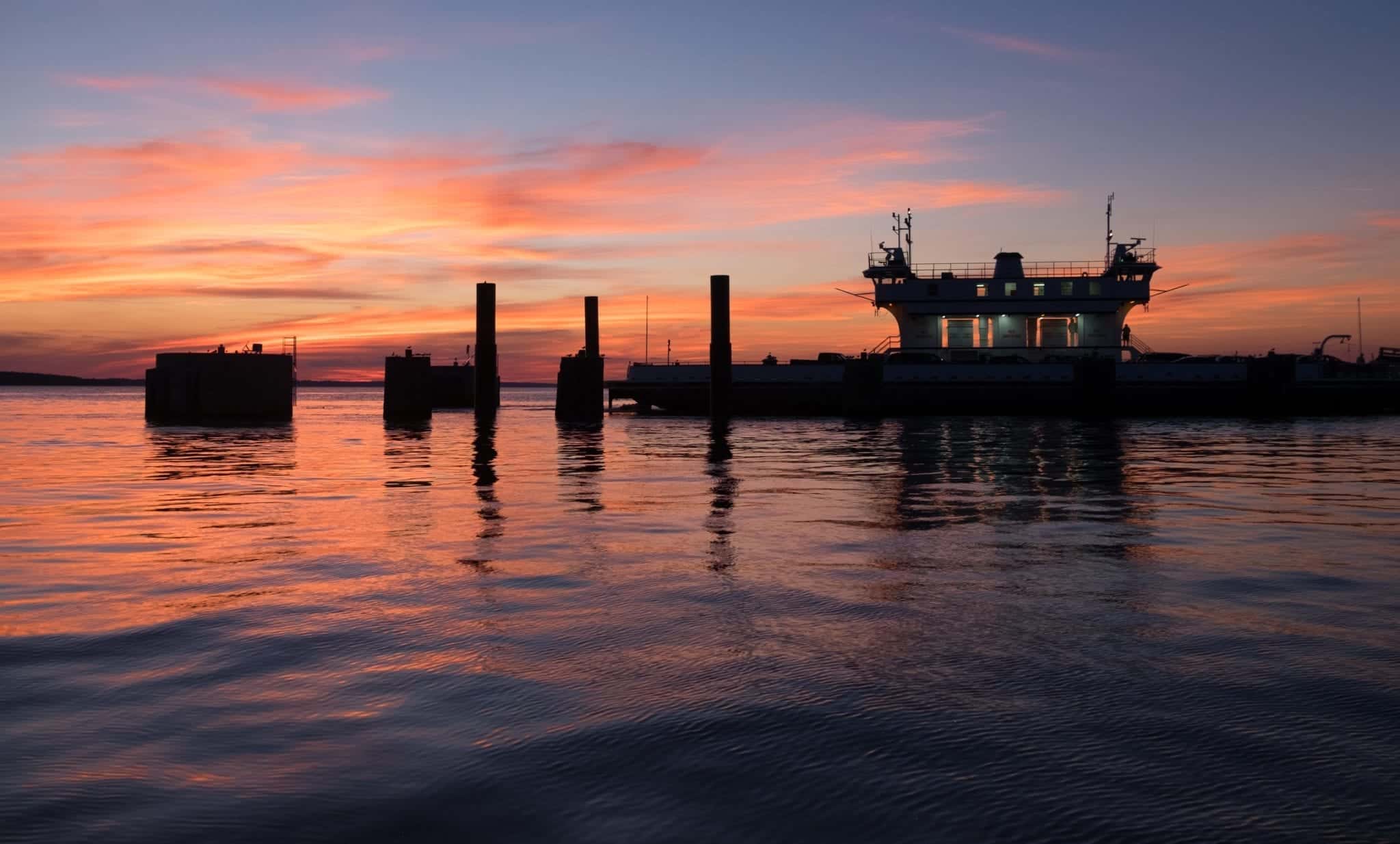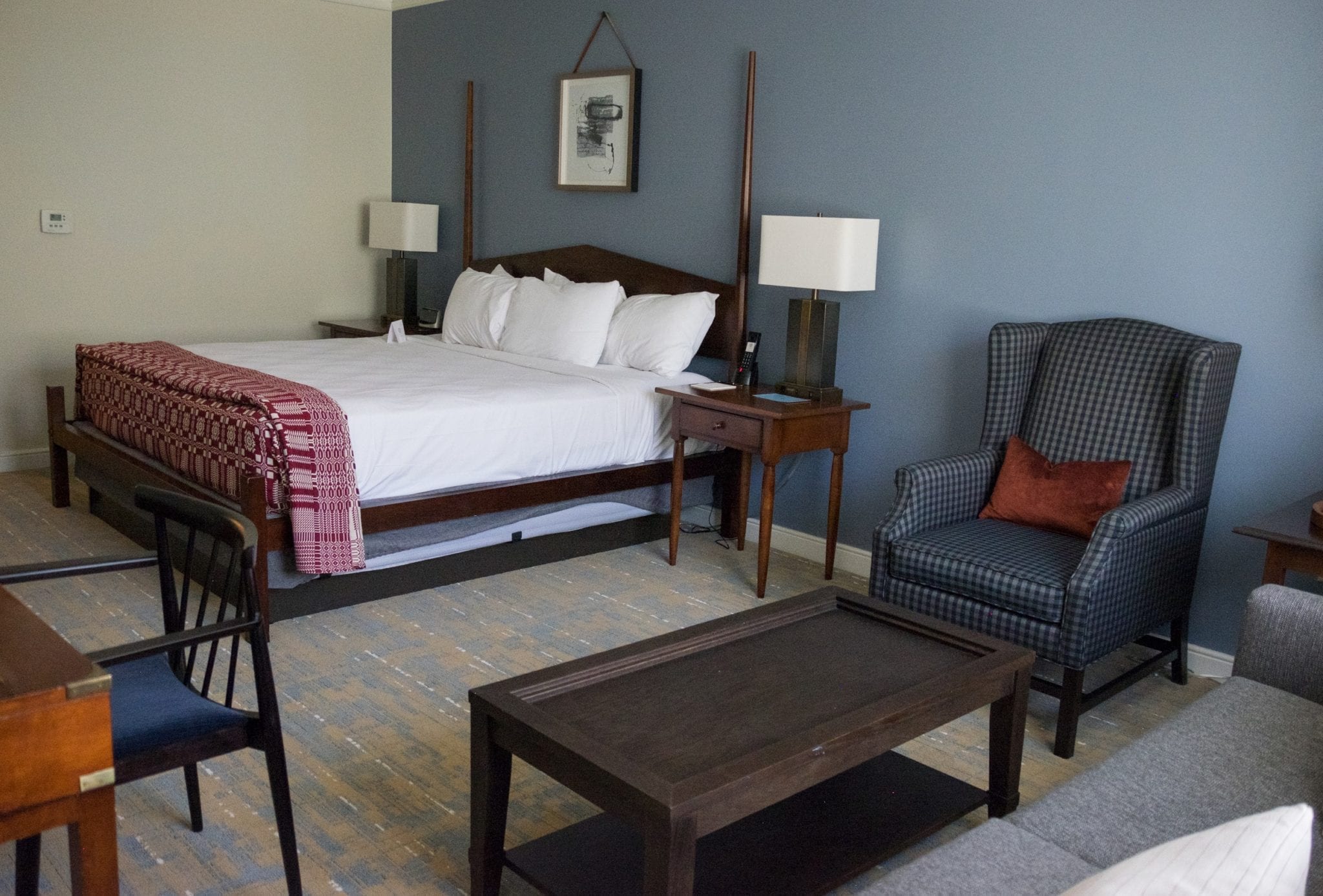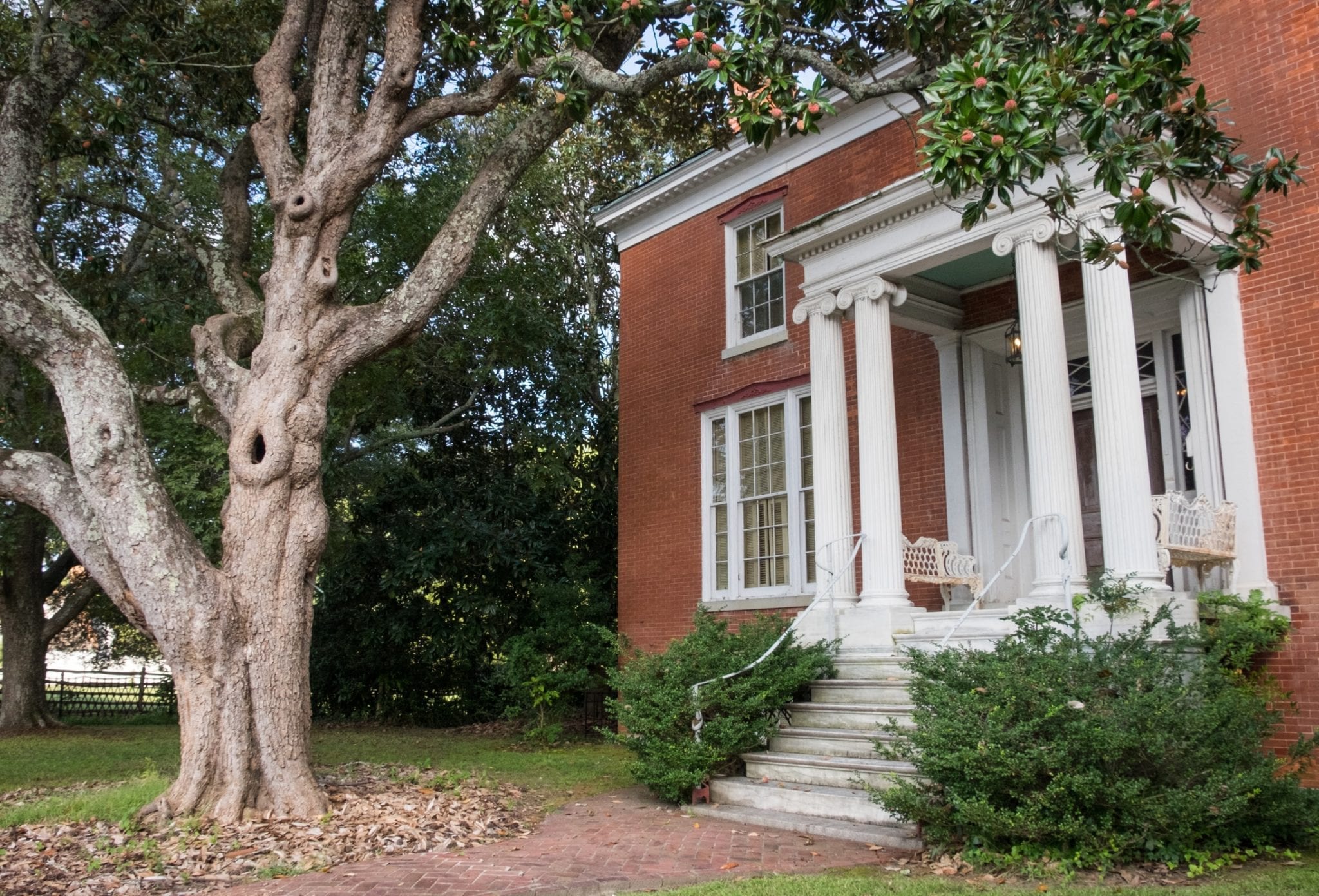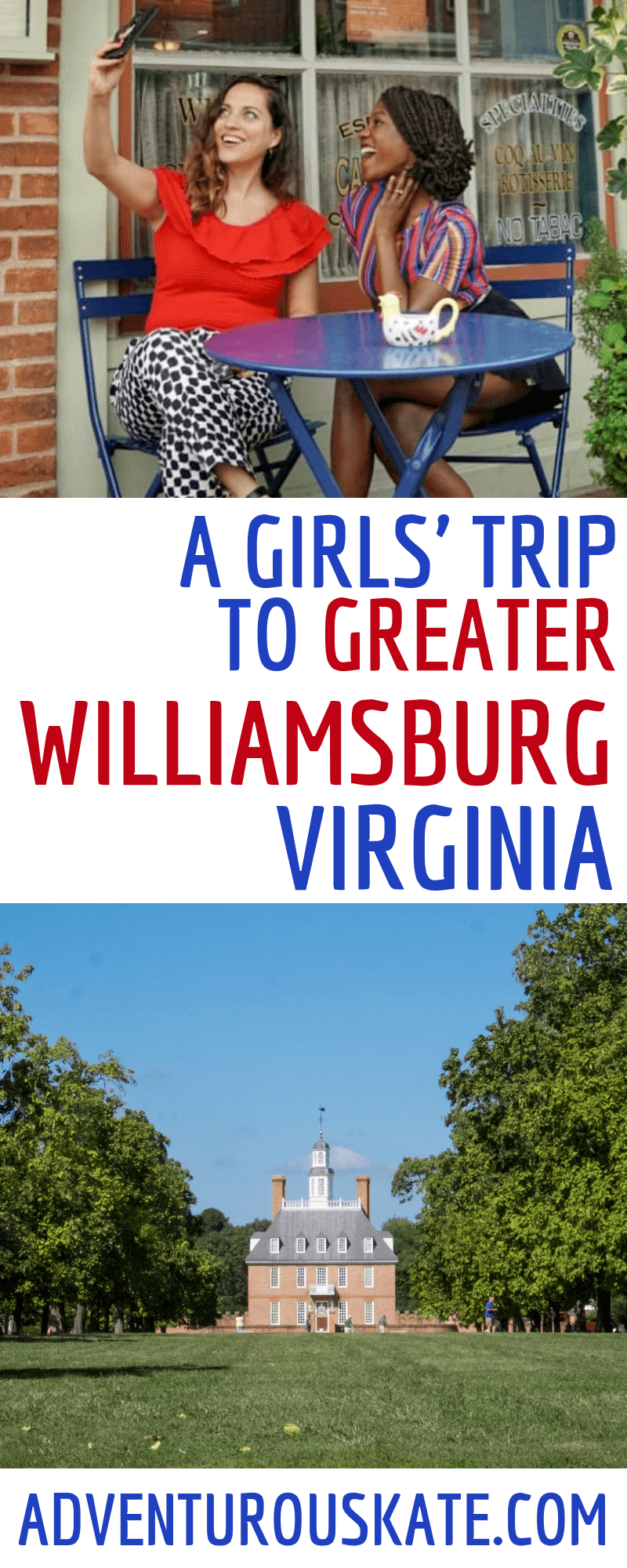
When I decided to travel Lebanon, I had little idea what to expect. There’s not a ton of information on the web, and very few travel bloggers have traveled there or written about it.
It was a bit of a question mark. But that was exactly what I wanted.
My mission has always been to show women how to travel the world safely. At the same time, though, I’ve always felt the urge to be a bit different — to write about places that don’t get the same coverage. In 2010, that meant doing an extended trip exclusively in Southeast Asia (believe it or not, that was very unusual back then!). In 2018, that meant exploring places like Lebanon when every other blogger seems to focus on massively overtouristed destinations like Iceland, Bali, and Barcelona.
And so I went to Lebanon in May 2018. I treated the trip like a fact-finding mission and spent a week exploring the small country as much as possible, experiencing what it’s like to travel Lebanon as a woman on her own so I could share the results with all of you.
So, what’s Lebanon actually like? I’m glad you asked.
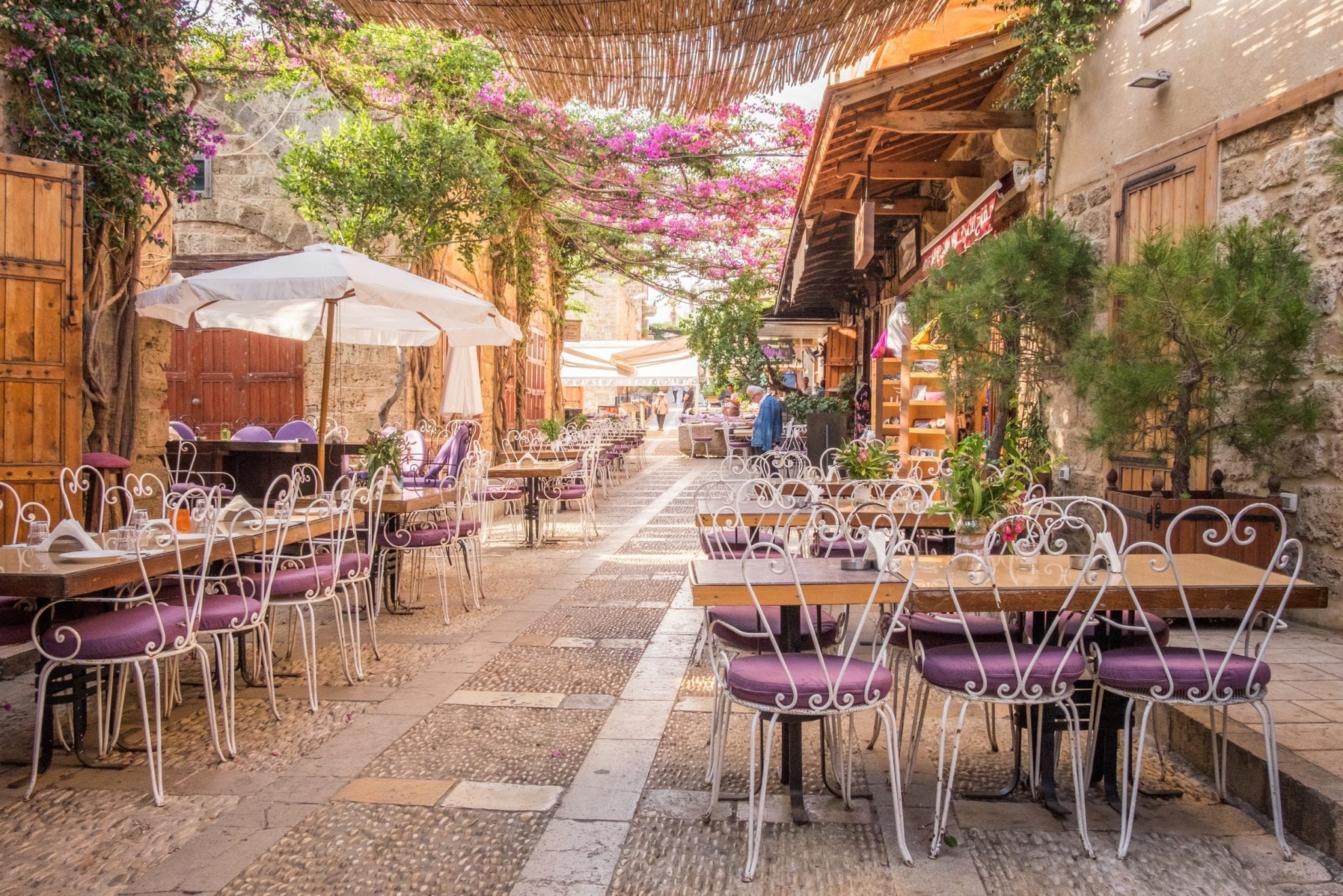
Lebanon is much safer than people think it is.
Like many destinations in the Middle East, Lebanon has an unfair reputation. The media paints the image of war, suicide bombers, and riots, but this is nothing like what you would see in Lebanon (or the vast majority of the Middle East) today.
Lebanon has had wars in the past…like from 1975 to 1990. As in it ended when George H. W. Bush was president. More recently, a 34-day war took place in 2006 between Hezbollah and Israeli Defense Forces. That was 12 years ago, when George W. Bush was president. There hasn’t been a war in the 12 years since.
The violence that happens in Lebanon today is random and somewhat rare — not unlike mass shootings in the United States. I would argue that Lebanon is far safer than the US in this regard, as there are far fewer guns in Lebanon and there are checkpoints and military personnel everywhere.
So what does Lebanon actually feel like? It feels peaceful. It feels normal. It feels quite a bit like traveling in the southern Balkans, actually — between the Mediterranean setting, war scars in the distant past, and hovering the line between developing and developed. Not once did I ever feel remotely in danger.
I took safely seriously. I didn’t travel to refugee camps or the unsafe far northeast of the country just for the hell of it, and after hearing mixed reviews from locals, I decided to nix Tripoli, which in retrospect was probably excessively cautious.
This post by Against the Compass is an excellent resource for travel safety in Lebanon. It’s updated periodically with the latest safety information. I encourage you to save it and take a closer look before your trip.
I also recommend checking out the US State Department travel advisory and UK travel safety advice for Lebanon. I find that the US warnings tend to be more alarmist, while the UK warnings tend to be more realistic.
Most importantly, travel insurance is essential for trips to Lebanon — and to anywhere else in the world, frankly. If you need to be hospitalized with a broken bone or appendicitis, or if you have an emergency and miss your trip, or if you get robbed on a bus, travel insurance will help you recoup your financial losses. I use and recommend World Nomads.
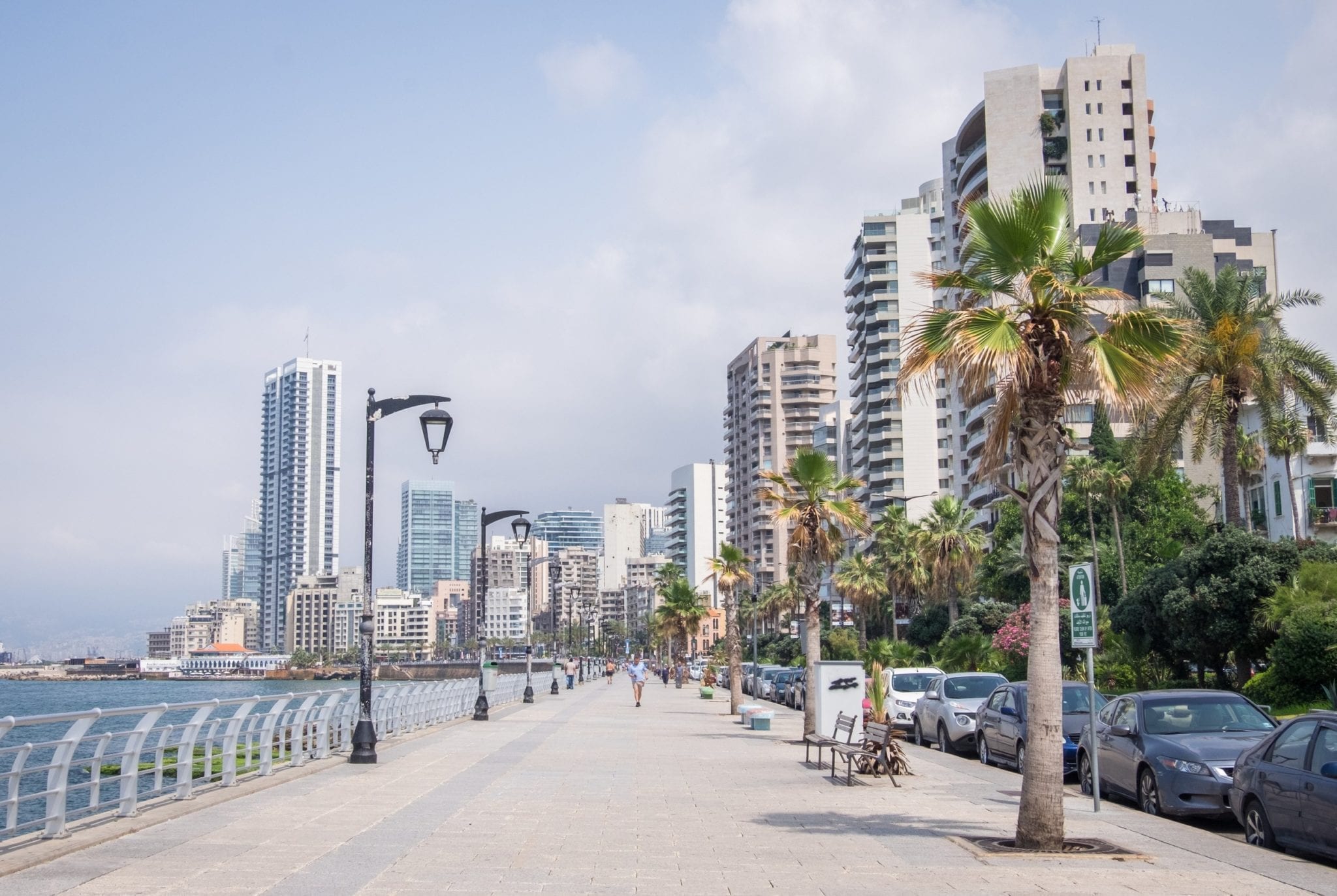
It’s a small country — and you can base in Beirut.
Almost everywhere in Lebanon can be reached within 2.5 hours of driving from Beirut. For that reason, I found it most efficient to base myself in Beirut and take day trips from there.
But beyond the convenience, Beirut is such a cool city. Most Middle Easterners consider it to be the most sophisticated city in the region, not least because it’s far more liberal than other parts of the Middle East. I was there during Ramadan and people were still drinking and partying in the streets. (In Dubai, you can’t even eat in public during Ramadan.)
Beirut is home to epic clubs, like B-108, a former bunker where the roof retracts and you dance beneath the stars. You can spend the days sunning yourself at beach clubs with pools or shopping in luxury at the souks. And yes, hipster neighborhoods exist in Beirut — check out Mar Mikhael, or specifically, Gourad/Armenia Street, which is full of tons of cool restaurants and bars.
I stayed at the Radisson Blu Martinez, which is a nice, if somewhat dated, hotel and is in a central location in the Hamra neighborhood. I paid around $75 per night.
If you love crazy themed hotels, check out the Smallville Hotel— it’s Superman-themed and the the most Instagrammable hotel in the city! I went to a fun meetup there and loved the rooftop bar.
Find deals on hotels in Beirut here.
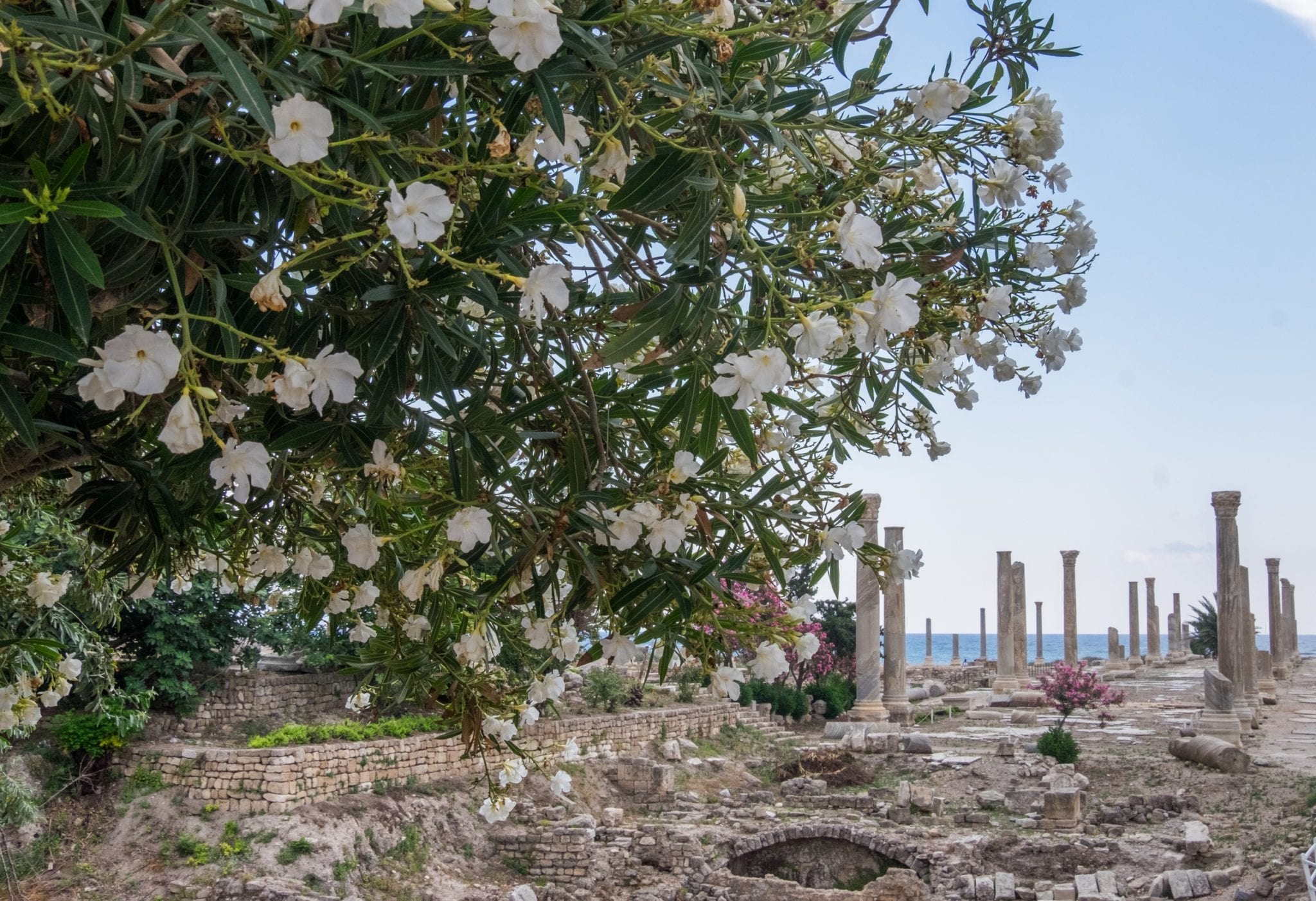
The infrastructure for travelers is limited.
One thing that sets Lebanon apart from more popular Middle Eastern destinations like Israel, Jordan, Egypt, and the UAE is that there’s much less travel infrastructure. What does that mean?
There are hotels, but they’re more oriented toward business and domestic travelers. Transportation around the country is limited. There is essentially one company with that does day tours around the country and has a web presence. ONE COMPANY. And if you think you’re going to find a tourism office in each town you visit, you’re crazy.
Hell, Lonely Planet doesn’t even have a Lebanon guidebook — just a Lebanon chapter in the Middle East guidebook (which I downloaded to keep on my phone, and I recommend you get it for your trip, too).
That means that travel planning is more of a challenge, and most of your traveling will be amongst locals. That’s one reason why I don’t think Lebanon is a good country for newbie travelers, only more experienced ones.
Most of the other tourists I met in Lebanon were from Europe or other parts of the Middle East. I also met several expats from other countries who were based in Dubai.
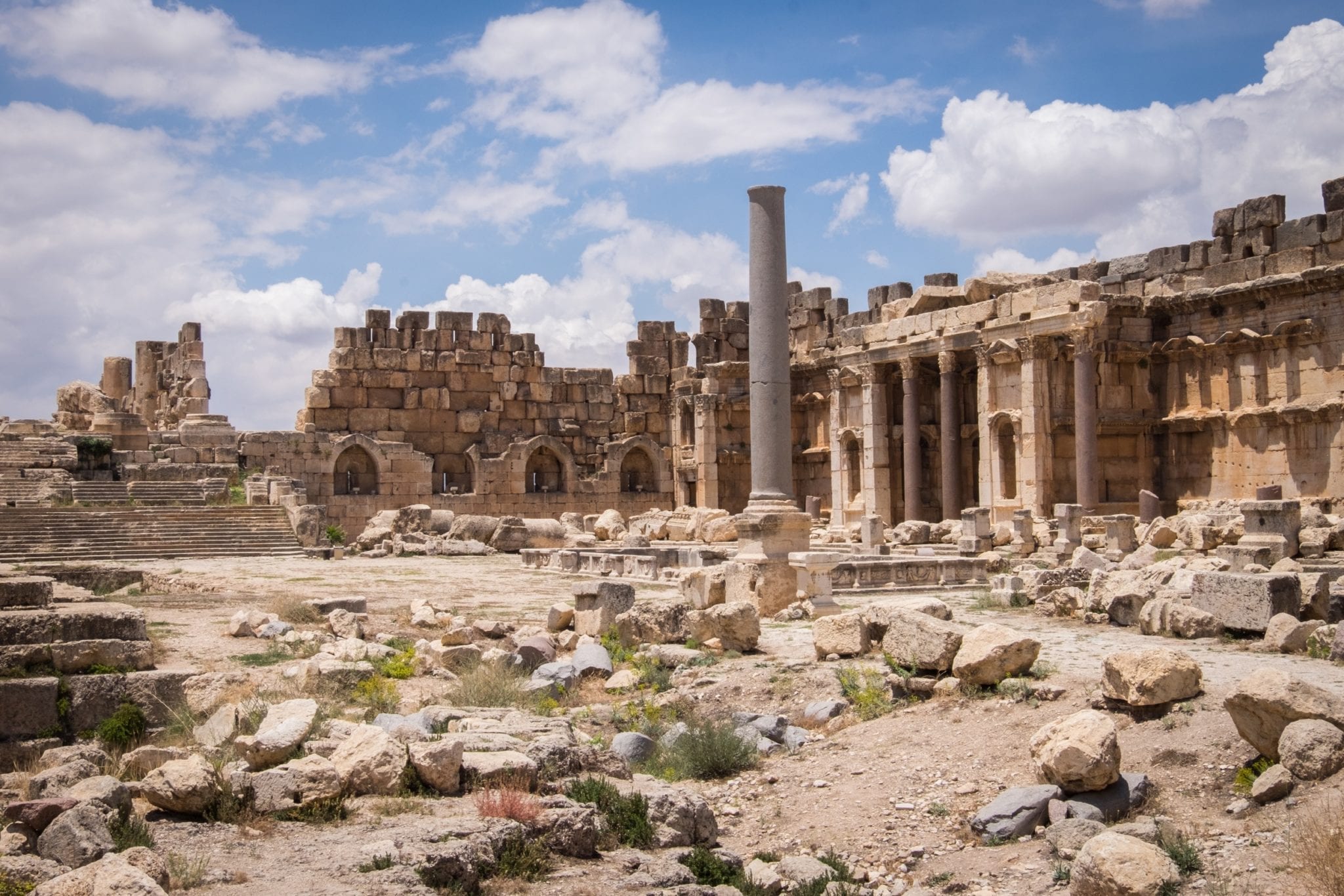
Lebanon is home to some of the best Roman ruins in the world.
If you love Ancient Rome in the least, you must check out two outstanding sets of ruins: Baalbek and Anjer. Both are UNESCO World Heritage Sites in the Beqaa Valley. The Jupiter Temple at Baalbek is one of the largest Roman temples on the planet. You don’t appreciate the true scale of it until you’re standing in the middle of it!
Also notable are the ruins of Tyre and Byblos, both of which are perched beautifully on the Mediterranean. Both of those are UNESCO World Heritage Sites, too. Basically, if you’re into ruins, you’ll have a great time in Lebanon.
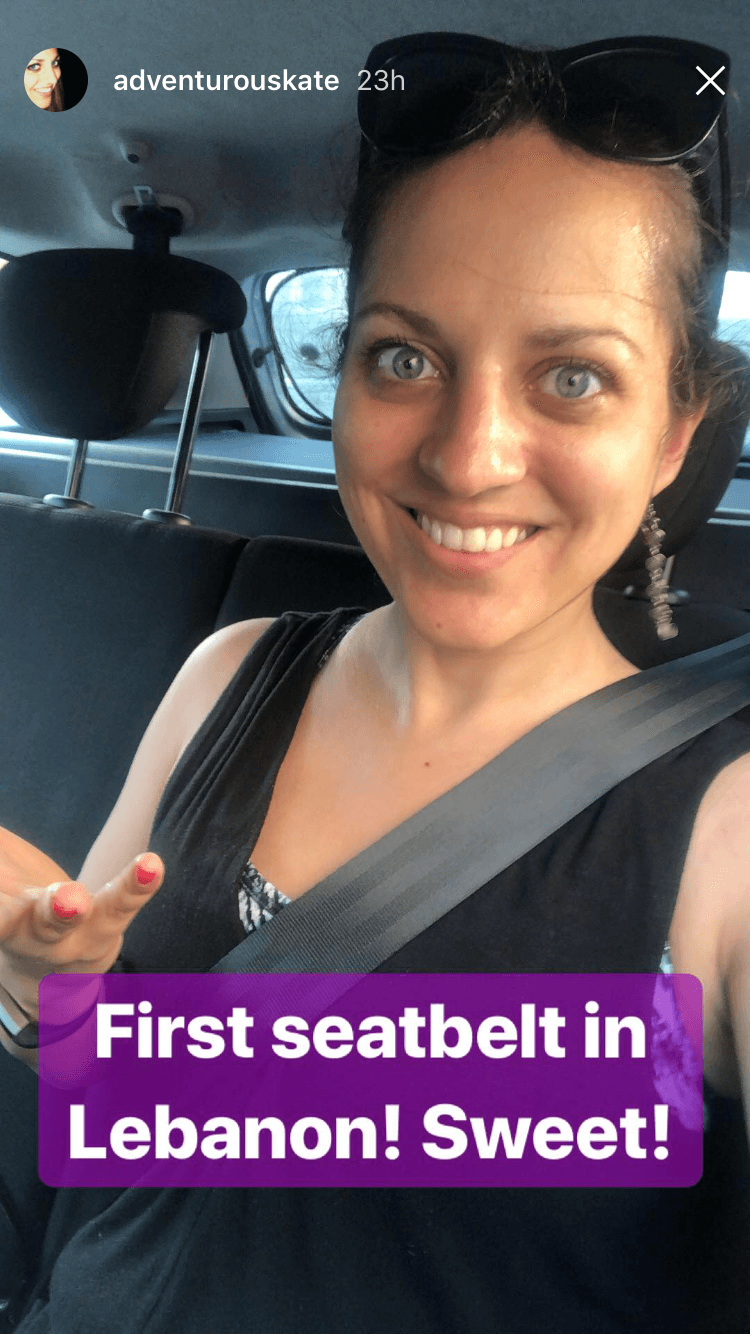
The driving is INSANE.
A lot of countries have crazy driving, which shouldn’t come as a surprise to a seasoned traveler. Lebanon is yet another one of them.
I always describe crazy driving in other countries as either Vietnamese-style or Maltese-style. In Vietnam, the driving is crazy, but the drivers all follow an established set of (somewhat ludicrous) rules. In Malta, the driving is reckless with no regard for any drivers or pedestrians. In my opinion, Lebanon falls into the Vietnamese category — it’s chaotic, but everyone is on the same page.
For this reason, I don’t recommend driving in Lebanon unless you are an expert driver who relishes driving in crazy environments. We all have a friend who is into challenging driving — this is their place to shine. If that’s not you, I urge you not to drive in Lebanon. You’ll leave with far fewer gray hairs as a result.
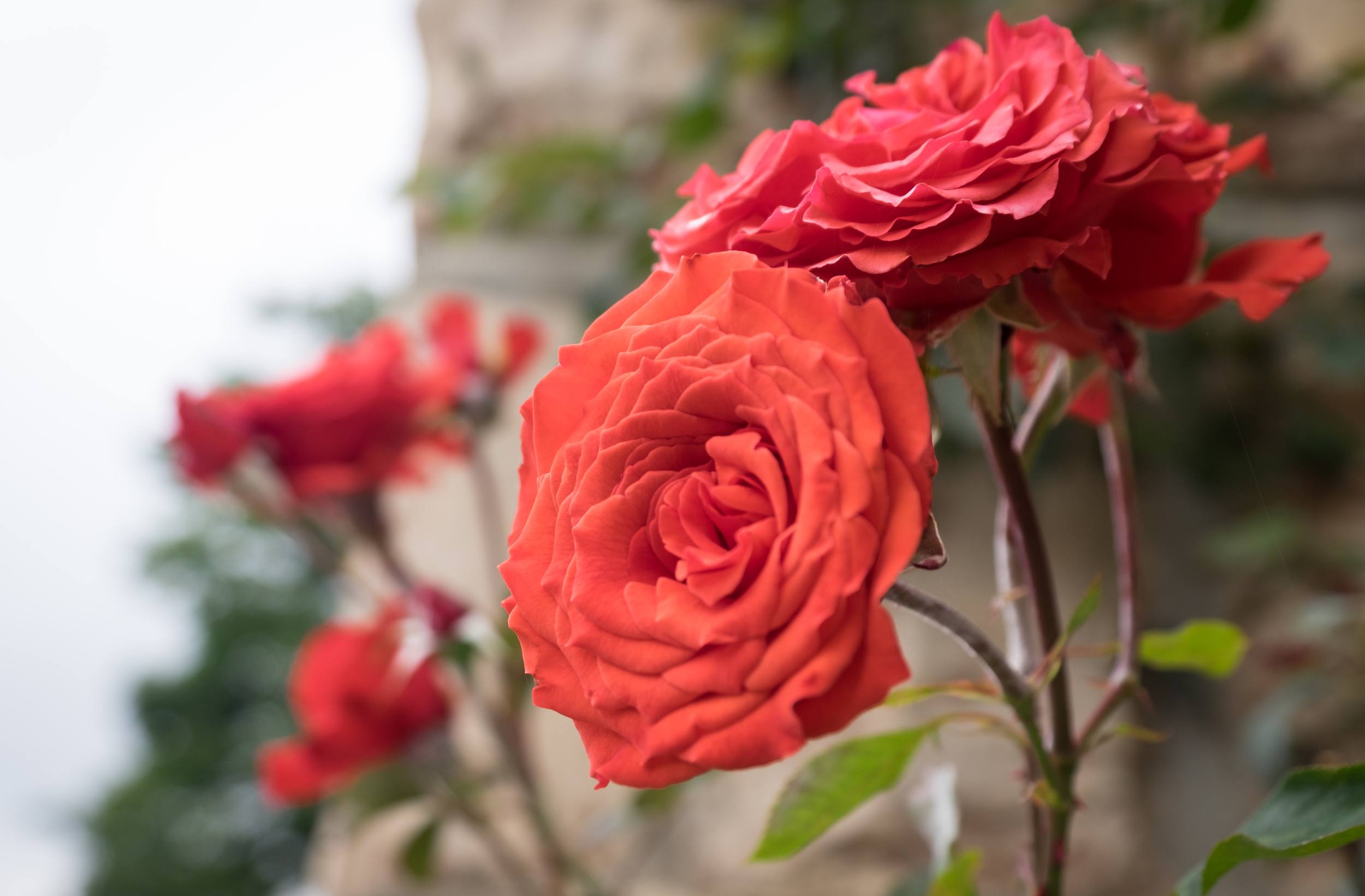
Red roses bloom everywhere.
That’s just a lovely perk of traveling in Lebanon. I doubt this happens year-round, but my trip in late May and early June was resplendent with roses. (Related: the rose emoji is very popular in the Arabic-speaking world. Think of it as the Middle East’s “100.”)
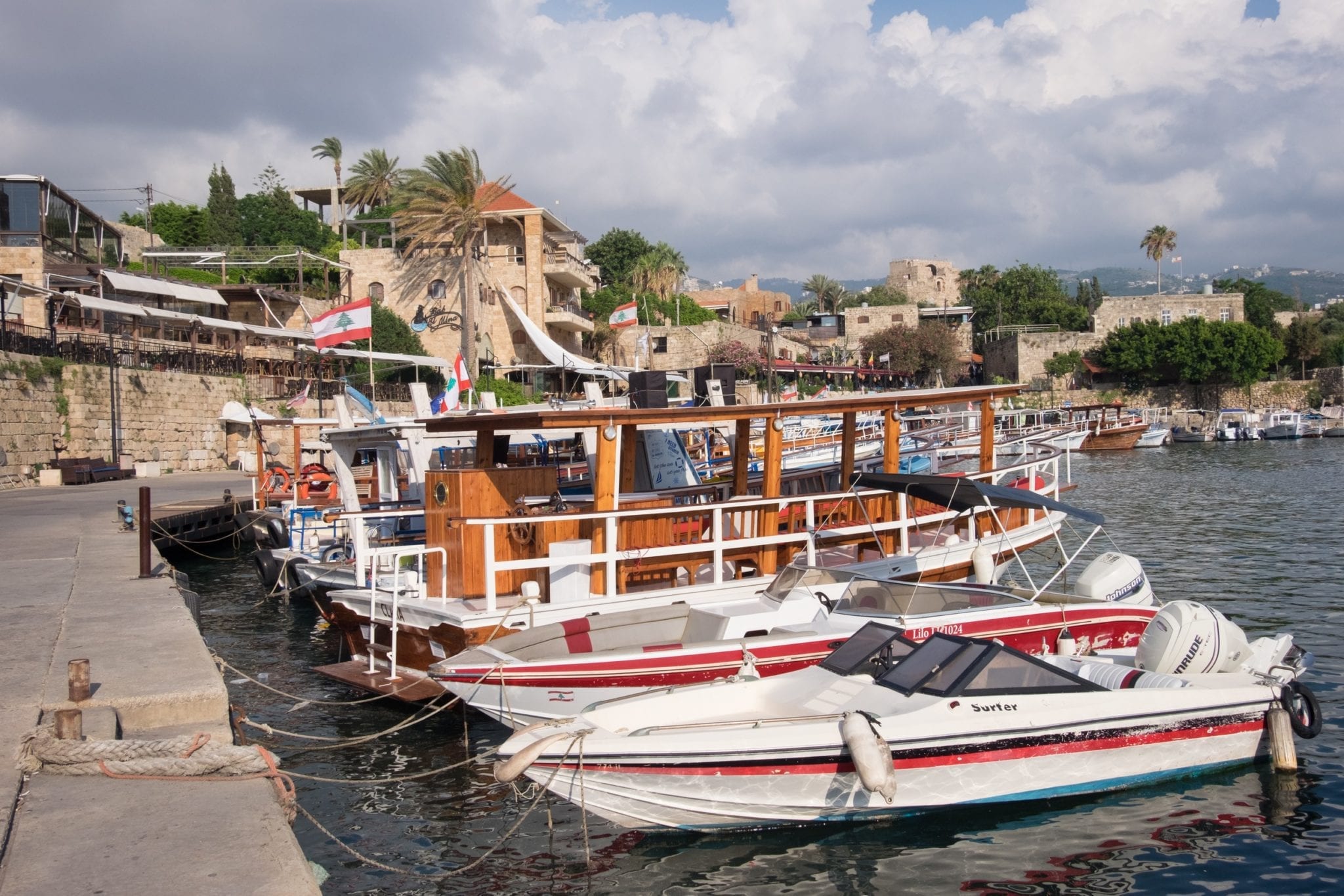
It’s very Middle Eastern in parts, and very European in other parts.
Lebanon wears many identities at once. You’ll find mosques and churches practically next door to each other in Beirut. Some Lebanese people speak French and dress western-style, while others speak only Arabic and dress as their ancestors have for centuries. There is also a huge Armenian community in Beirut.
Byblos (Jbeil), for example, felt very European. With the fancy boats, high-end restaurants, and women in sundresses, their long hair flowing, it felt almost literally like Trogir, Croatia, or Budva, Montenegro. Only the souk would tip you off that you were in the Middle East.
But on the bus to Tyre (Sour), women were totally covered up and none spoke any English. That felt much more like Amman or central Turkey. It’s amazing that you can have both of these kinds of experiences within a short drive of Beirut — or even without leaving Beirut!
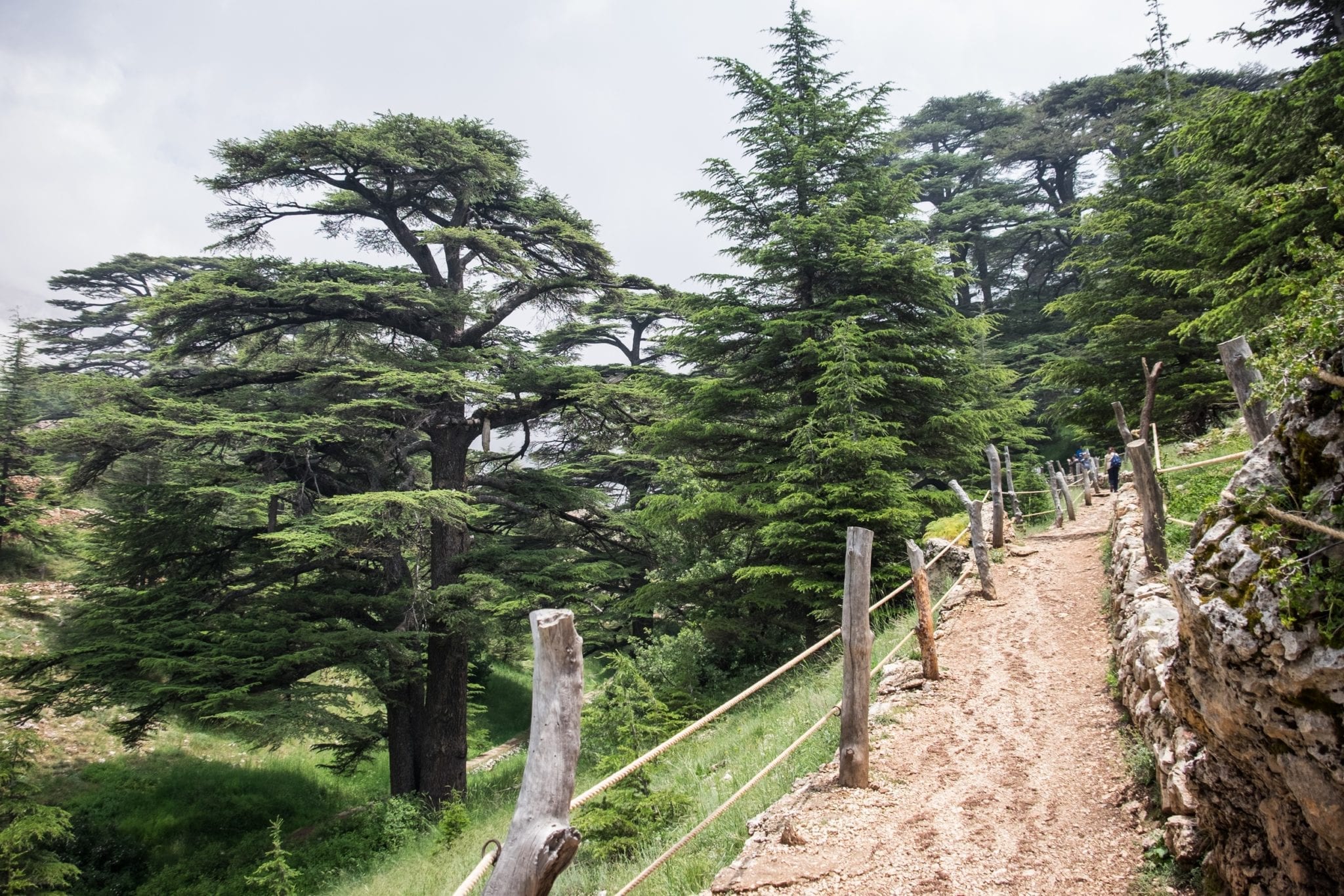
The Cedars of Lebanon still exist — but they’re a fraction of what they once were.
The Cedars of God are some of the most famous trees in the world. In ancient times, endless forests grew over the mountains in Lebanon. The trees were lauded for their strength and used for shipbuilding and later railroad-building.
But over time, deforestation took the trees away from us, and there are very few left today. I went to see the Cedars of God park, which is a UNESCO World Heritage Site, but I almost wish I hadn’t gone — it just left me feeling so sad to see so few cedars left.
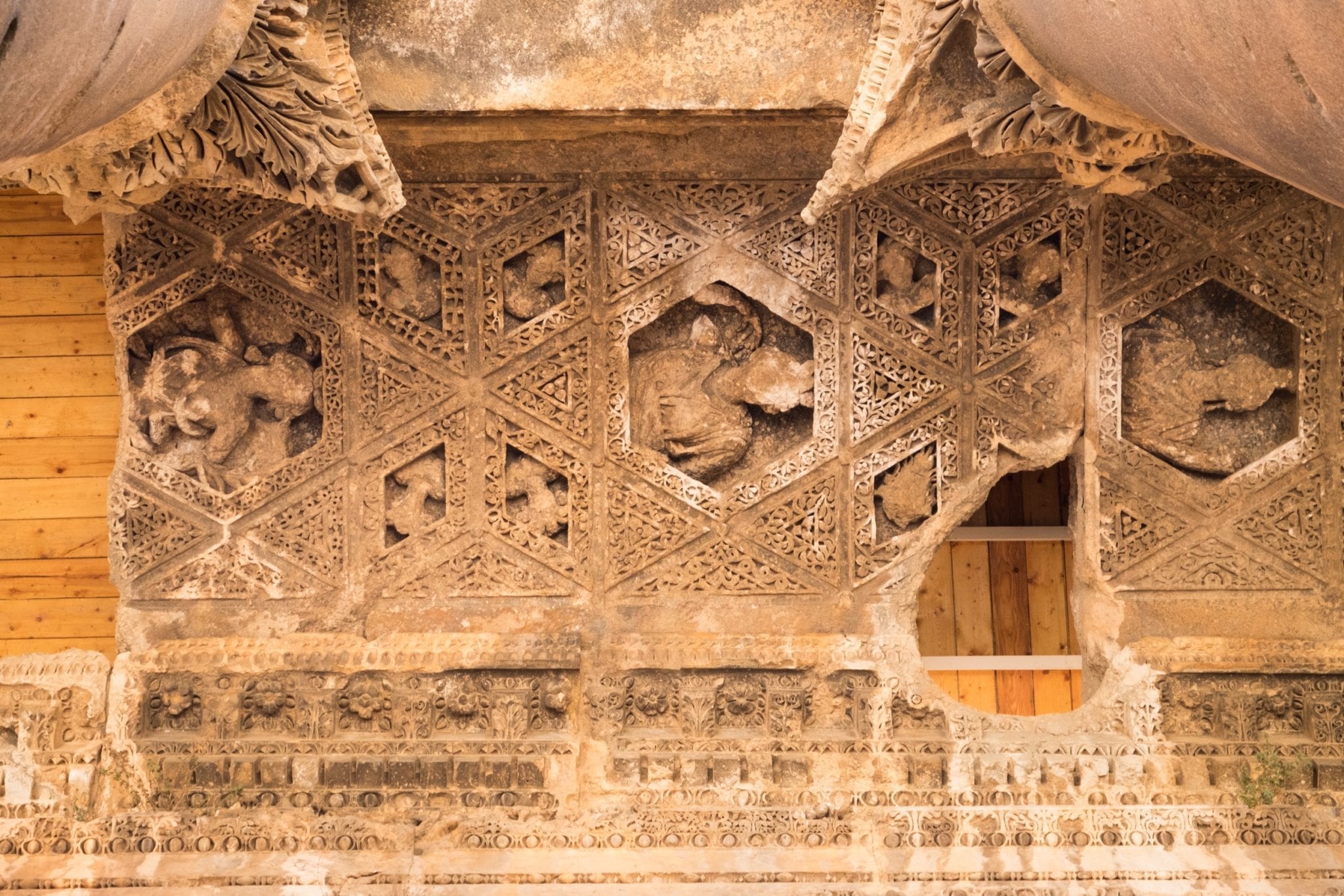
Hezbollah controls some territory.
Hezbollah is classified as a terrorist organization by several governments, including the US and EU, and they control some of the land in the eastern part of the country, including the Beqaa Valley. This includes the ruins of Baalbek and Anjer.
This might sound scary on the surface, and there has been violence in this region in the past, but for the most part, it’s a peaceful place to visit today. I visited on a tour (though you can also visit with a hired driver) and we went through several checkpoints, as is customary in Lebanon, but beyond that you wouldn’t notice any difference.
There was one strange thing, though — the yellow Hezbollah flag was for sale everywhere. It was like a souvenir. I did not partake.
To keep an eye on current developments in the Beqaa Valley and other regions in Lebanon, I recommend following this map.
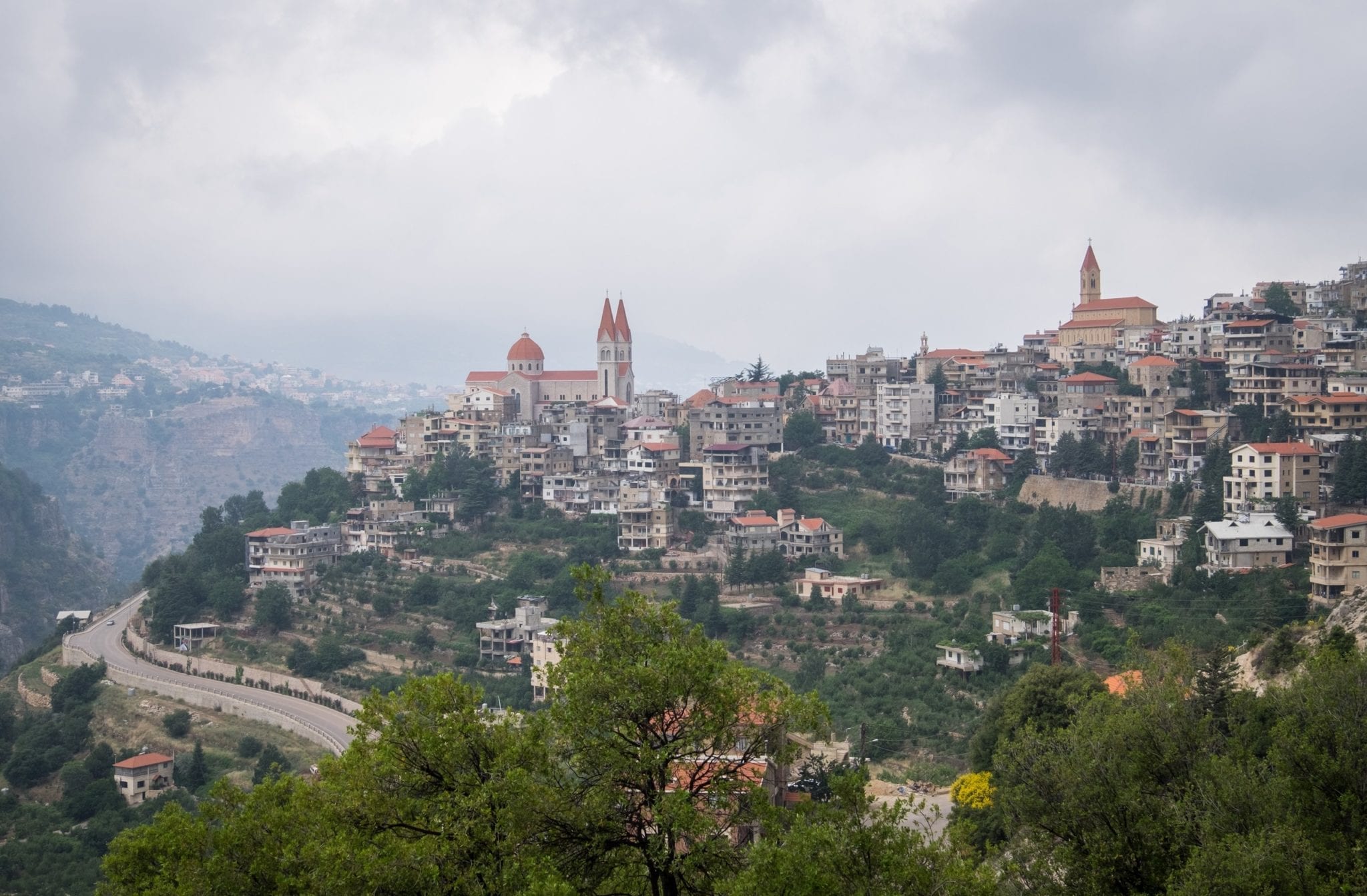
There are so many cool day trips from Beirut.
There are three primary ways to travel around Lebanon:
- Hire a driver.
- Take a group tour.
- Take public transportation.
I decided to try all three of these over the course of my trip.
Hiring a private driver is the best-case scenario because it allows you to time your visits for photography and you’re not on anyone else’s schedule. However, it’s also the most expensive. Most private driver rates start at $185 per day; I was once offered $150 per day; you may be able to bring it down to $100 per day if you have a Lebanese friend who “knows a guy” (and most Lebanese do). That was more than I wanted to spend as a solo traveler.
Because of that, I decided to just use Uber to get myself to Jeita Grotto and Byblos and back to Beirut. There was no wifi at Jeita Grotto (and I had no SIM card), so I bargained a ride with a local to get from the grotto to Byblos. Later, took awhile to find an Uber driver willing to pick me up in Byblos, but I eventually got one!
Here are some of the most popular tours:
- Anjar, Baalbek, and Ksara — I did this tour and recommend it. See two sets of ruins (Anjar and Baalbek) that are UNESCO World Heritage Sites, then go wine tasting in Ksara.
- Cedars, Bcharré, and Kozhaya — I did this tour and recommend it if you want to see the Cedars and/or a lot of mountain scenery; otherwise, I don’t think it’s essential. Know that the UNESCO World Heritage-listed Cedars park is tiny, but a nice walk. Bcharré is home to an unremarkable Gibran museum but a GORGEOUS view; Kozhaya is home to a very cool monastery carved into the rocks.
- Byblos, Jeita Grotto and Harissa — I visited Byblos and Jeita Grotto via Uber/taxi but skipped Harissa. I don’t think it’s necessary to do this as a group tour; it’s close to Beirut. I preferred doing my own thing and having time to explore. Byblos is a gorgeous village home to UNESCO World Heritage-listed ruins; Harissa has outstanding views down to the coast, and Jeita Grotto is home to glorious cave systems underground (and no photography is allowed).
- Tyre, Sidon and Maghdouche — I visited Tyre via public transportation and could have easily added Sidon as well; I don’t think this one is necessary to do as a group tour. Tyre is a great little city home to UNESCO World Heritage-listed ruins; Sidon is famous for its souks and Sea Castle, and Maghdouche has some great views.
- There’s also an Anjar, Baalbek and Kozhaya tour that combines the ruins of the Beqaa Valley with the Cedars in a slightly longer trip. Knowing what I know now, I probably would have done it to give myself an extra day.
As for public transportation, I would have done much more of it if I had known how easy it would be! I simply got an Uber to the minibus station (Cola Intersection), asked for “Sour?” (the Arabic name for Tyre), and got pointed to a bus.
There are some unwritten rules for taking minibuses in Lebanon: ask for the bus you need; the first two rows are unofficially reserved for women; men do not sit next to women unless there’s nowhere else to sit; tell the driver when to stop and pay him on the way out. Women should dress more conservatively (long sleeves and pants) and wear headphones if you don’t want to talk to anyone.
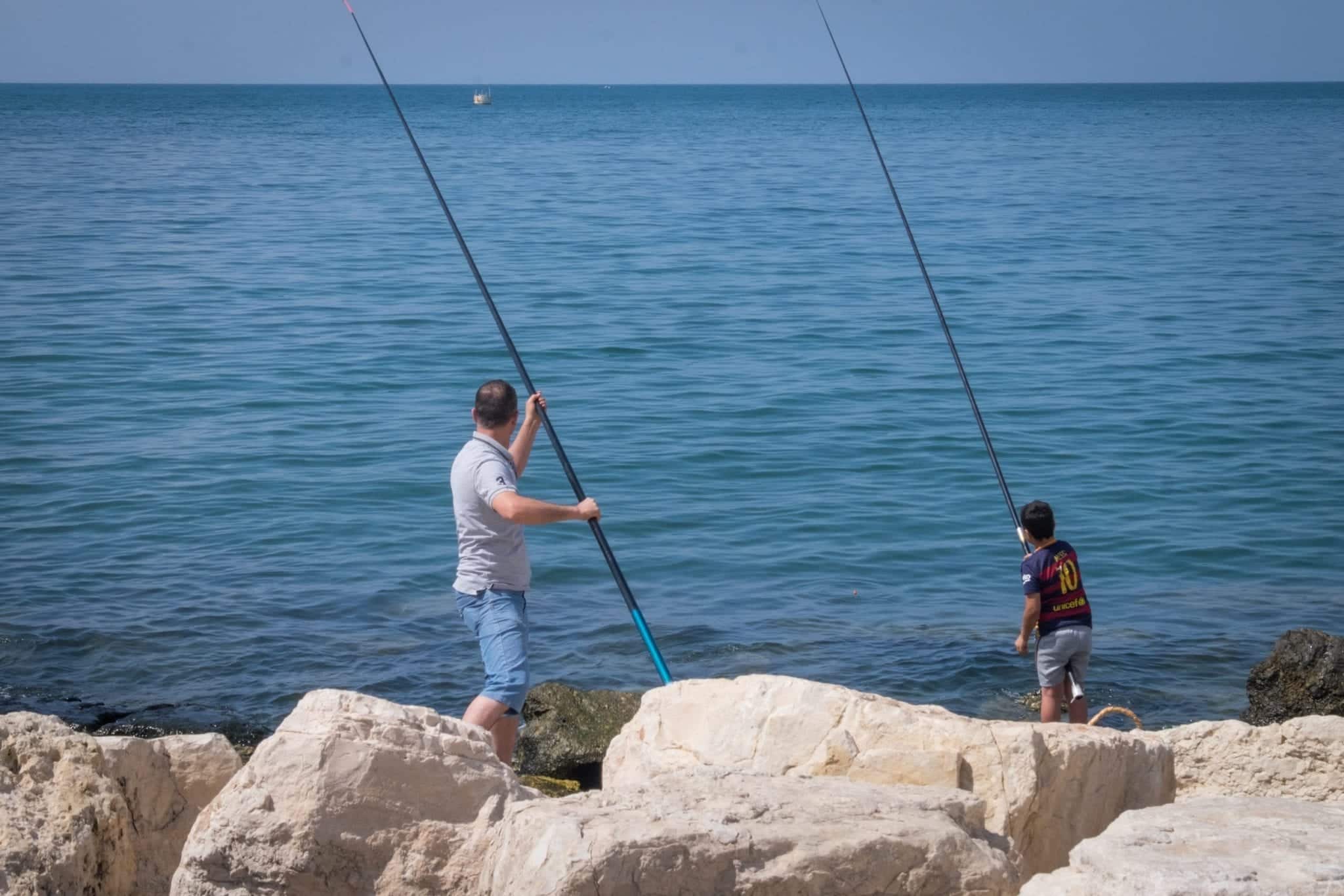
I was treated with so much respect as a solo female traveler.
This was the most pleasant surprise in Lebanon — that I received so much respect. I didn’t know what to expect and was on my guard.
I took the bus from Beirut to Tyre, and I was told by my friend beforehand that the front two rows are unofficially reserved for women, and men don’t sit next to women unless there’s no other room. Well, there wasn’t any room on the way back from Tyre, which made me nervous. But the man who sat next to me left a good six inches between us on the seats.
Can you believe that? Men in New York won’t even close their legs on the subway, aggressively spreading out as much as they can. Lebanon almost made me cry with happiness.
READ MORE: Solo Female Travel in Lebanon: A Guide
I also didn’t get stared at, which blew my mind. As a white woman traveling solo, I’m used to being stared at in the Middle East and many other places in the world.
It helped that I dressed more conservatively for the most part, including covering to my elbows, neck, and ankles in more conservative areas, though you could get away with wearing more revealing clothing in Beirut and Byblos.
I must include that Lebanon wasn’t perfect — just as I was marveling about what a good time I was having in Tyre, a man rode by on a bicycle and made kissing noises at me. Well. That happens pretty much everywhere in the world except Japan, so it shouldn’t be surprising. I get harassed three times on the walk home from the subway. It’s part of life as a woman.
Altogether: harassment was minimal, and I was grateful for that.
You will eat SO WELL.
Middle Eastern food is delicious — and Lebanon is often said to have the best food in the region. As soon as I arrived, the first dish I had to have was some moutabal (roasted eggplant and tahini dip) with some mint lemonade.
Lebanon’s cuisine is based on mezze — small plates. You’ll definitely have pita with hummus, falafel, baba ghanouj, tabbouleh, grape leaves, pickled vegetables — and I won’t lie, often French fries. Next up is often a variety of roasted meats, especially lamb or goat or chicken, or seafood if you’re on the coast, with rice or vegetable dishes, or delicious stews. And the coffee is potent, served in tiny cups.
Almost everything that I had in Lebanon was delicious, whether it was a streetside shwarma in Tyre or a plate of square-cut, oil-drenched grilled calamari in Byblos.
Lebanon is also a fantastic destination for vegetarians and vegans. You can always plenty of delicious plant-based options.
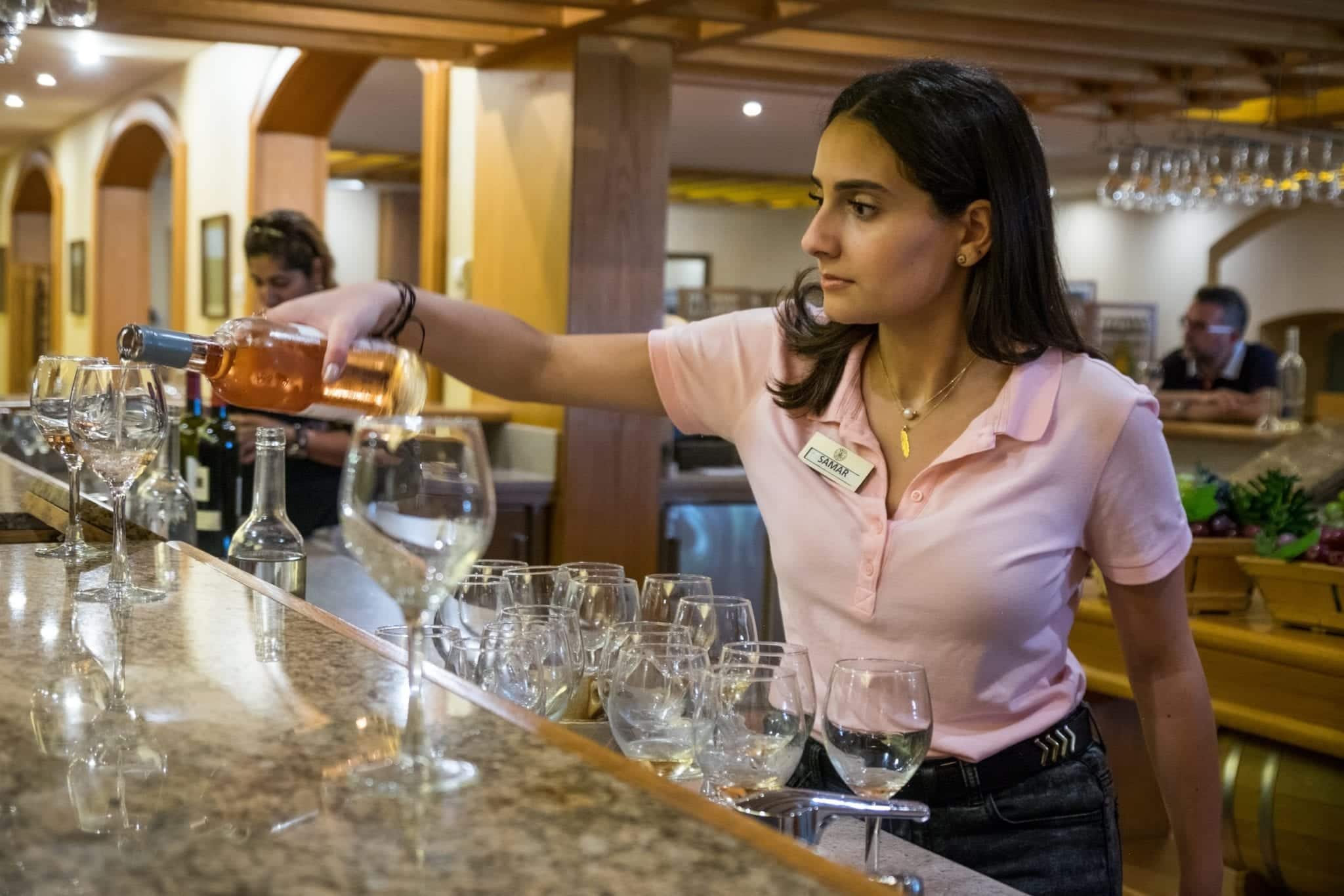
There is plenty of wine to enjoy, too.
Lebanon is one of very few Middle Eastern countries where you’ll find a decent wine scene. If you visit the ruins at Baalbek or Anjer, whether on a tour or with a private driver, it’s common to stop at a winery on the way back. We visited Chateau Ksara as part of our Baalbek/Anjer tour, and I would recommend it to others. Enjoy it!
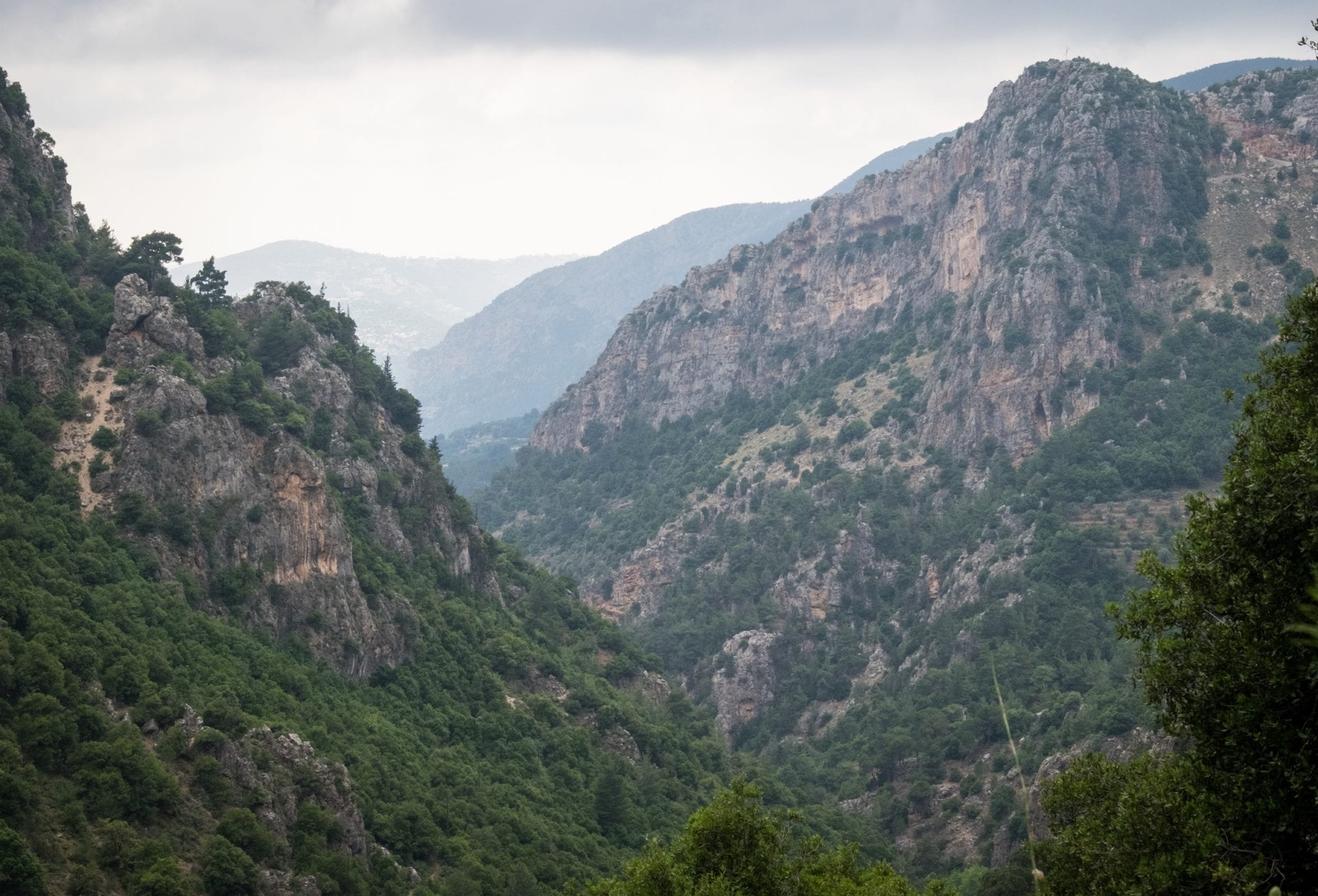
You can go skiing and hit the beach in the same day in Lebanon.
I don’t even ski, but this is something I want to do sometime — go skiing and hit the beach in the same day just because I can. Lots of destinations brag that you can do this — Southern California, Slovenia, Andalusia — and Lebanon is yet another.
Don’t expect the slopes to be on par with Colorado, but there are a number of ski resorts around the country. Then come down to lie on the beach in Byblos or Tyre or at a beach club in Beirut. Just because you can!

Lebanese people are amazing.
People are amazing everywhere, though. I believe that everywhere in the world is made up of 98% wonderful people and 2% assholes. Most people are good people, and if they’re not, they’re probably having a rough day. Lebanon was no exception: I was warmly welcomed everywhere I went.
Arabic hospitality is legendary, though, and I was spoiled again and again by new Lebanese friends I met on my trip. Nobody would let me pay for a thing! It blew my mind.
I bought an orange juice from this mother and son pictured above, and even though they spoke no English and I spoke about five words of Arabic, we tried to communicate with each other as best we could, laughing like crazy. I’m pretty sure they tried to set me up with her older son, showing me Instagram photos of him perched in front of scenic overlooks, a dramatic pout on his face. (This happens a lot when you travel solo!)
To my great surprise, I was constantly asked if I was here visiting family. When I said no, people were often shocked. “But your parents are Lebanese?” they would ask me. (Come to think of it, when I was in Jordan in 2011, my guide Ibrahim told me I couldn’t pass for Jordanian, but I looked like I had one Lebanese parent.) And I feel like I met a ton of people who looked like me in Lebanon. Far more than usual.
Being ethnically ambiguous is hugely beneficial on my travels — I’m able to blend in far more easily than an Irish redhead could. But that has also led to wonderful experiences, where locals have claimed me as one of their own, declaring that their blood must run through my veins — “Look at your eyes! Look at your nose! You’re obviously one of us!”
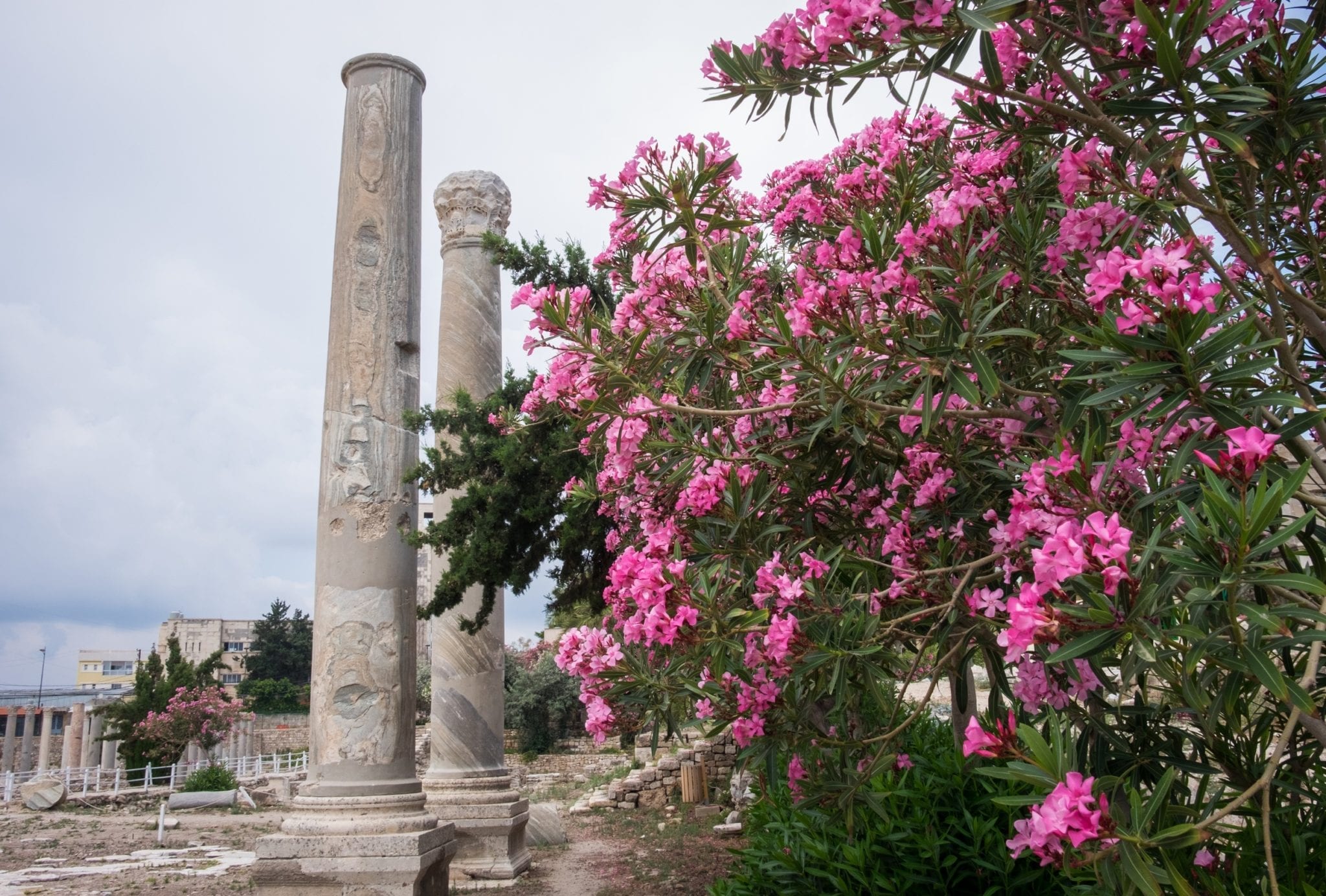
Lebanon is a great destination for experienced travelers.
I’ll be completely honest here: I would not recommend Lebanon to novice travelers unless you have contacts here, family here, or people willing to host you. It’s a beautiful country, a friendly country, and an interesting country, but it’s not an easy or obvious country in which to travel.
Let me give you an example: when on the minibus back from Tyre, the driver got to Beirut, got sick of the traffic, and decided he just wanted to drop me off in the middle of a major intersection. Lovely. I had to figure out how to cross a multi-lane street, how to flag down a totally-not-official taxi, meaning some random guy in a random car (I had no SIM card, therefore no Uber), and get back to my place from there. Not that hard for a seasoned traveler, but I wouldn’t want to send a newbie traveler into a situation like that!
At the same time, Lebanon is awesome, but it’s not a showstopper. In my opinion, the true showstopper of the Middle East is Jordan. Lebanon whispers rather than sings at the top of its lungs, and sometimes that’s exactly what I want in a destination.
If you’re going to the Middle East for the first time, I still recommend Jordan above all. Jordan has the best mix of safety, outstanding cultural sites, natural beauty, a wide variety of things to do, and infrastructure for travelers. I think it outdoes Lebanon on almost every level, though I think Beirut is a much cooler city than Amman.
READ MORE:
Jordan: The Perfect Introduction to the Middle East
But if you’ve already done some travel in the Middle East and you’re looking for an interesting new destination, and especially if you’re looking for a cool major city, Lebanon is a fabulous choice for you.
And at this point in time, it’s still a relatively offbeat destination. In an age where everyone is going to Iceland and Bali and Barcelona, Lebanon makes a nice change from everyone else in your Instagram feed.

Lebanon pairs well with some destinations — and poorly with others.
One reason why I visited Lebanon was because I was planning to visit Cyprus, pictured above, and the two countries are only a 45-minute flight apart. It was natural to pair them together! The two countries have so much in common in some ways, but are completely different in others.
I flew to Beirut from Amsterdam via Istanbul on Pegasus Airlines, which makes Turkey a great destination to combine with Lebanon. Thanks to direct flights, you can easily combine Lebanon with a trip to Jordan, Egypt, or the UAE.
However, Lebanon does not pair well with Israel. You can’t visit Lebanon if you have evidence of Israel or the Palestinian Territories in your passport (and even though Israeli officials often don’t stamp your passport, Lebanese officials look for exit stamps from Jordan or Egypt). Israel will let you in with a Lebanon stamp, but expect to be grilled about your visit.
How to get around this? Fly into Israel and don’t let them stamp you. Or renew your passport before going to Lebanon. Or get a second passport, if your country allows you to do so (the US does). Or just visit Israel after Lebanon.
READ NEXT:
Solo Female Travel in Lebanon: Is it Safe?
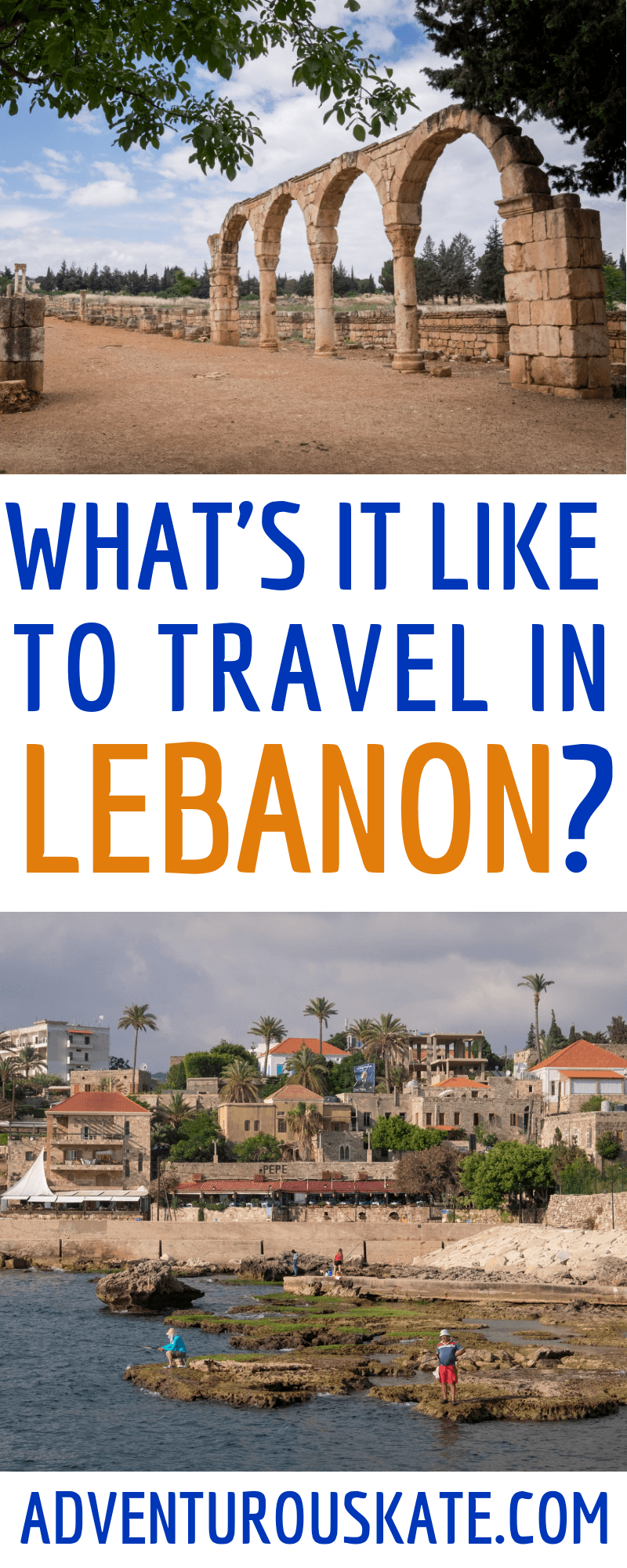
Essential Info: For my trip I bought the Lebanon chapter in Lonely Planet’s Middle East guidebook, which I downloaded on my phone and found very useful.
In Lebanon I stayed at the Radisson Blu Martinez in Beirut, which was a quality, if dated, hotel and was centrally located in the Hamra neighborhood. Rates from $75.
In Beirut and sometimes beyond (as far as Byblos), I used Uber to get around. It was cheap and easy. I recommend getting a SIM card if you can; I didn’t and it made it impossible to summon Ubers when I didn’t have wifi.
During my trip I took three tours: the Free Walking Tour of Beirut (remember to tip your guide), a paid day trip to Cedars, Bcharré, and Kozhaya, and a paid day trip to Anjar, Baalbek, and Ksara. I traveled independently via public minibus to Tyre via Sidon (Saïda) and via Uber and taxi to Jeita Grotto and Byblos.
Bring good shoes to Lebanon. I have bad arches and live in comfy but cute shoes from The Walking Company. I strongly recommend black ABEO flats, which have fantastic arch support. I wore them every day in Lebanon. You might also like a pair of black boots if you’re visiting in the chillier months.
Bring a crossbody purse that zips to keep your belongings close and safe. Amazon has lots of affordable options. If you want to spend more, Rebecca Minkoff makes some of the best. You can also check out my guide to the best travel purses.
Travel insurance is essential for trips to Lebanon — whether you trip on the steps at Baalbek’s temples and break your ankle, or get robbed on a bus in Beirut, or if you have to cancel your trip due to an emergency, travel insurance will sort you out. I use and recommend World Nomads.
Have you traveled to Lebanon? Does it seem like your kind of destination?
The post What’s it Really Like to Travel Lebanon? appeared first on Adventurous Kate.
from Adventurous Kate https://www.adventurouskate.com/whats-it-really-like-to-travel-lebanon/
